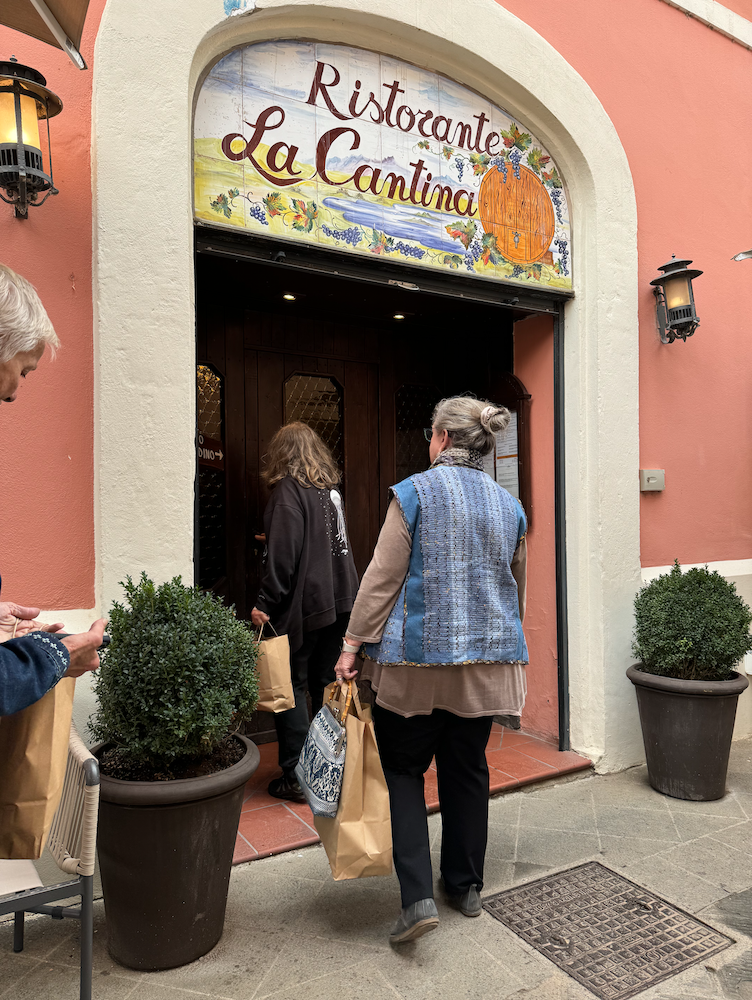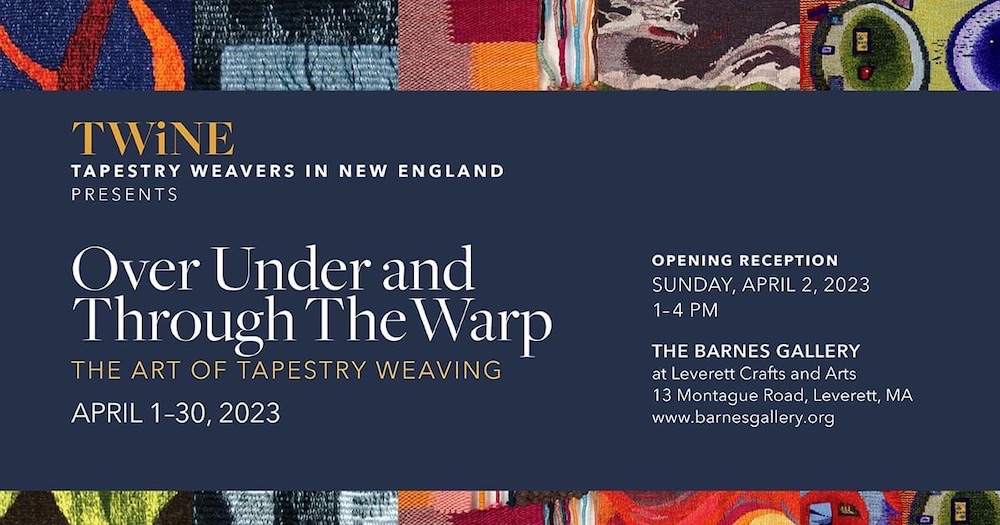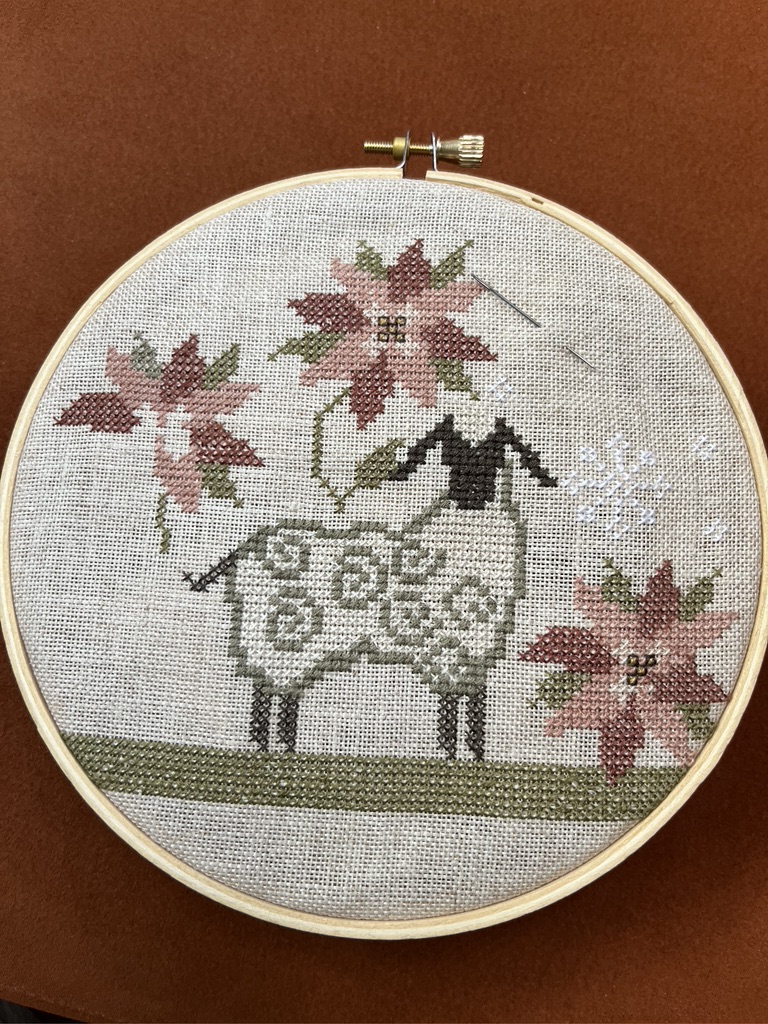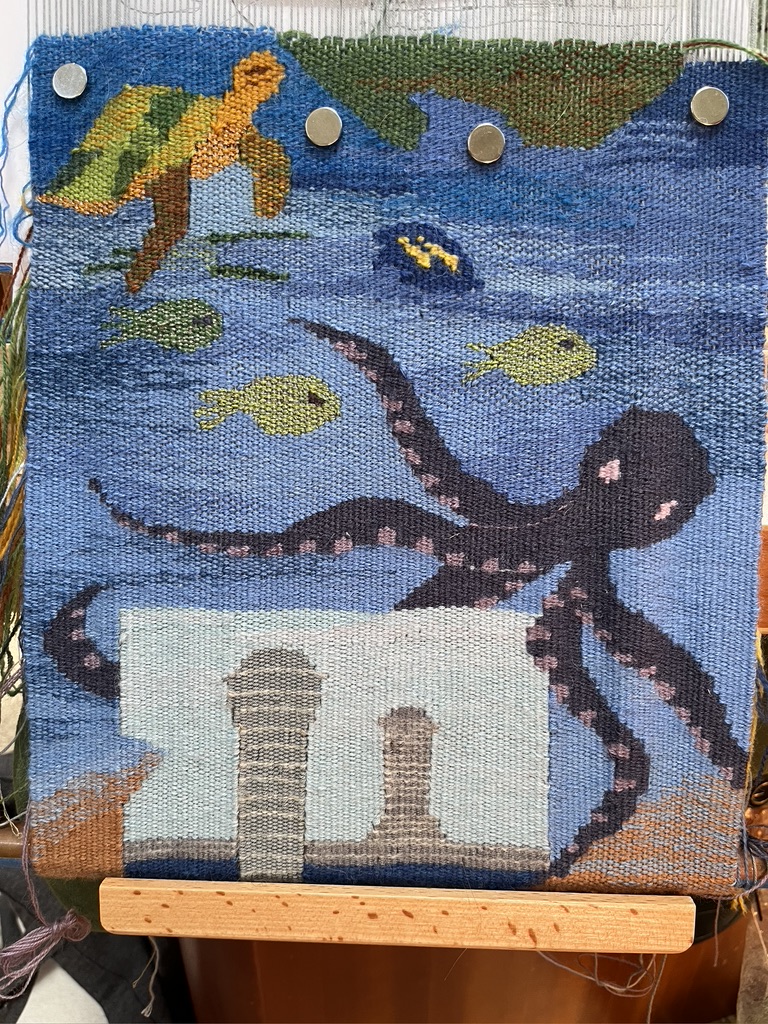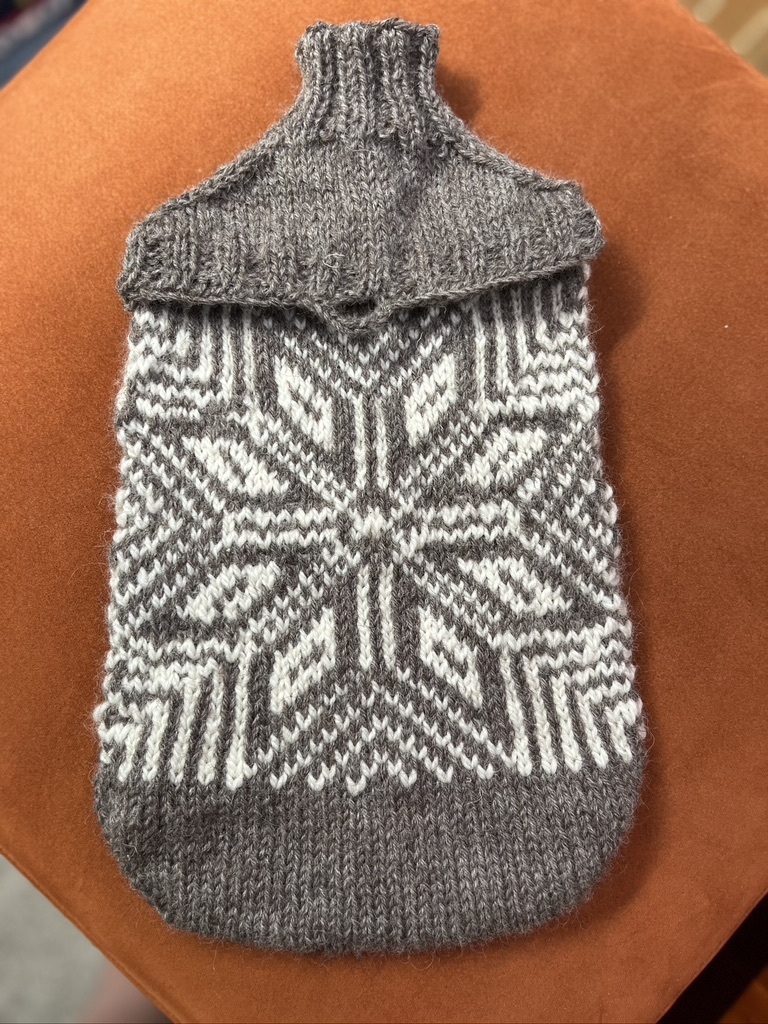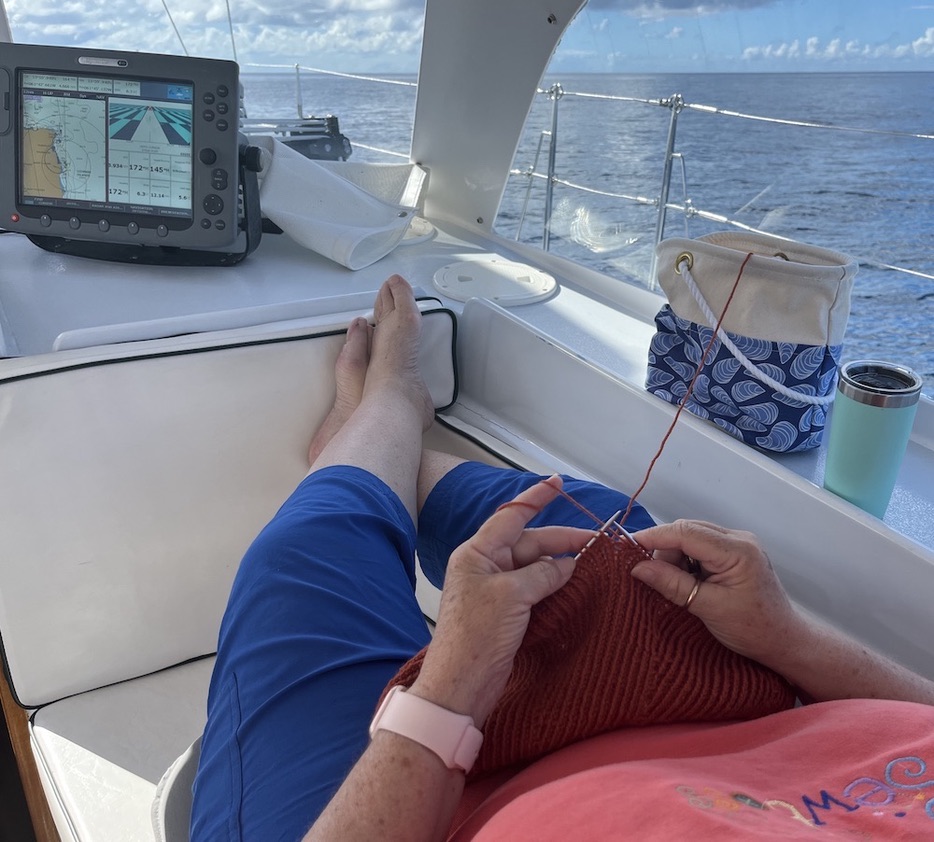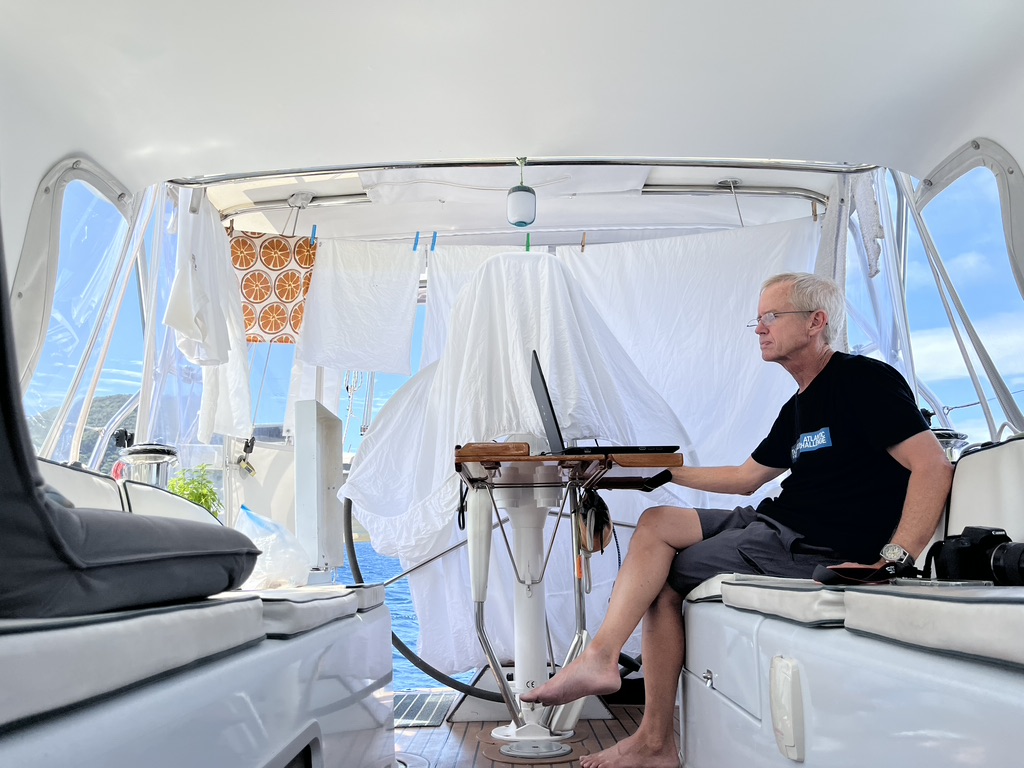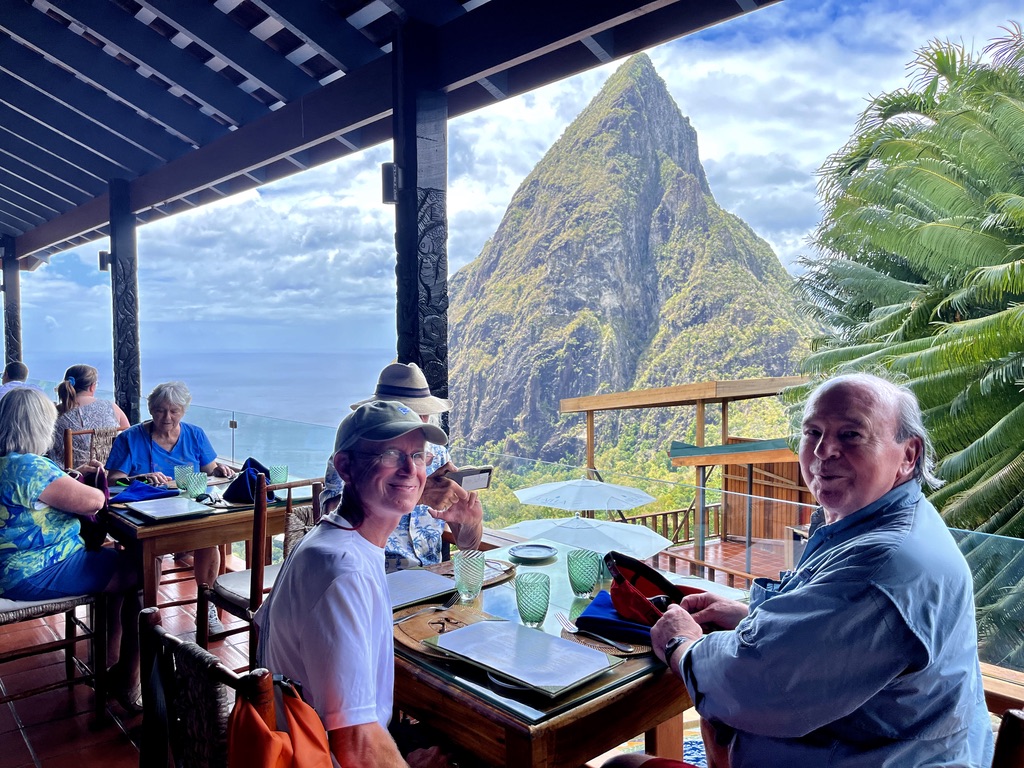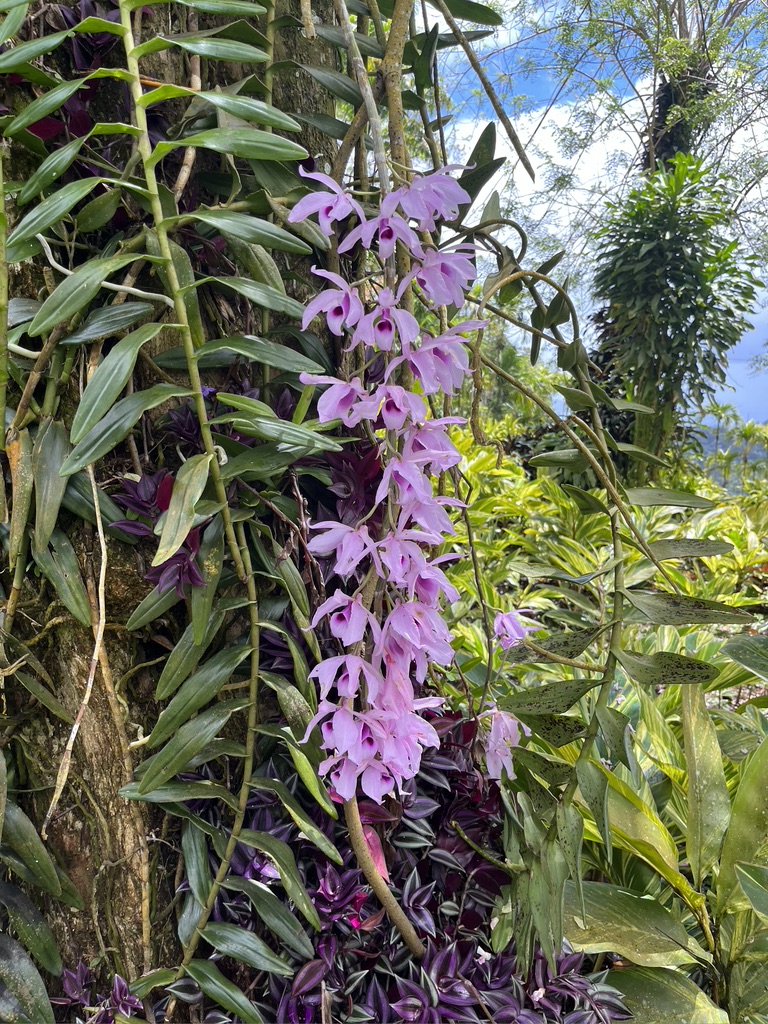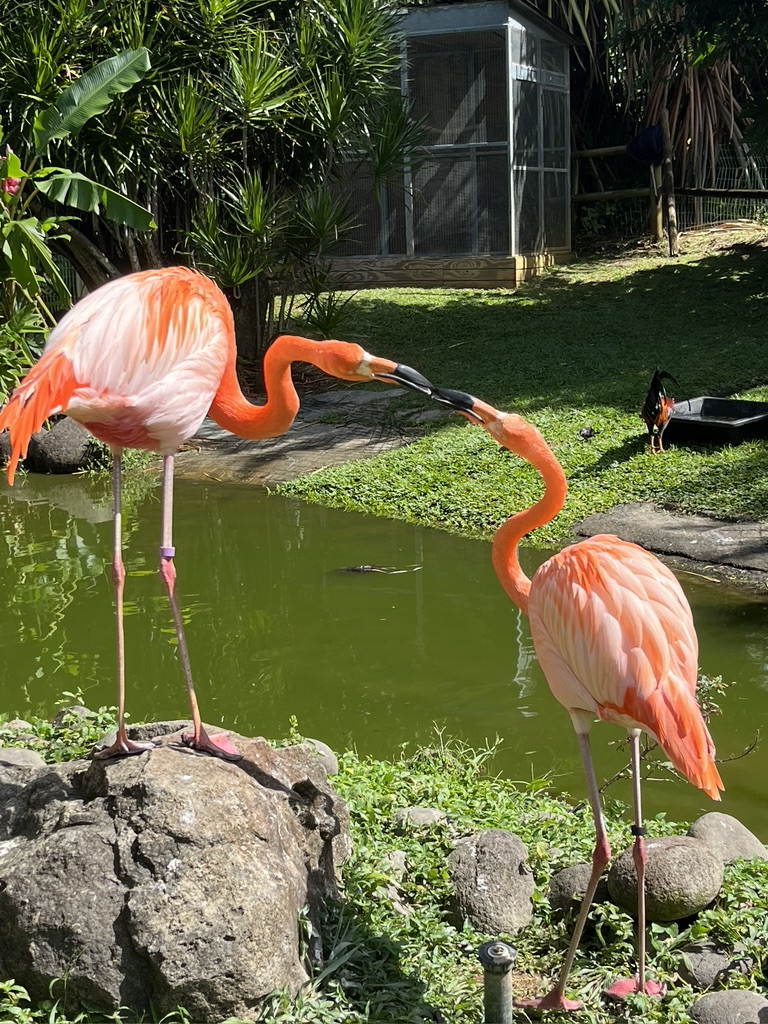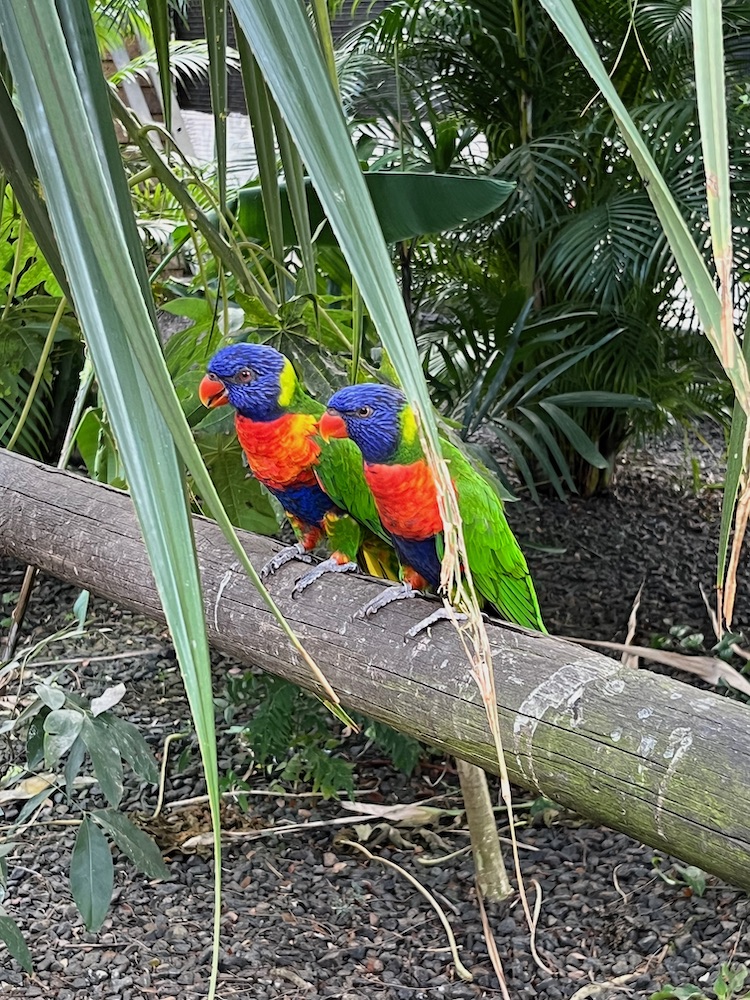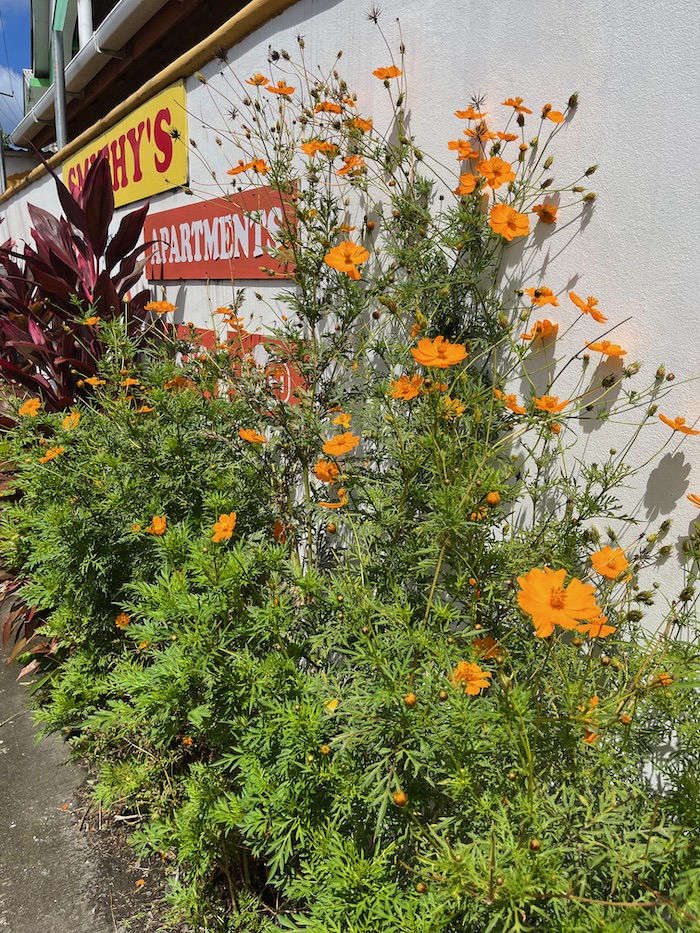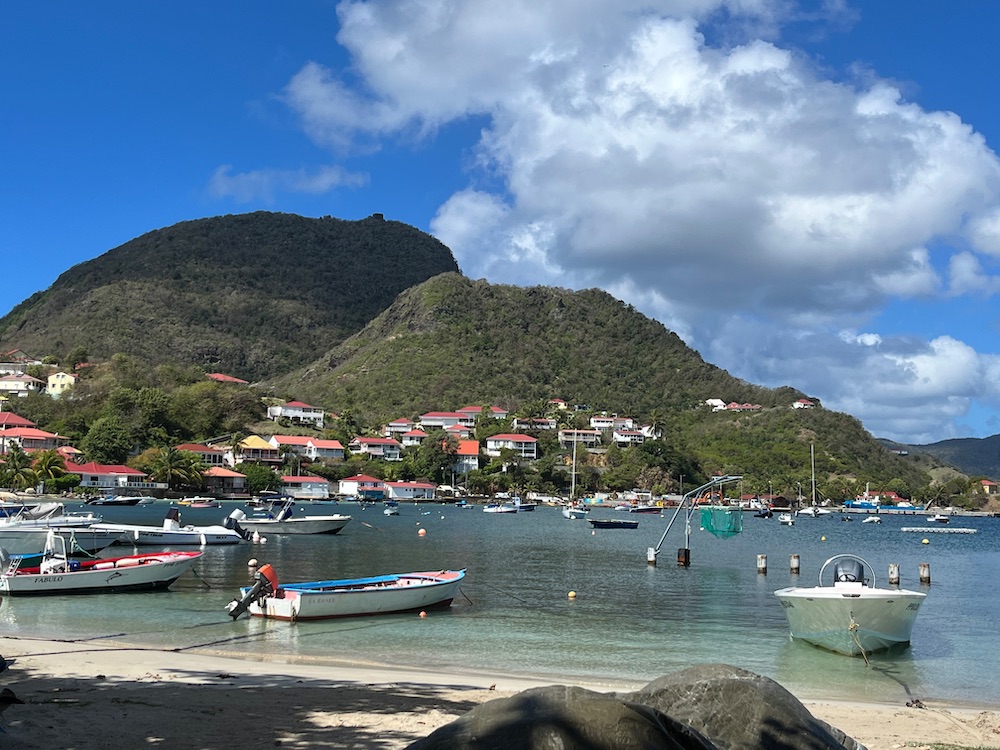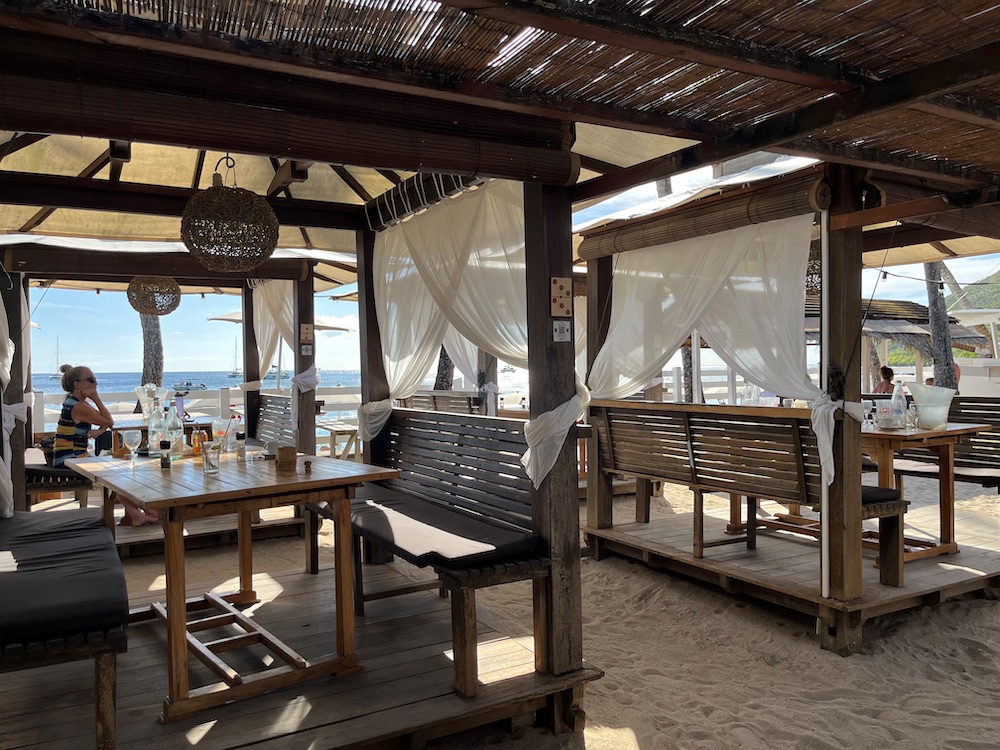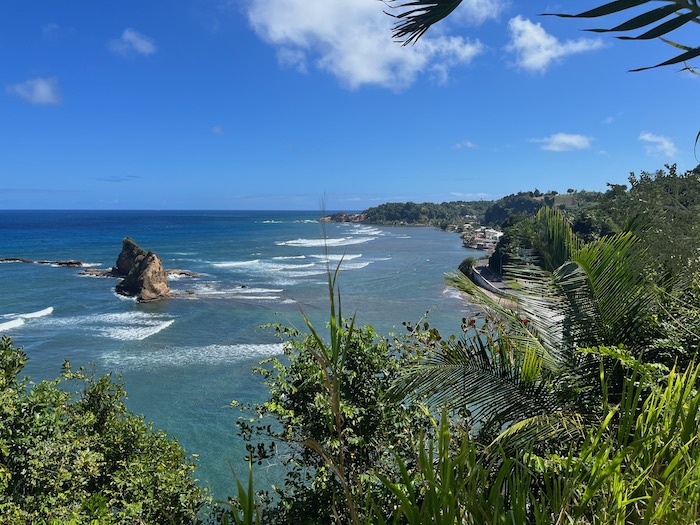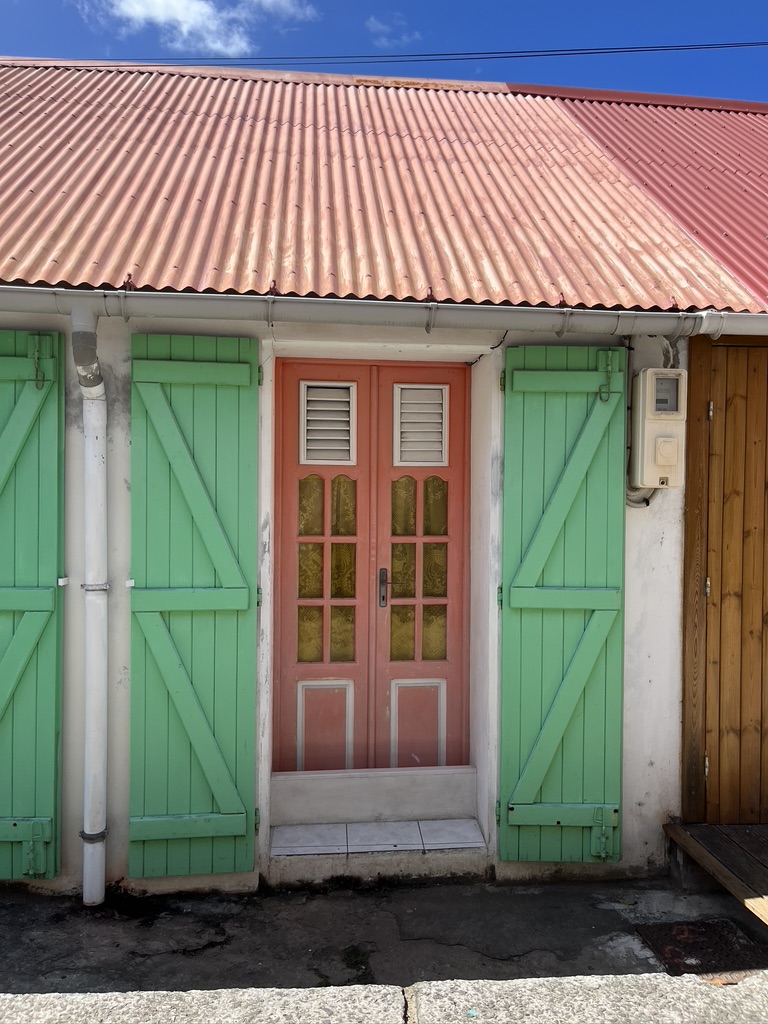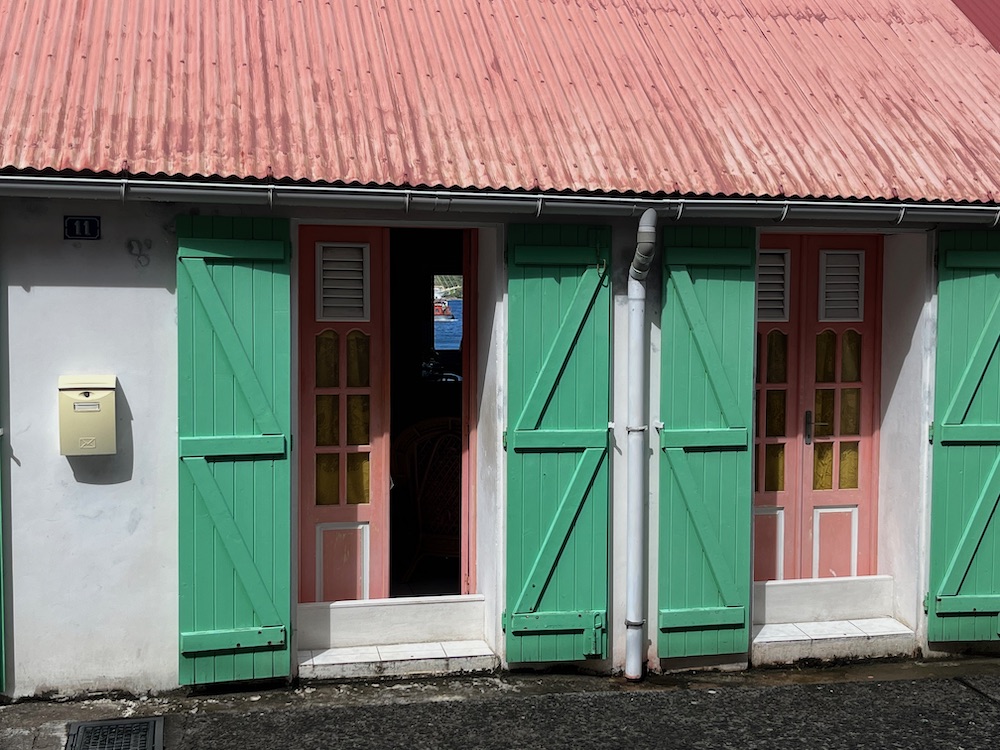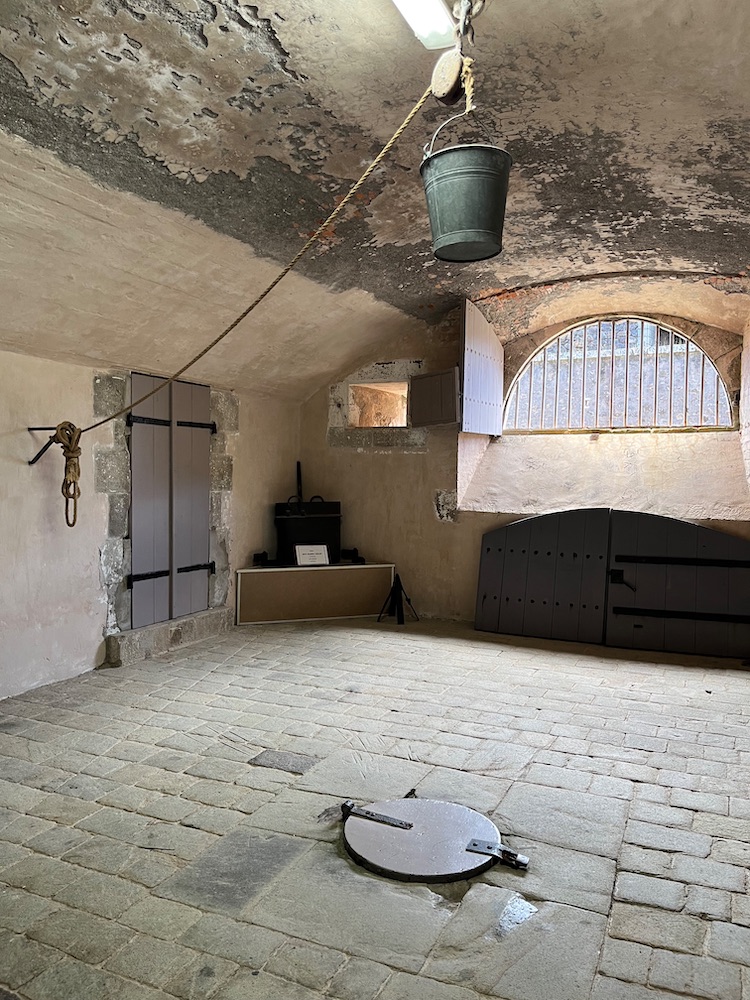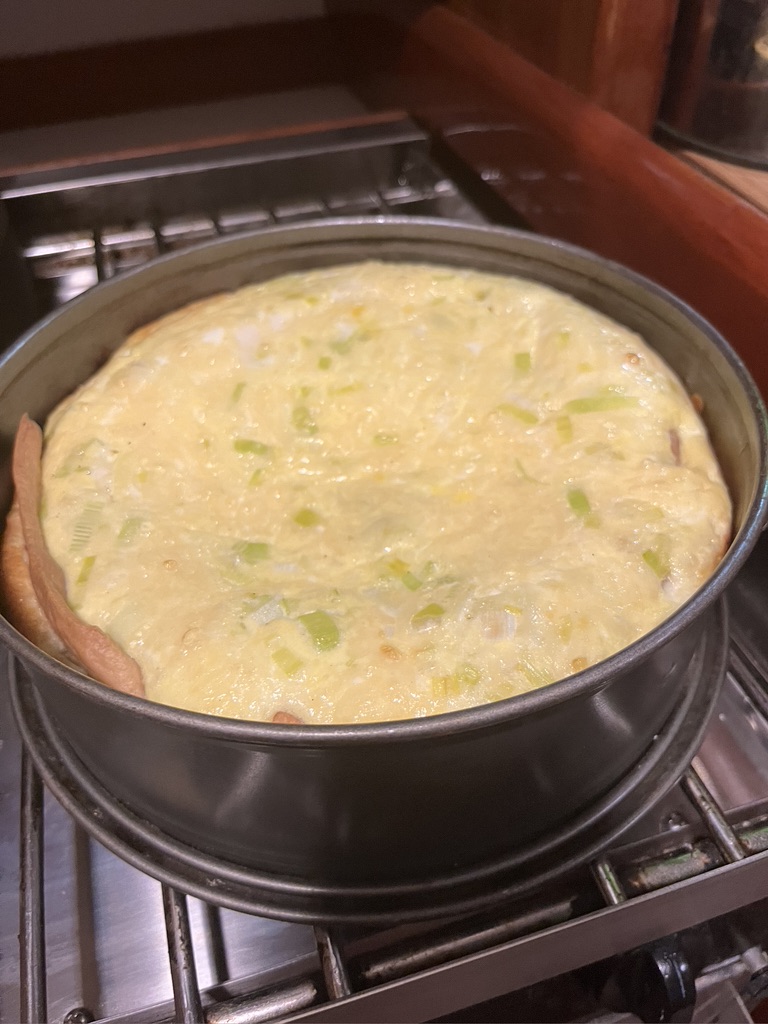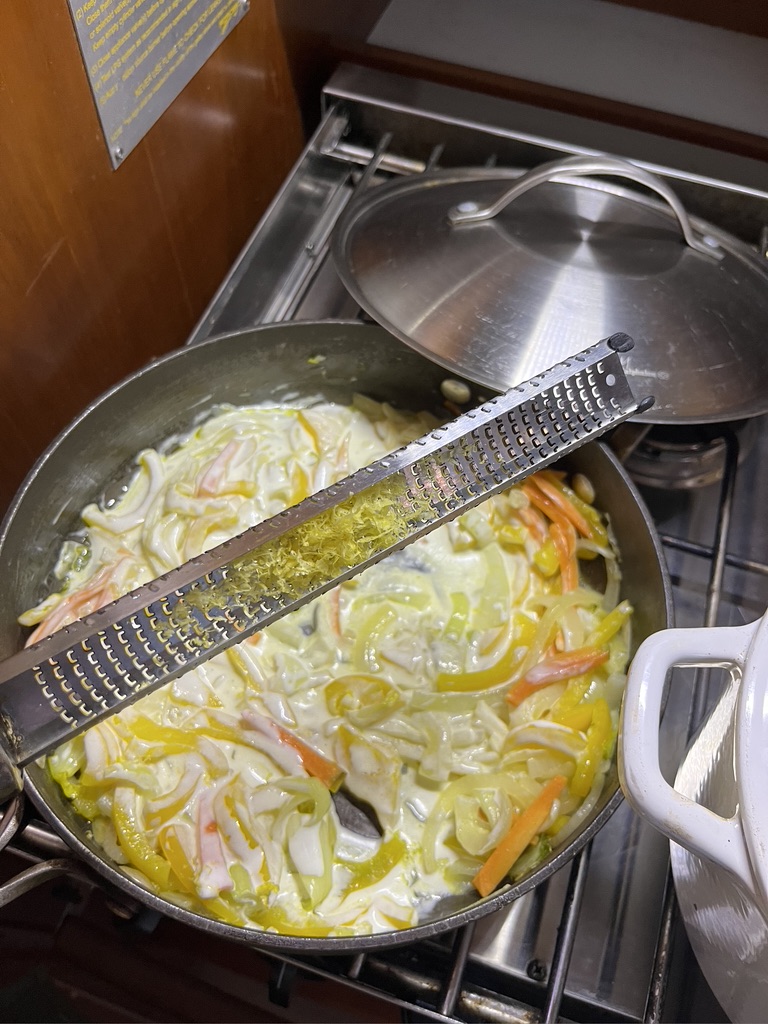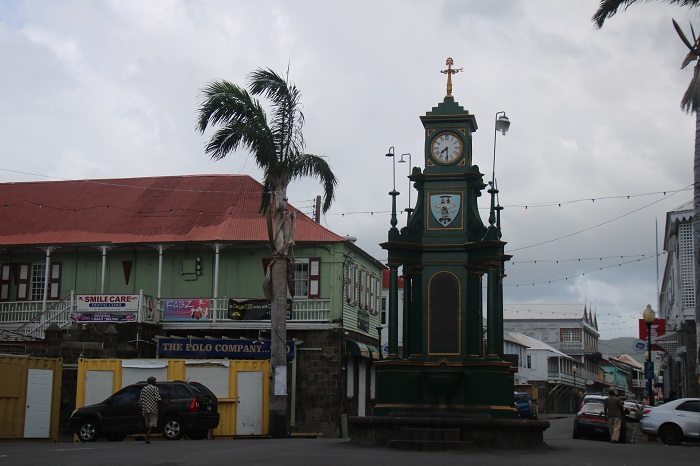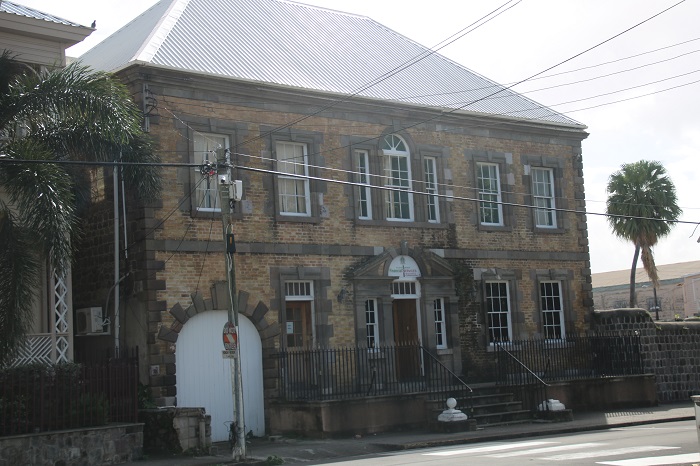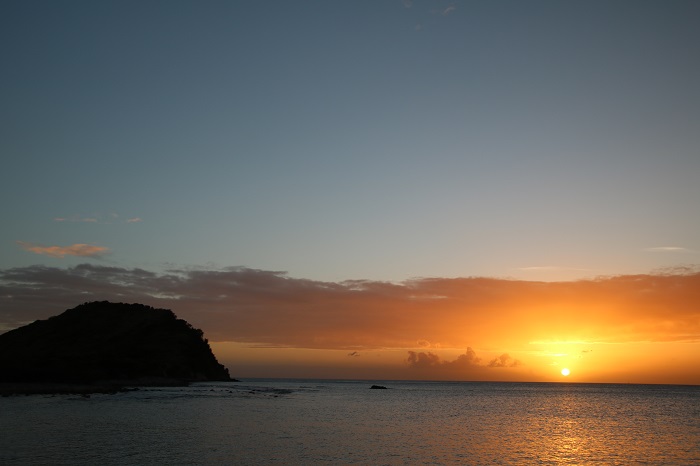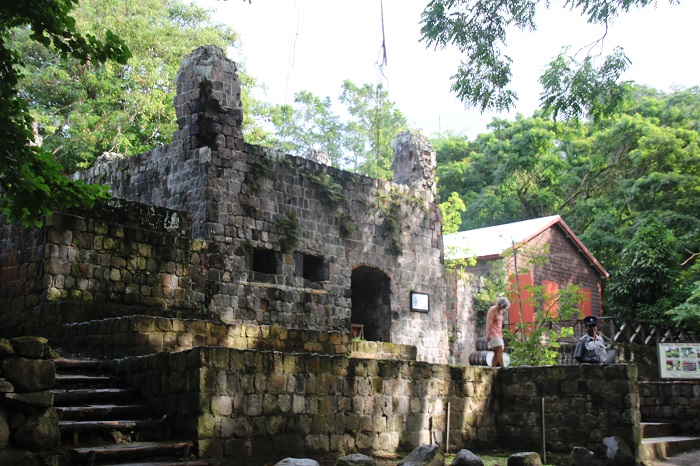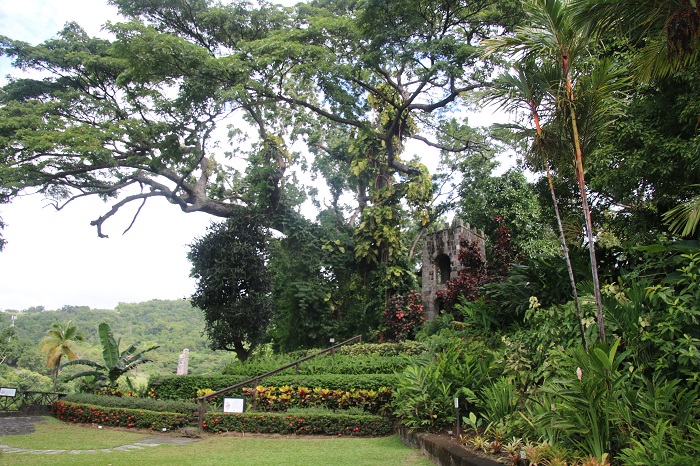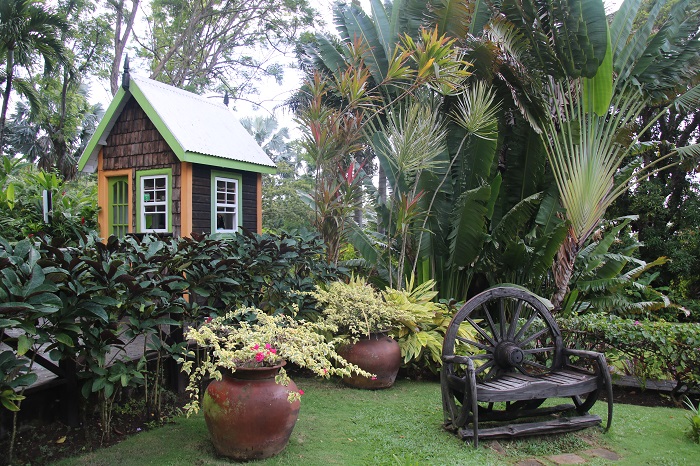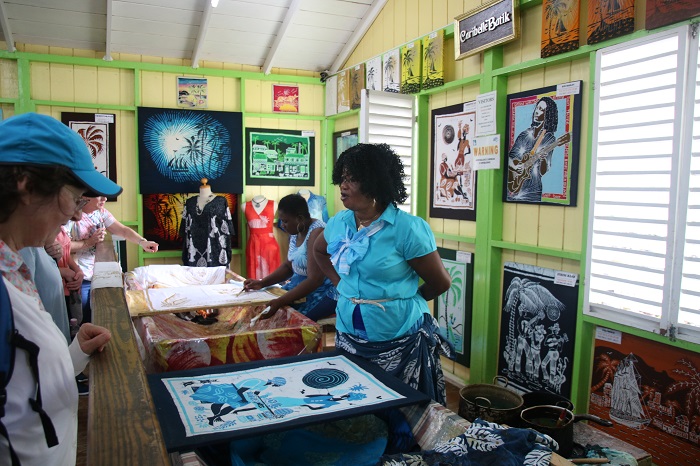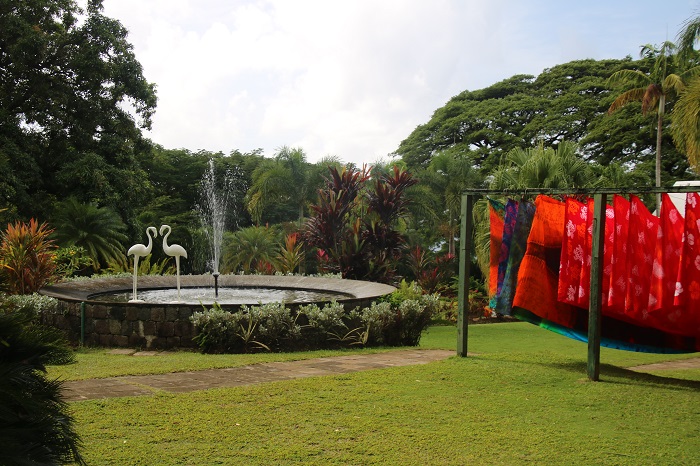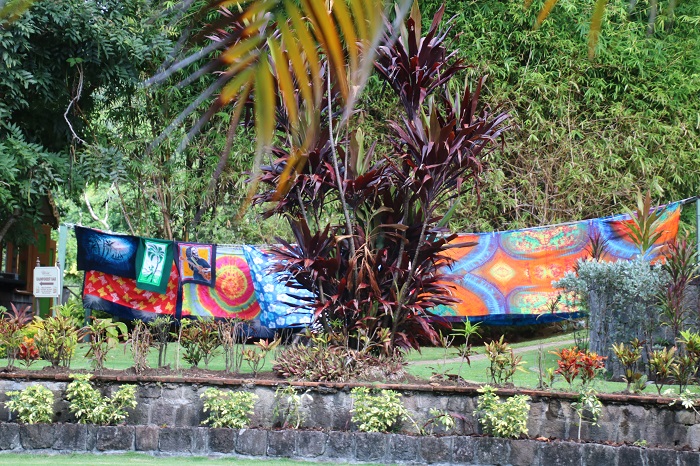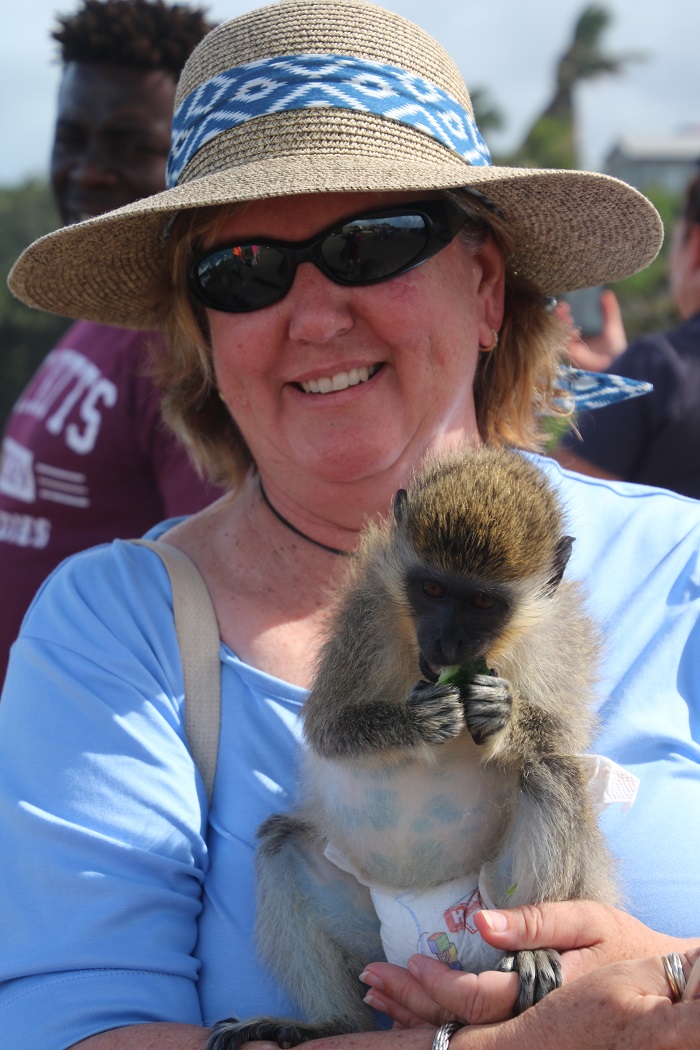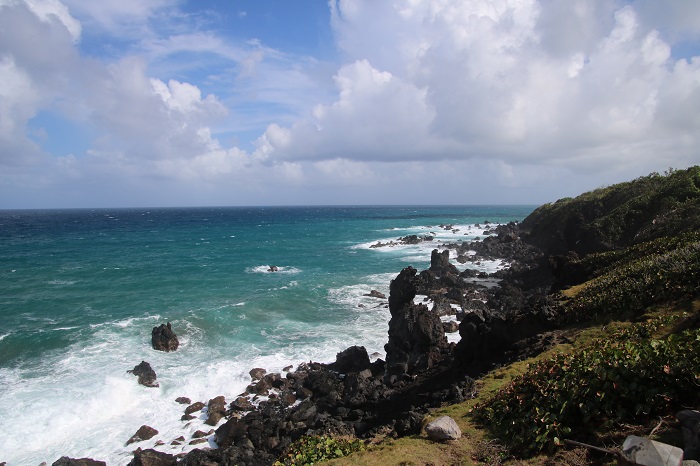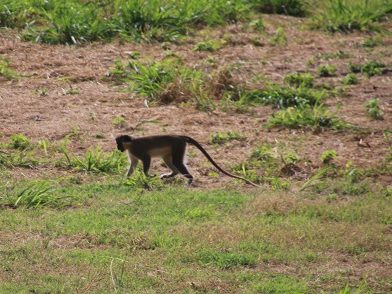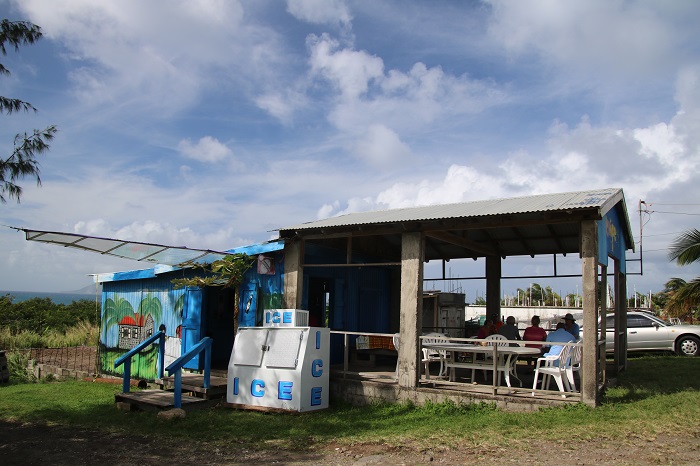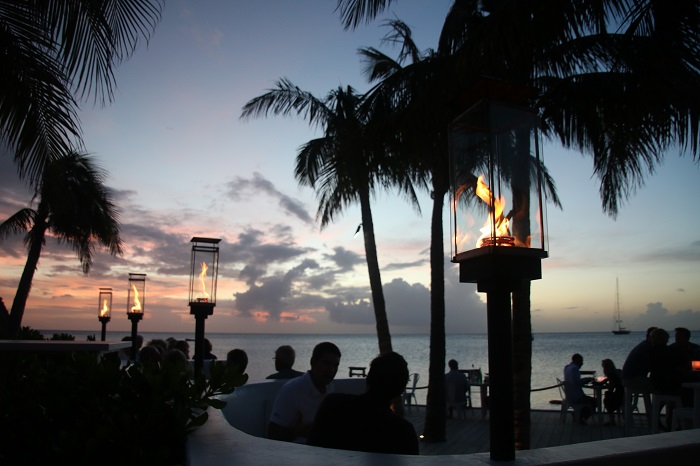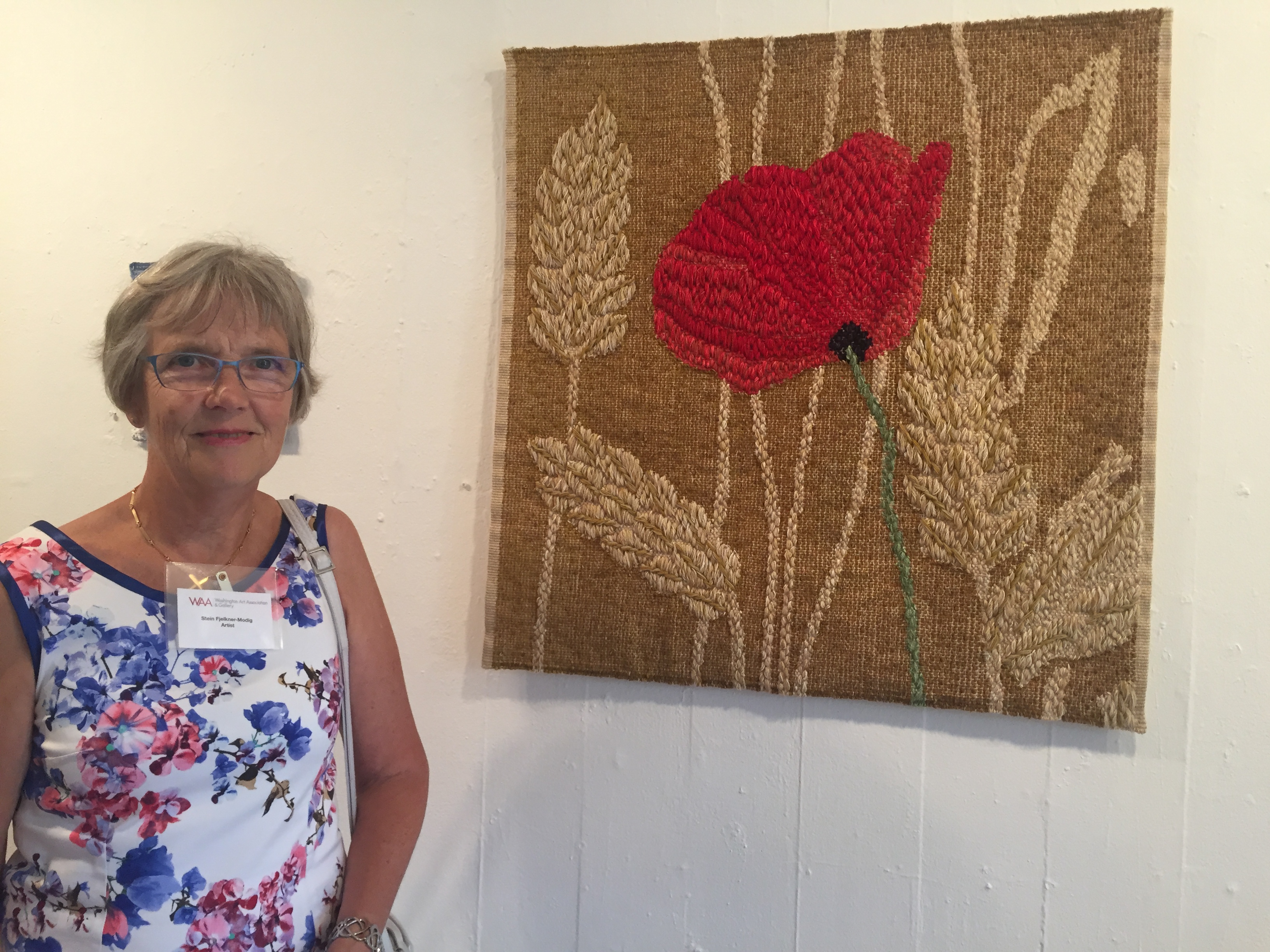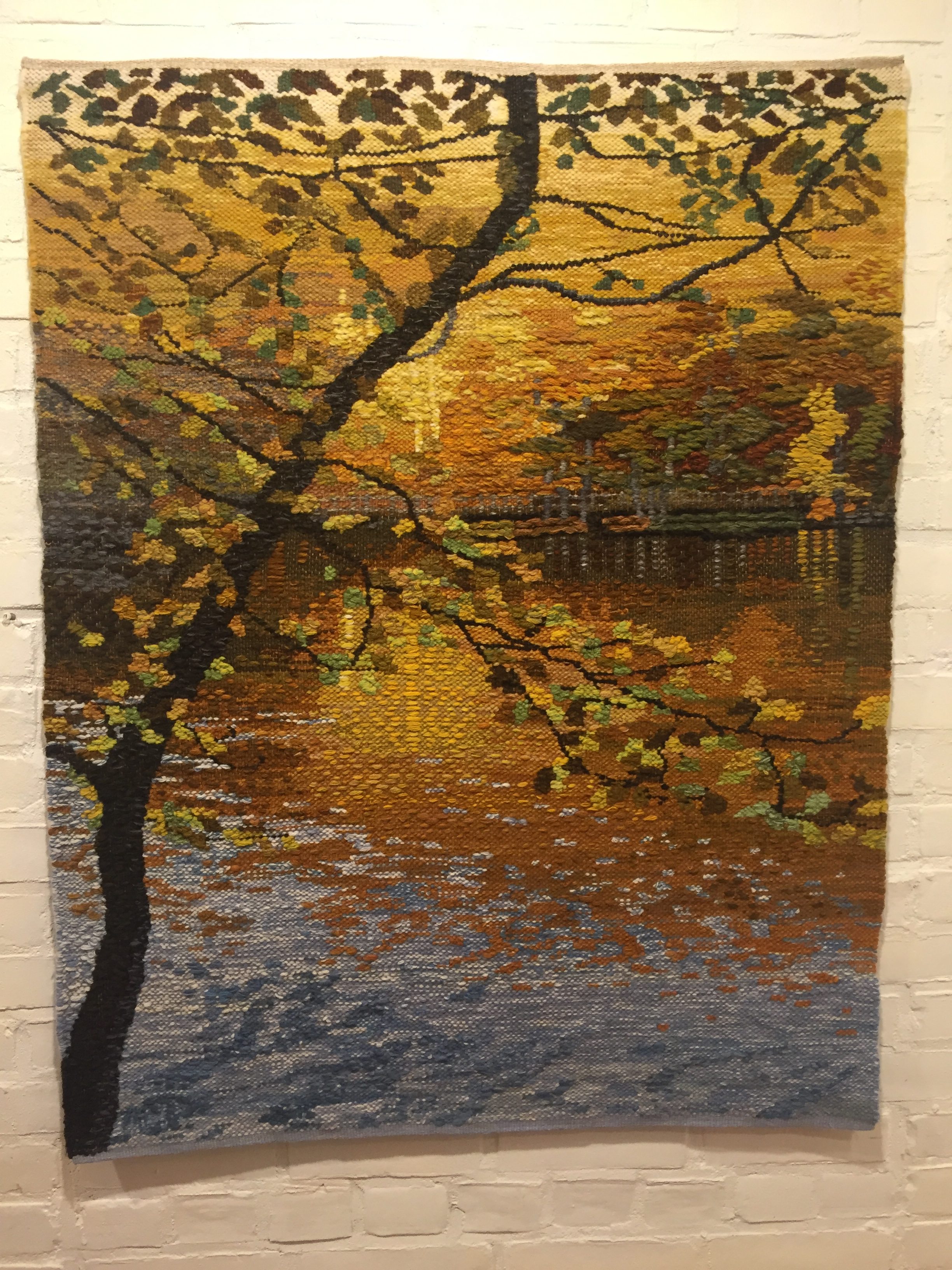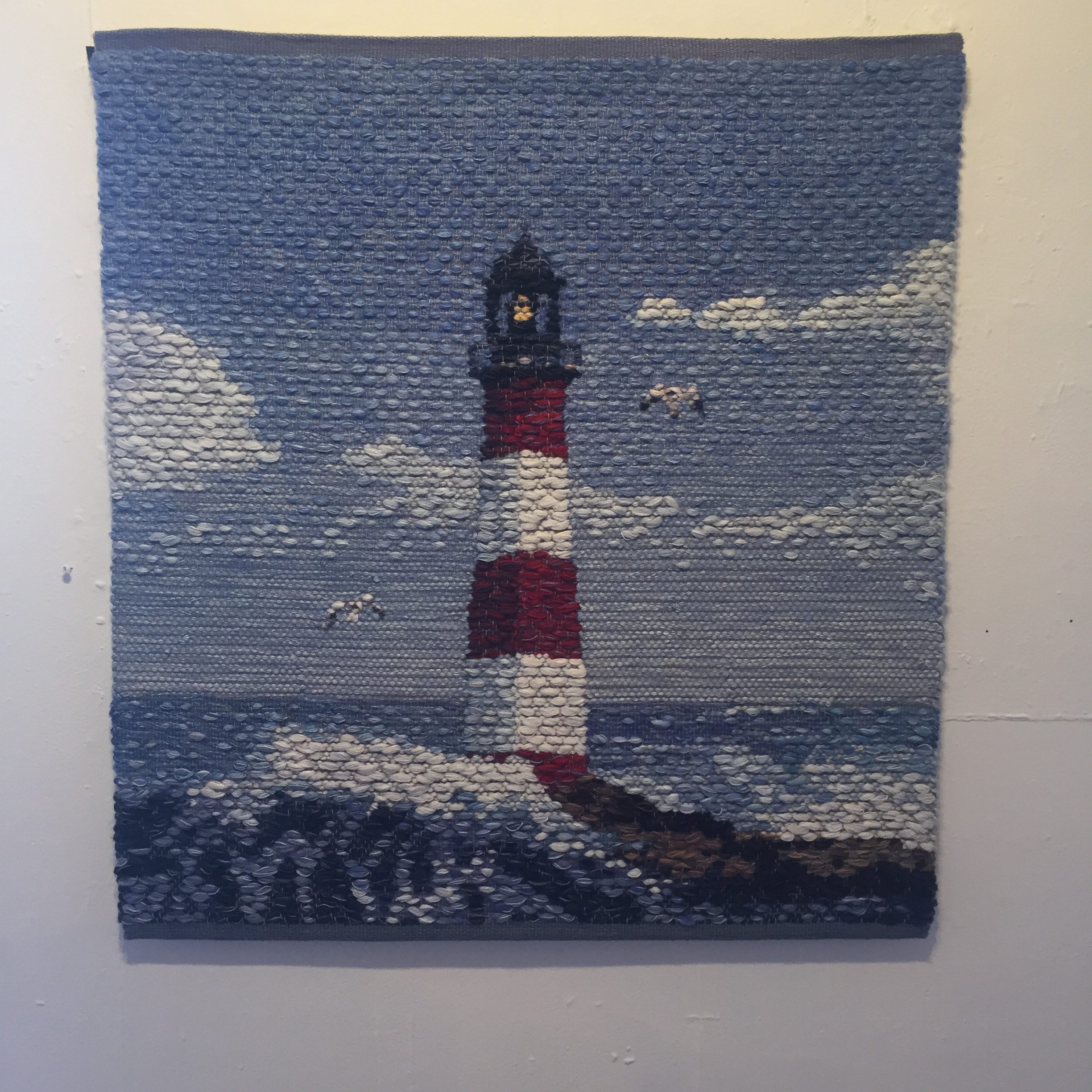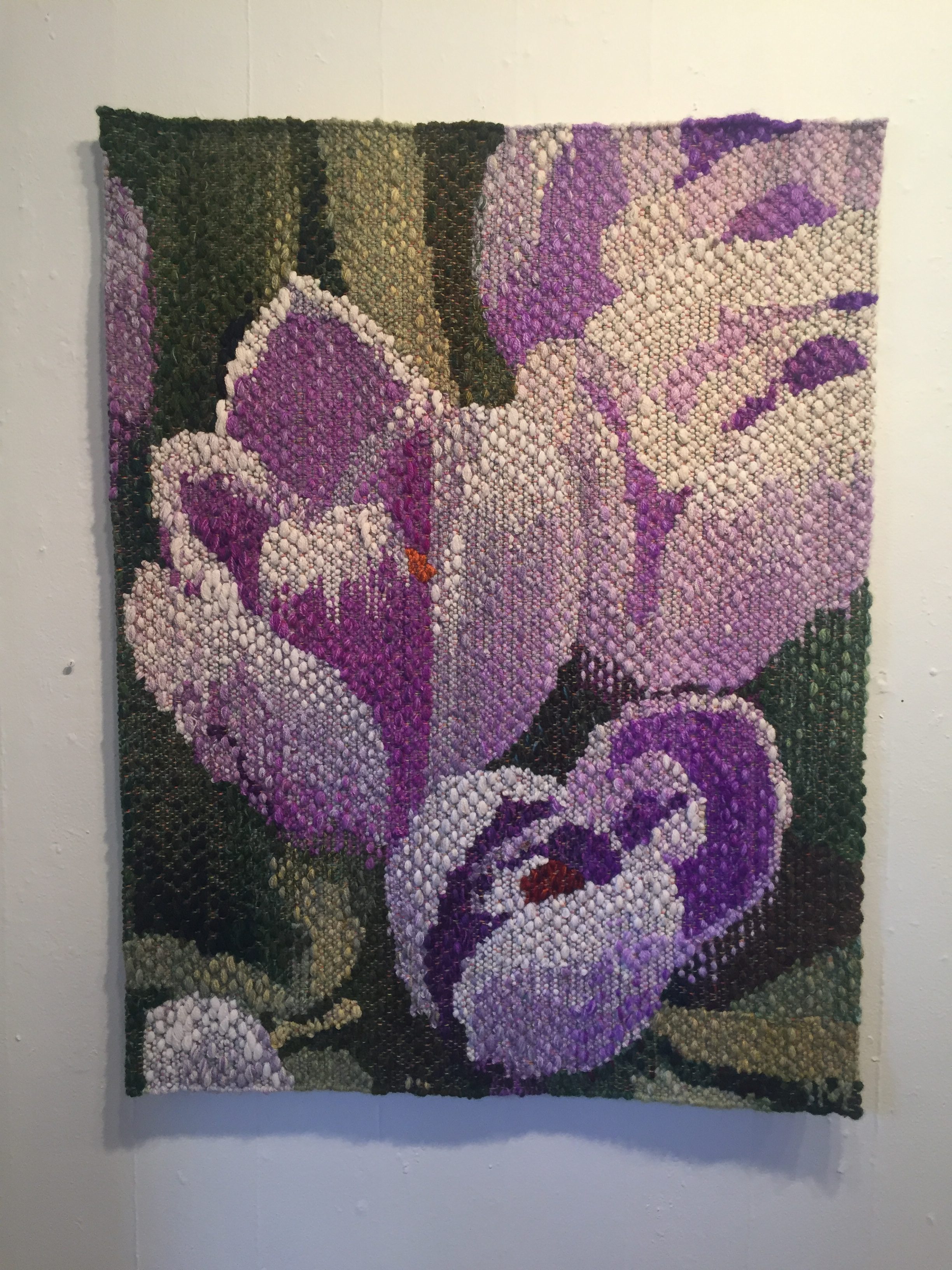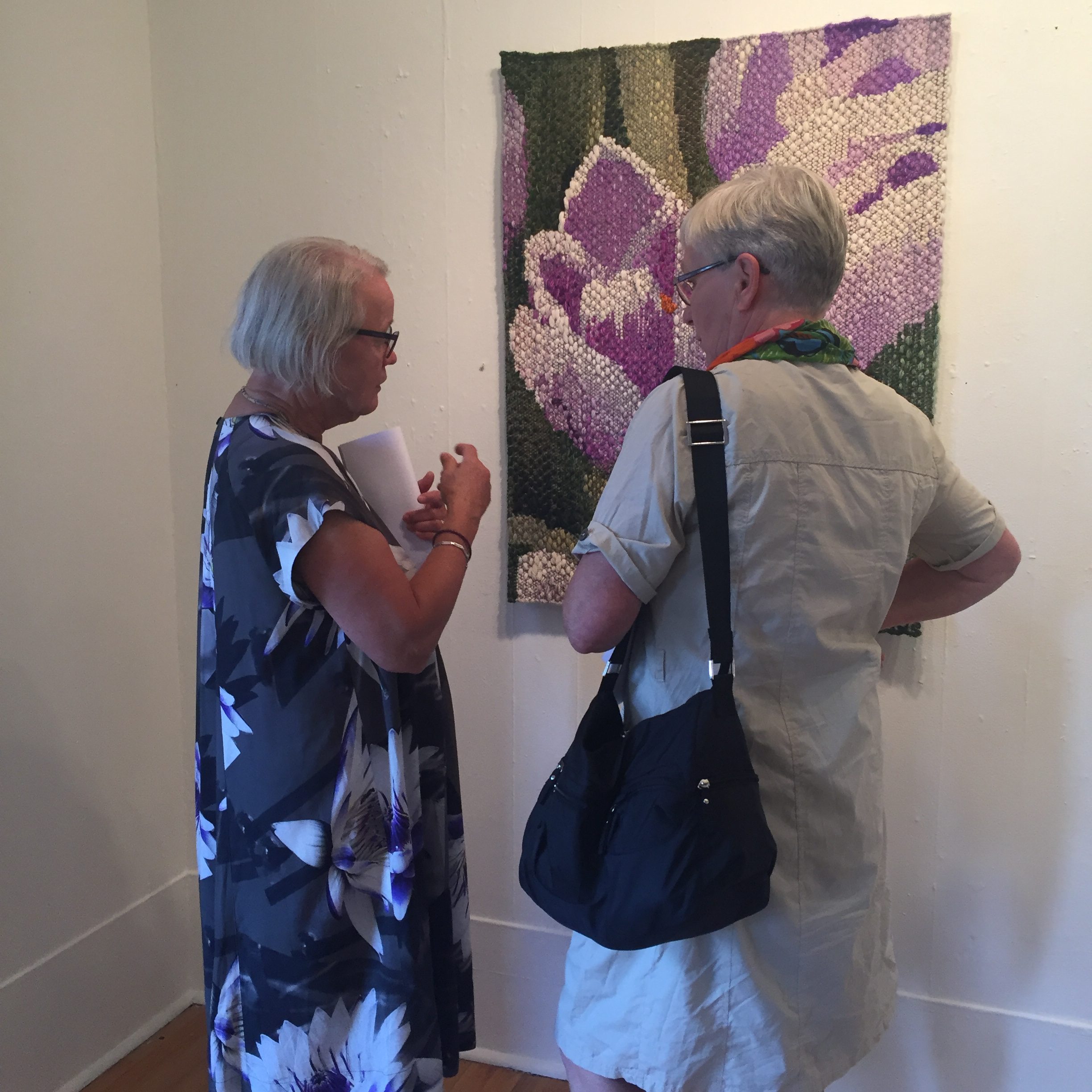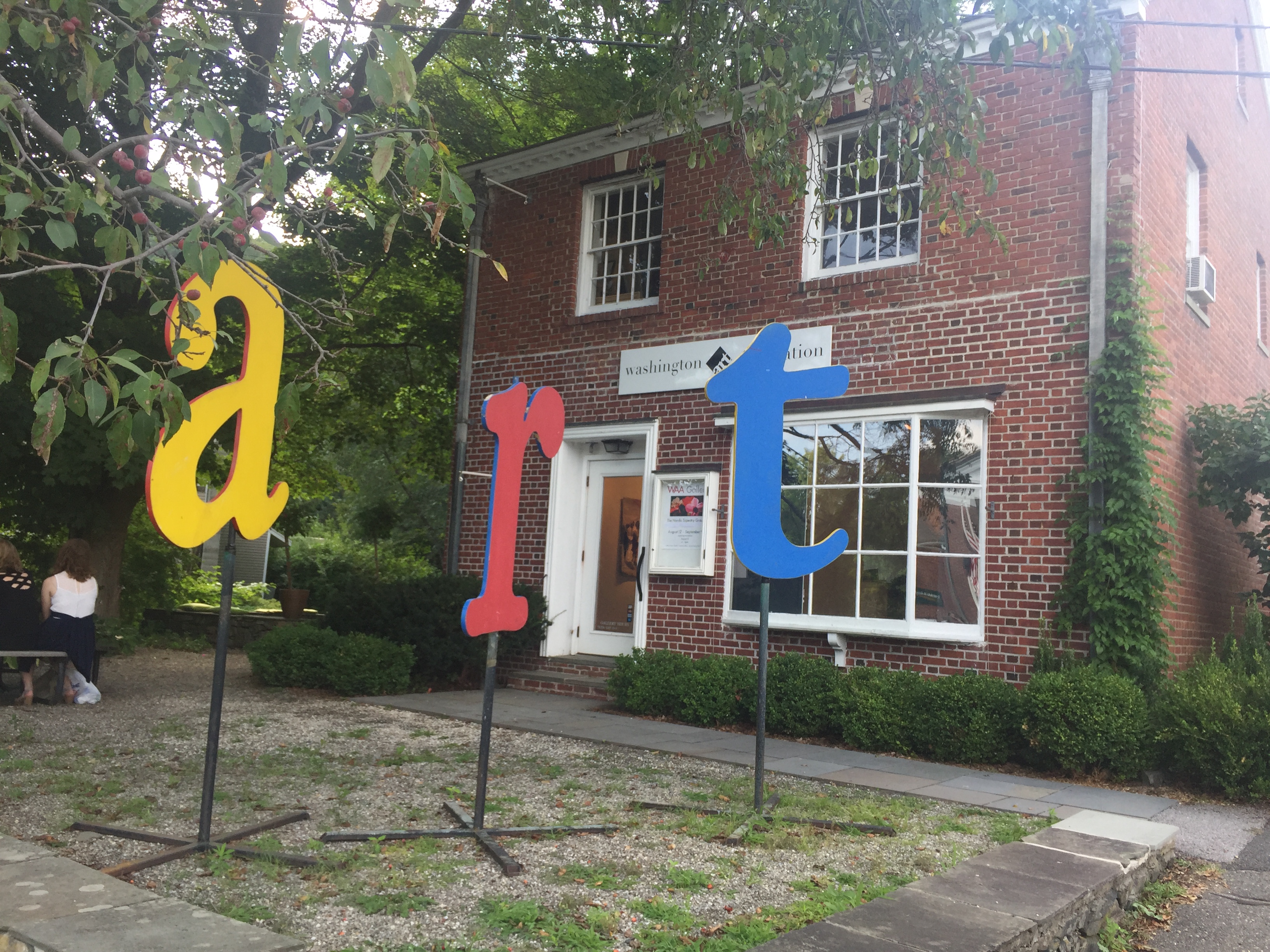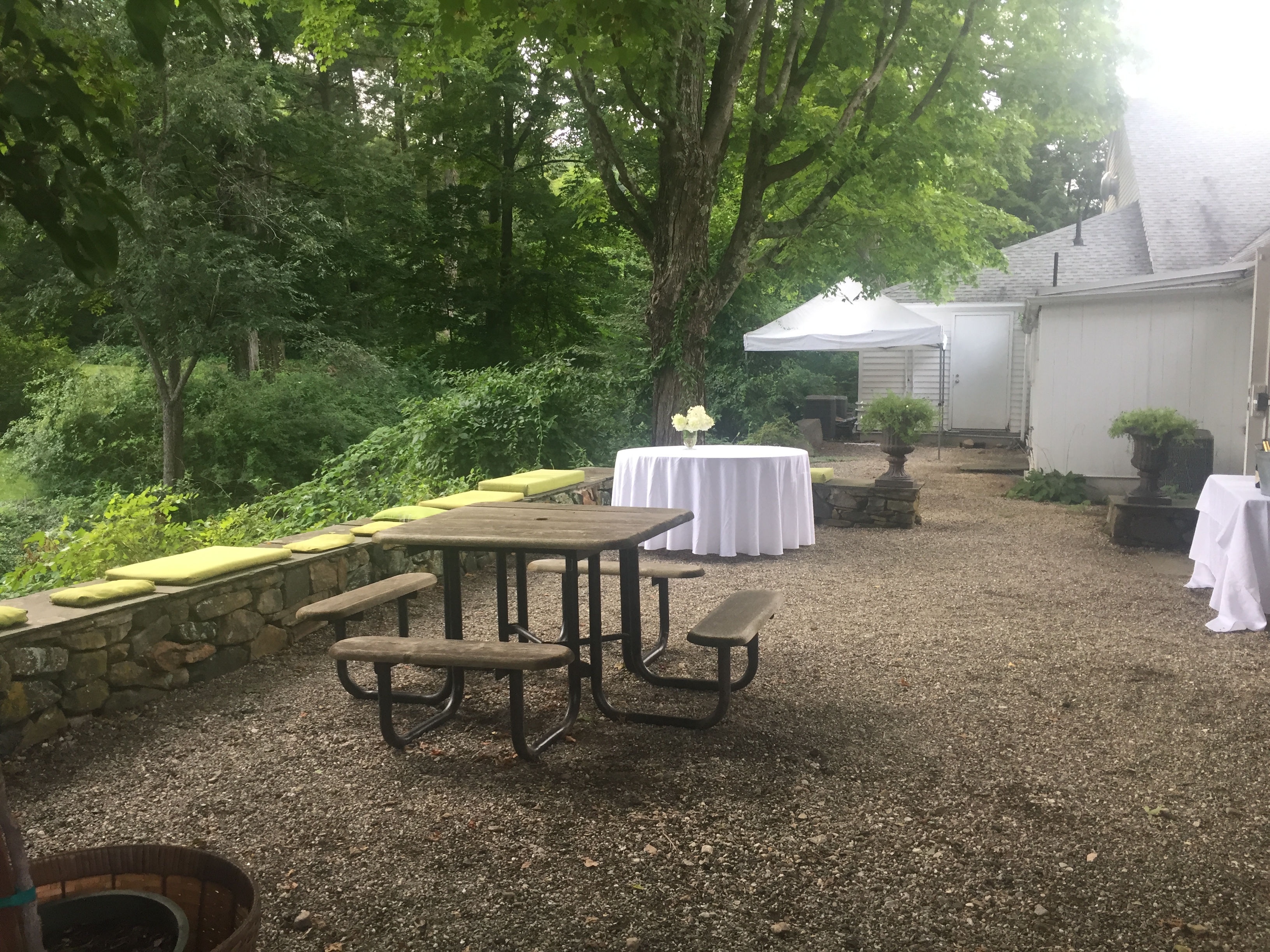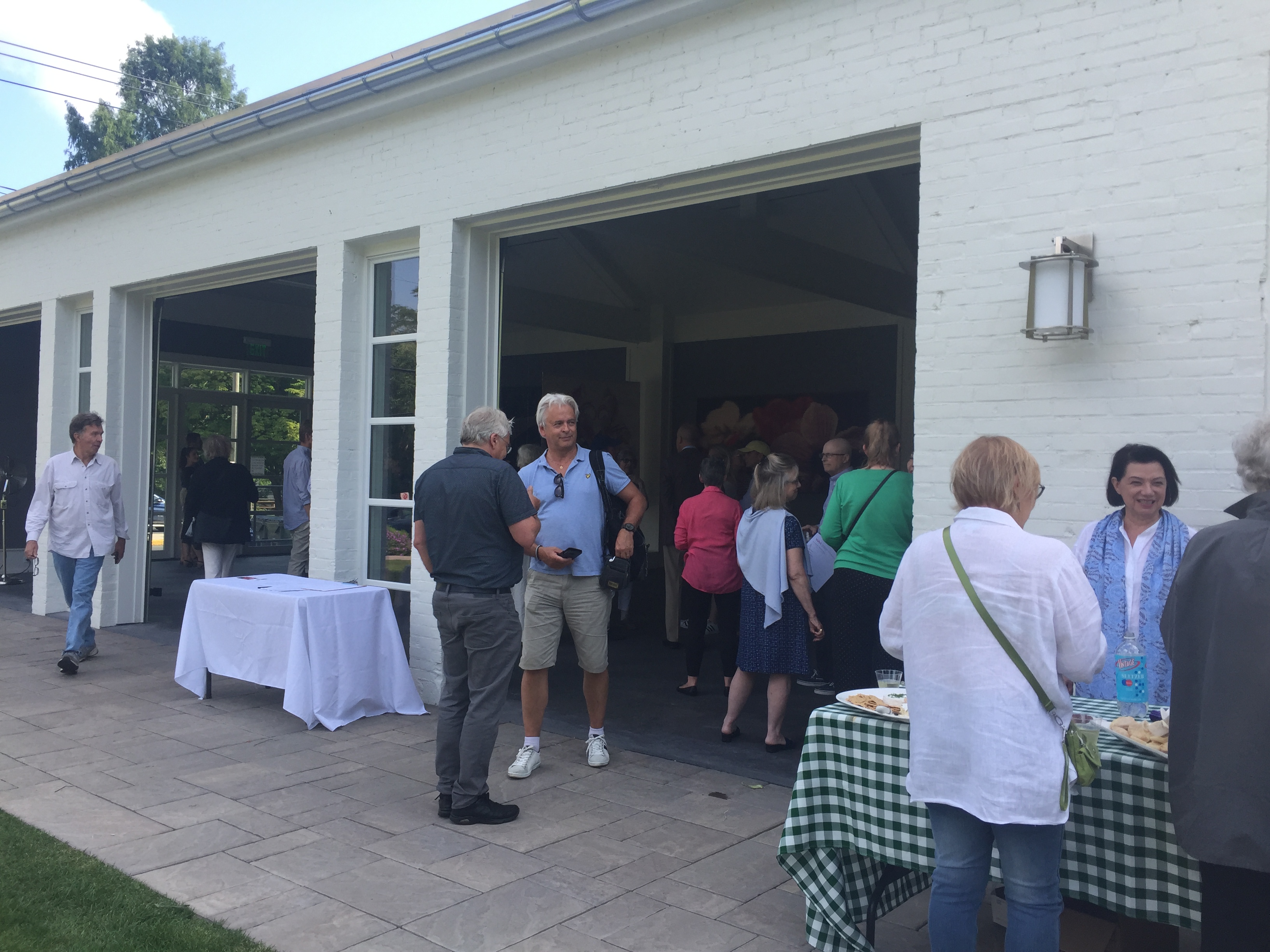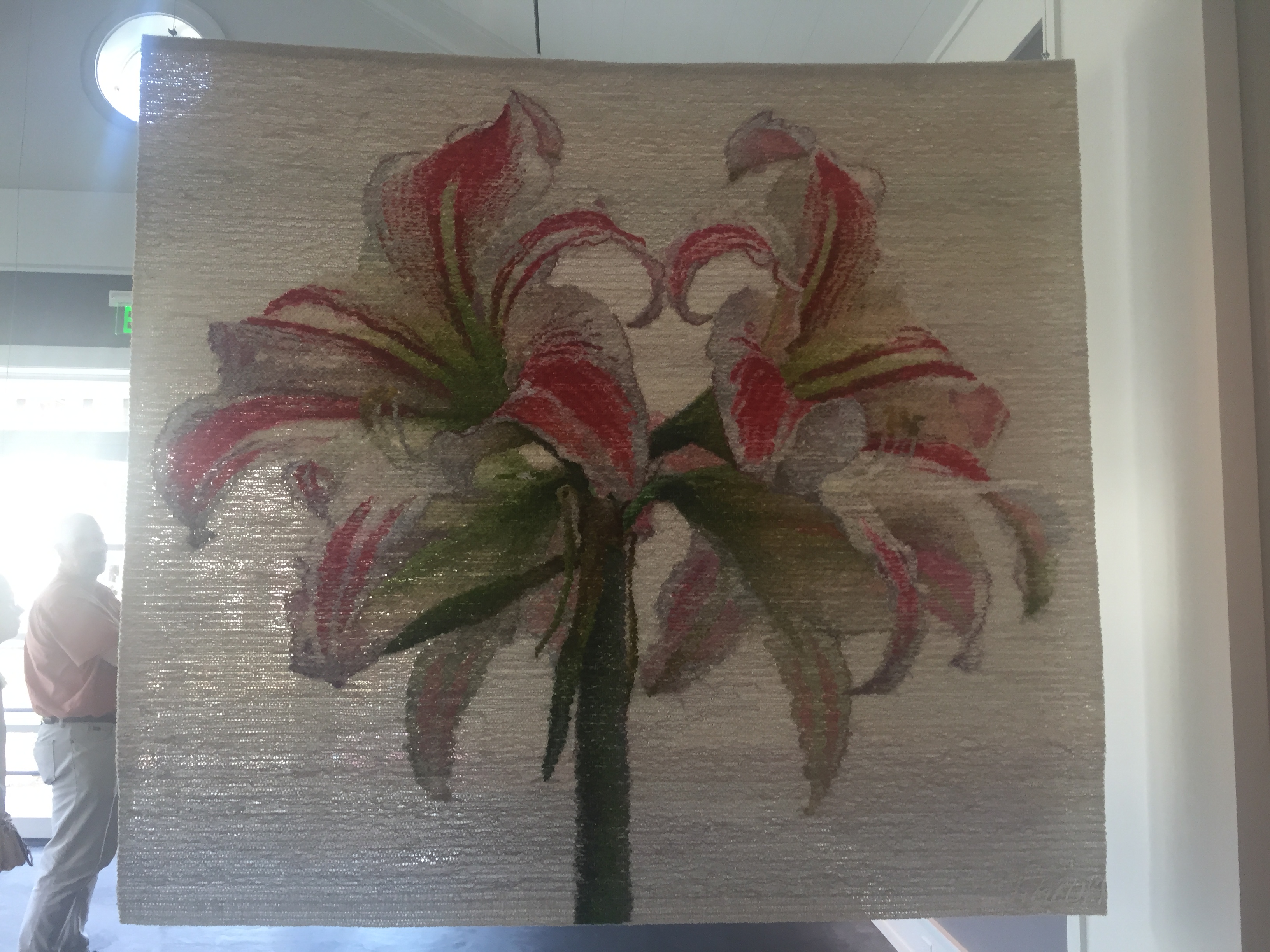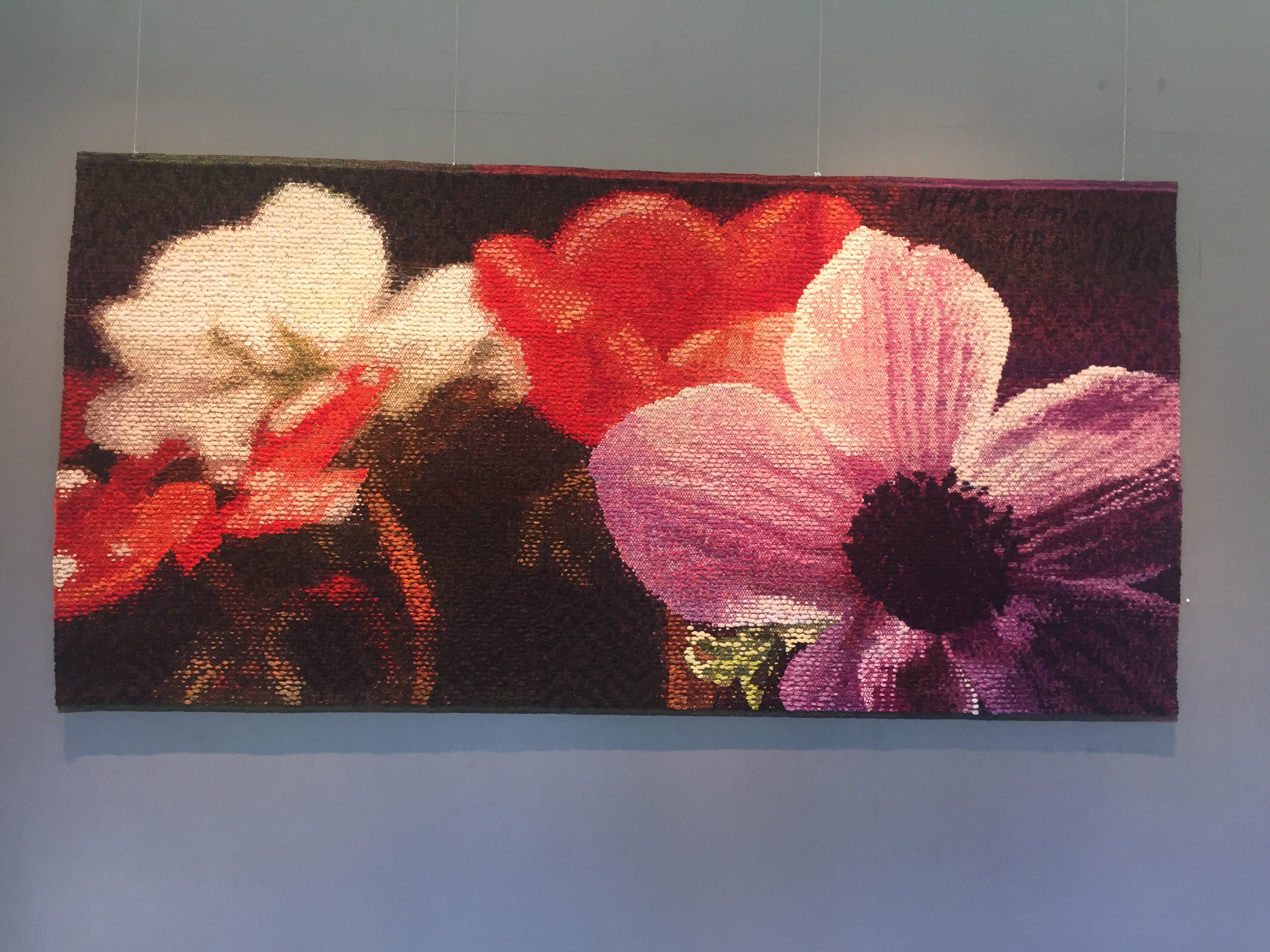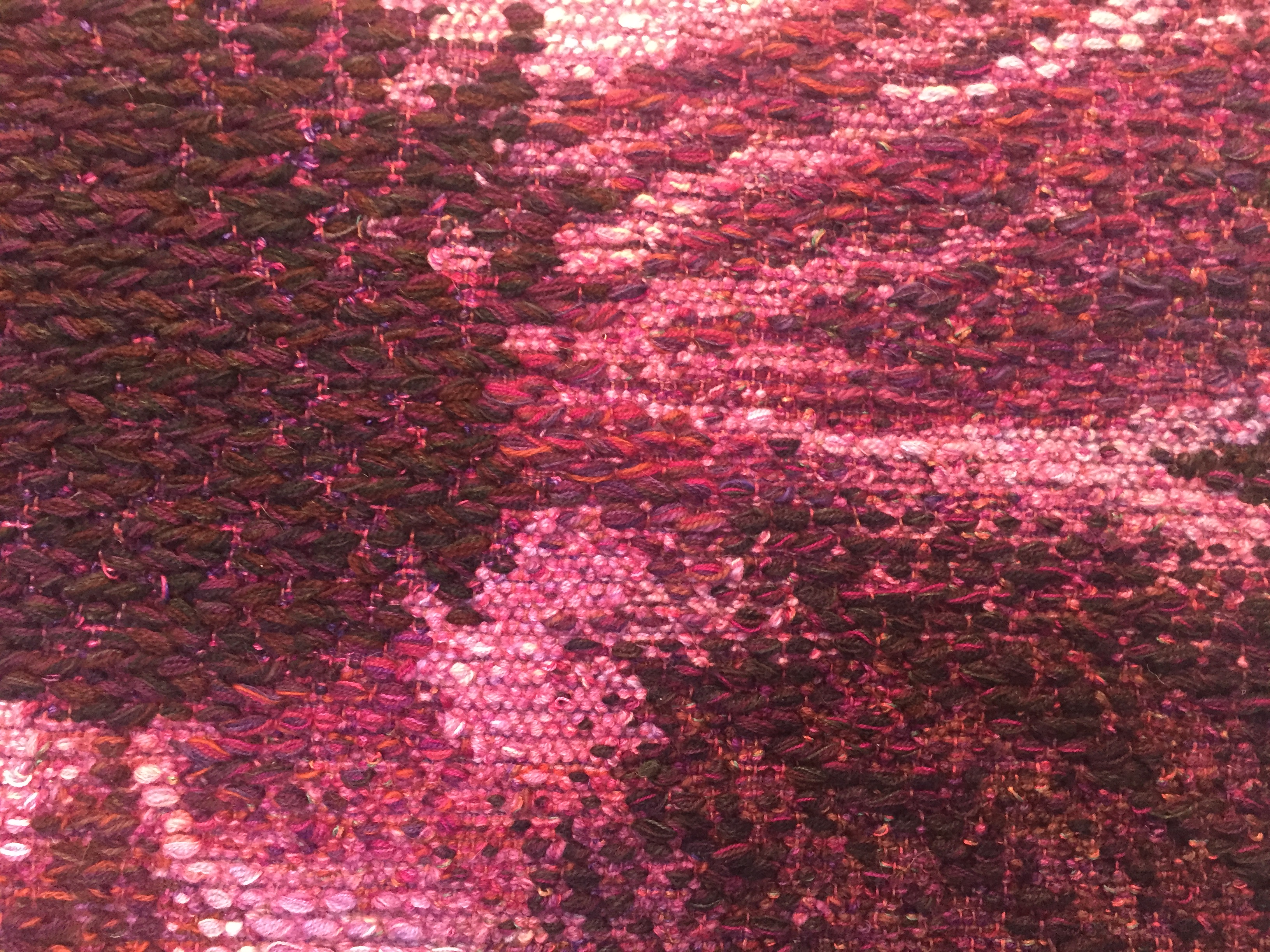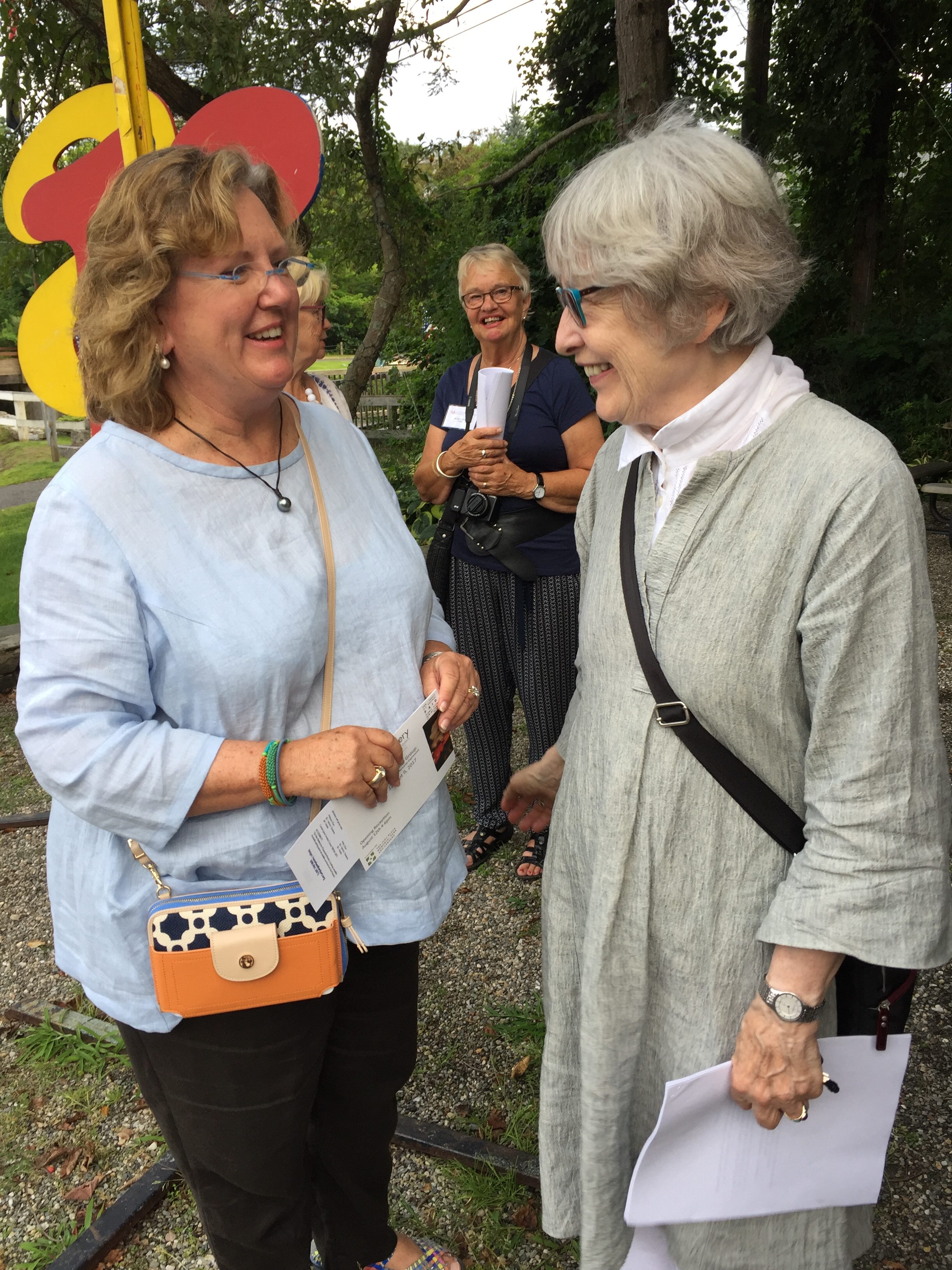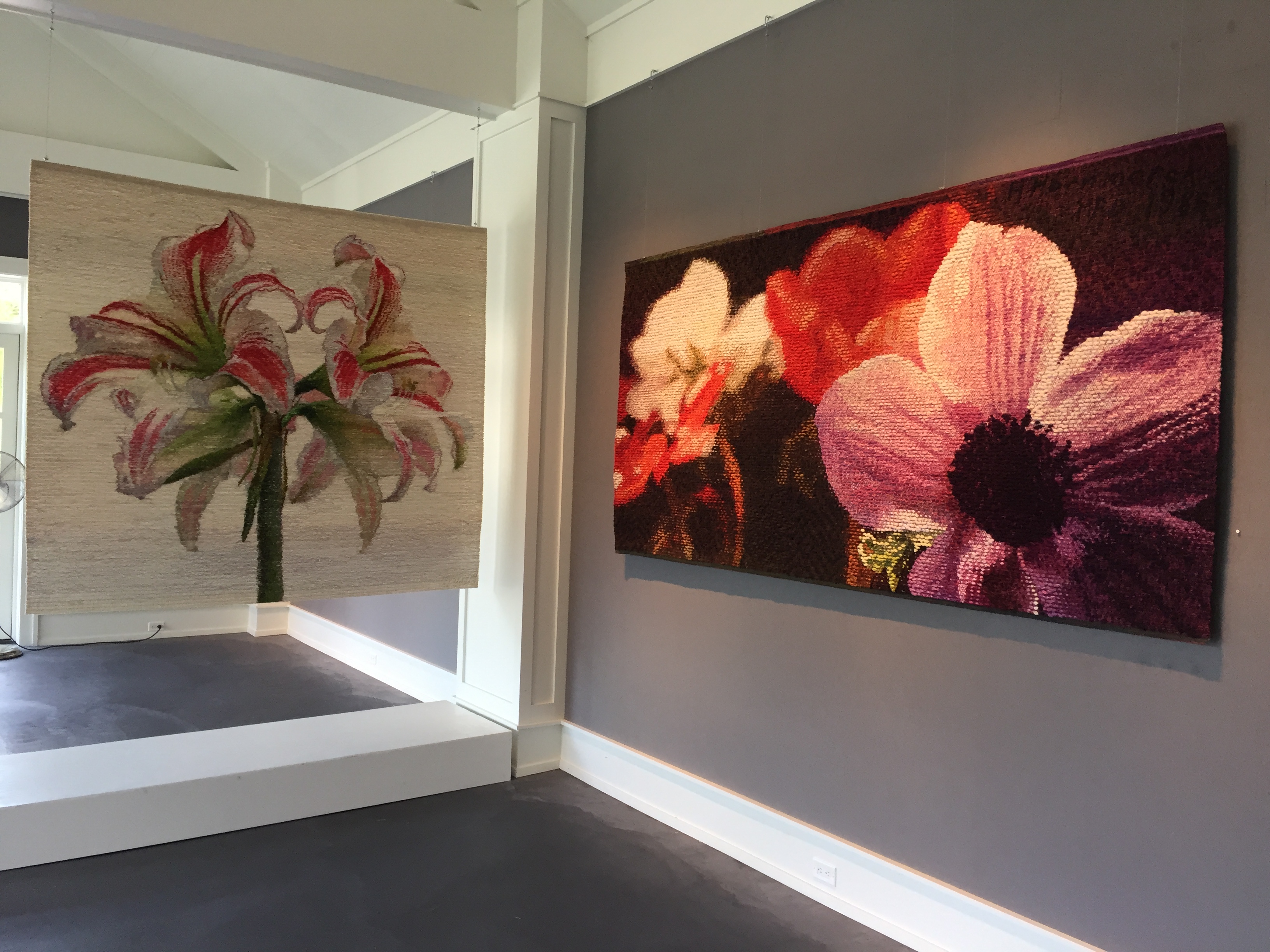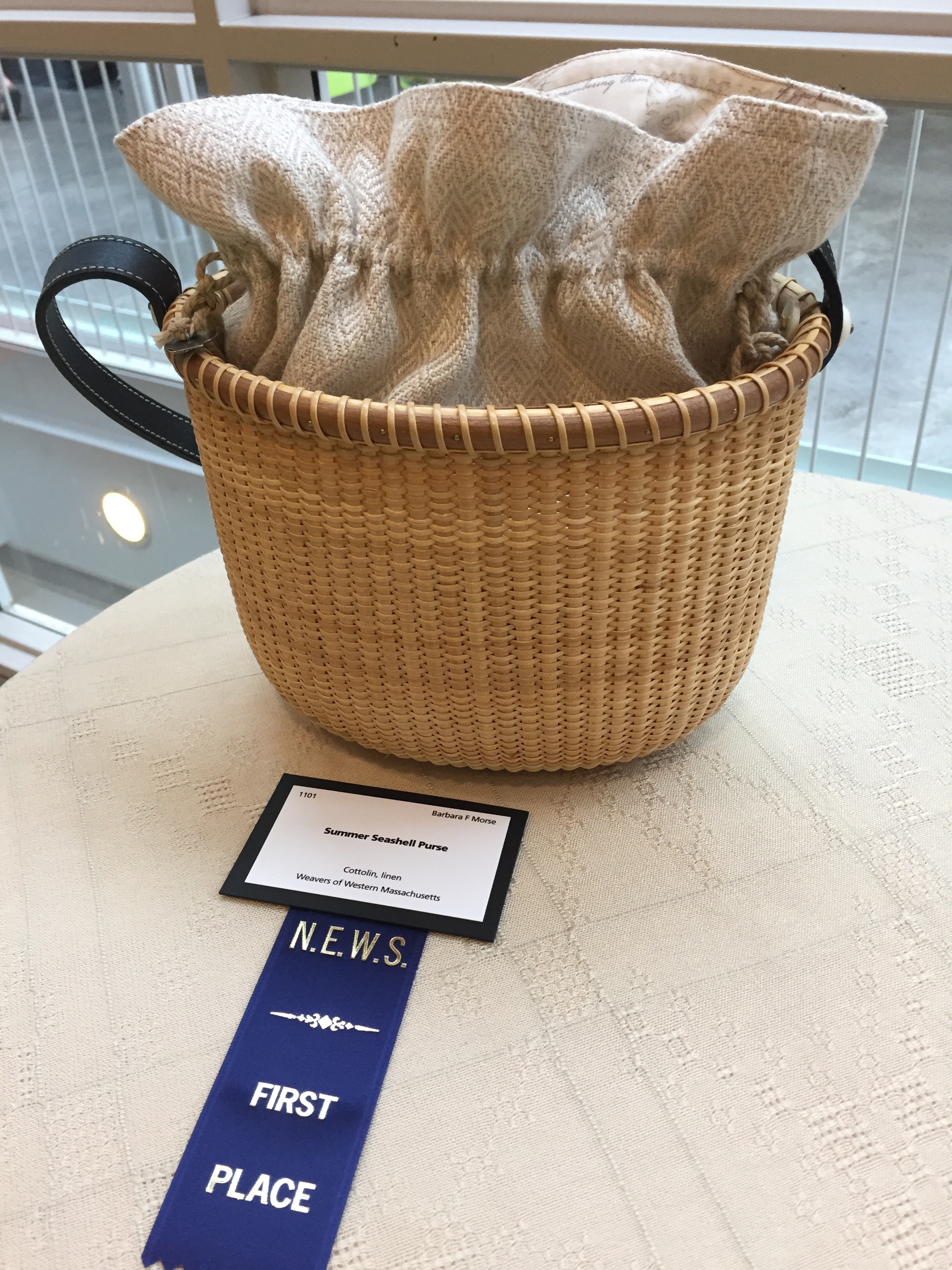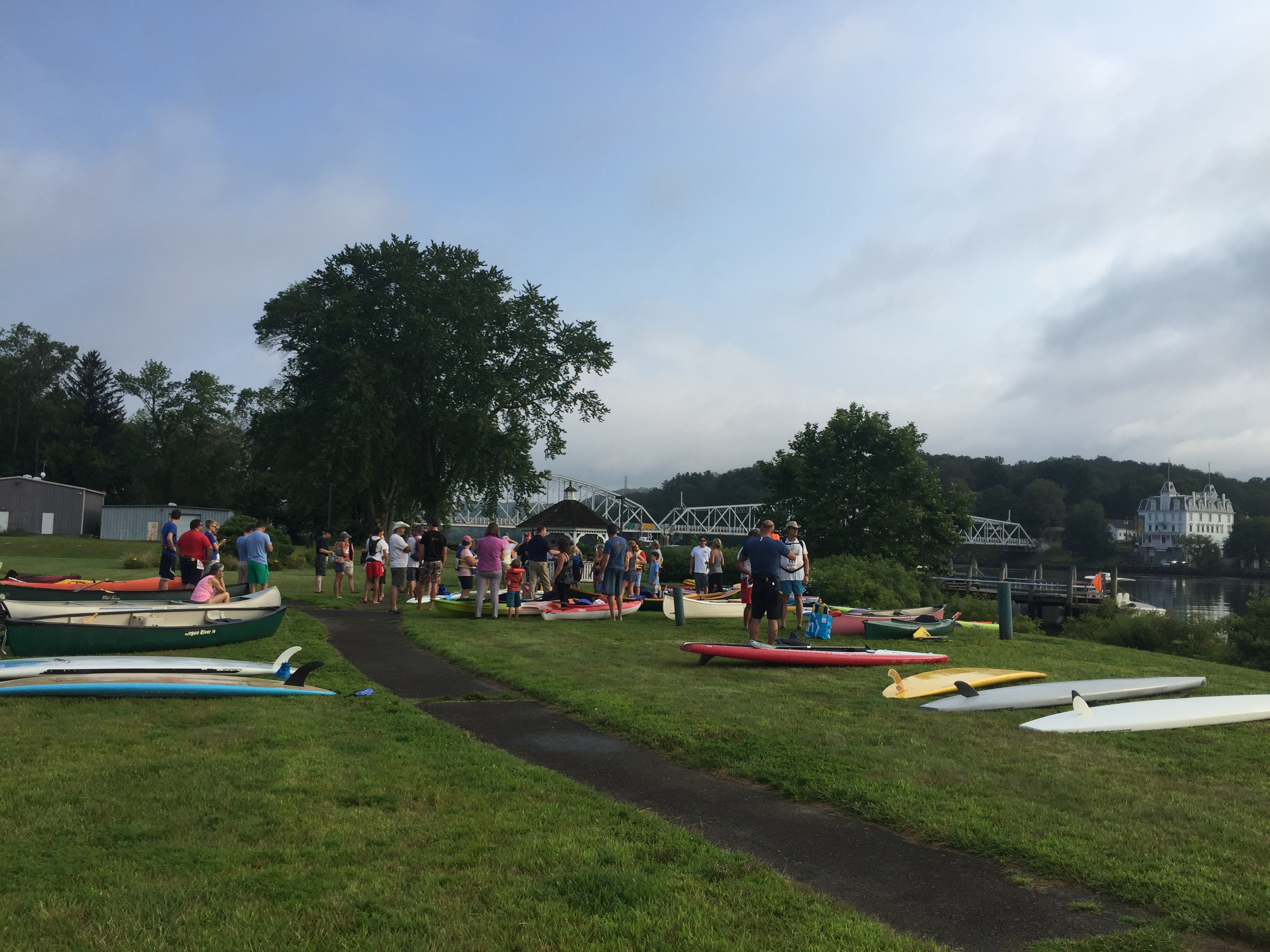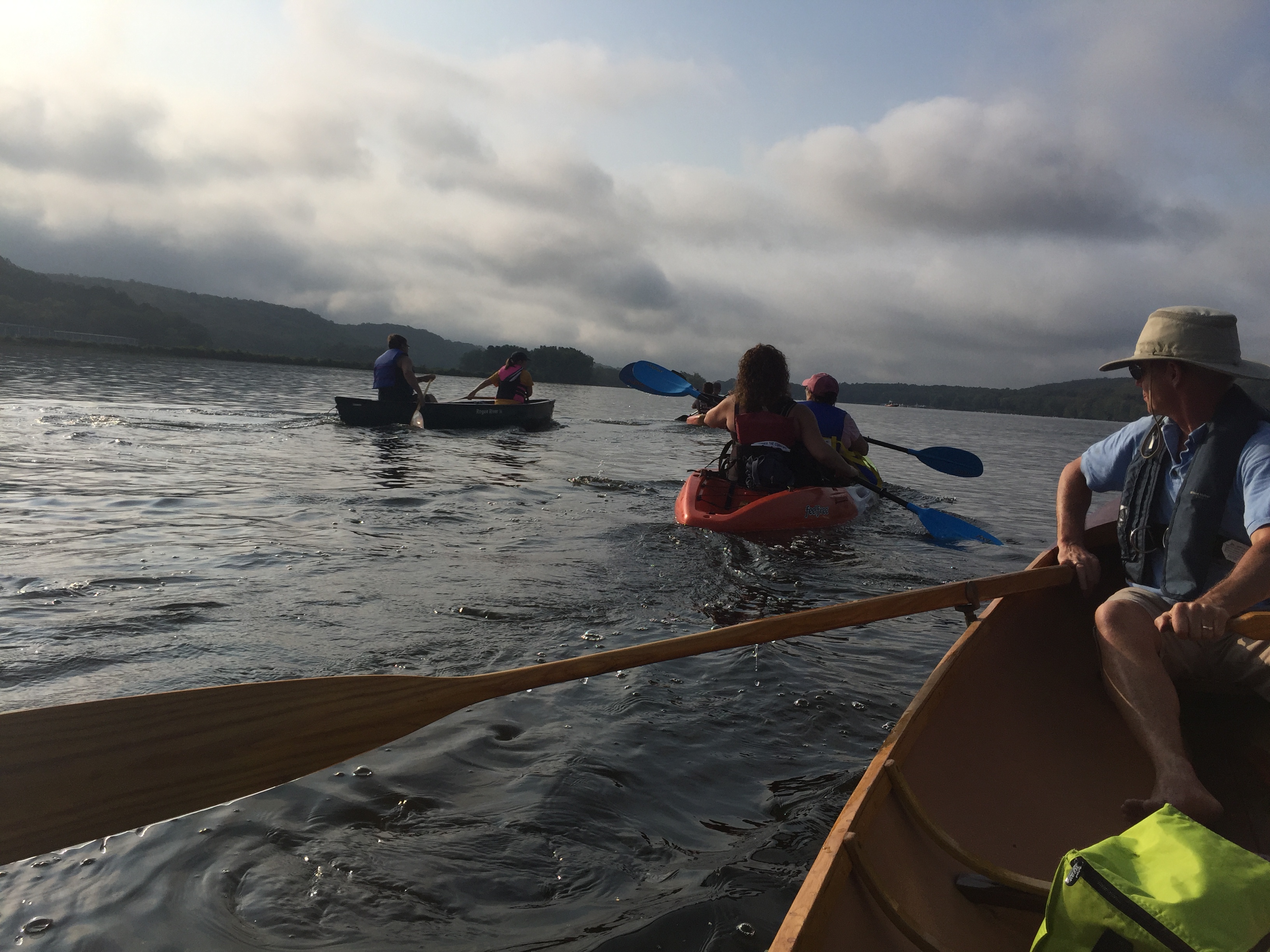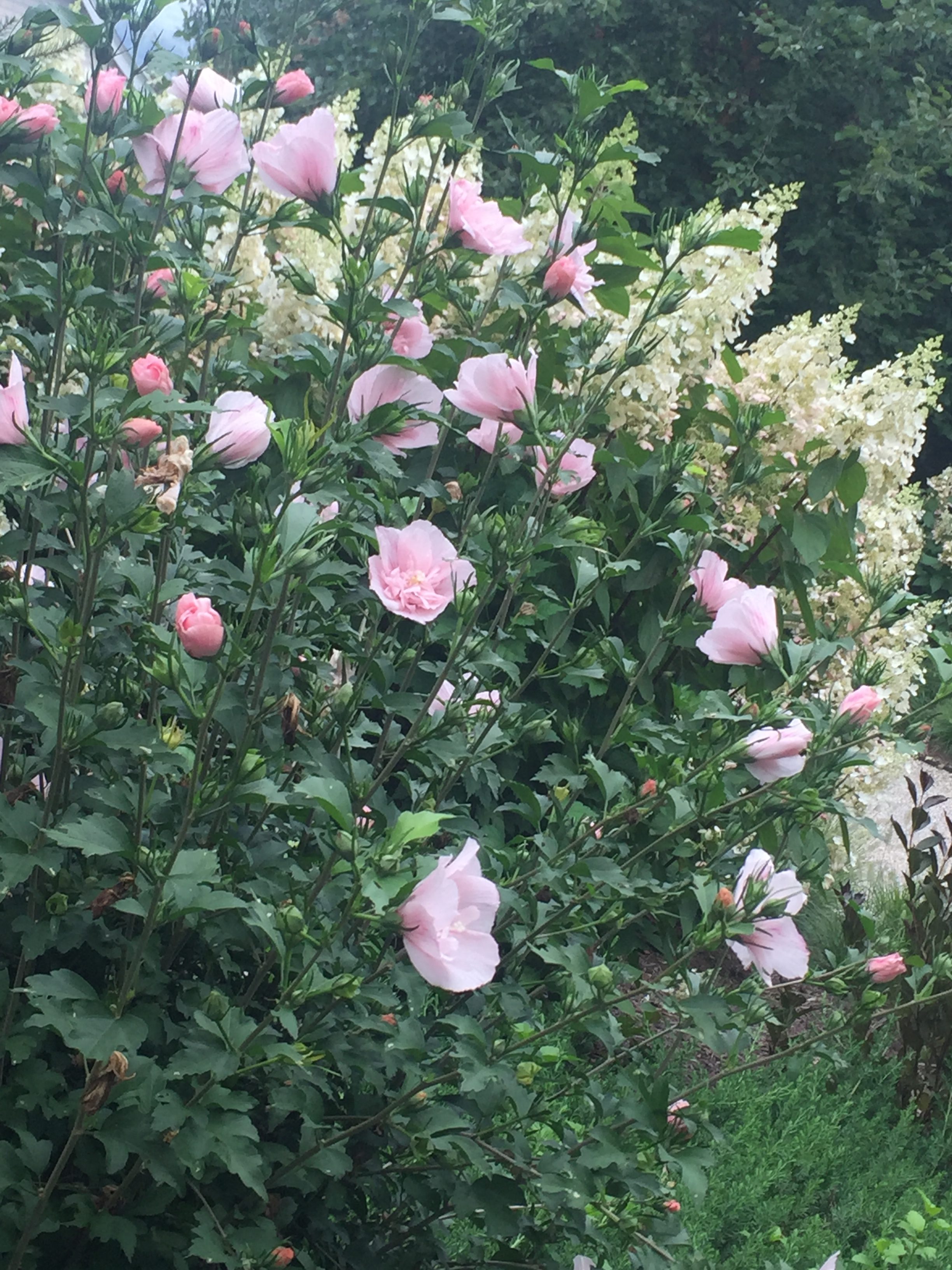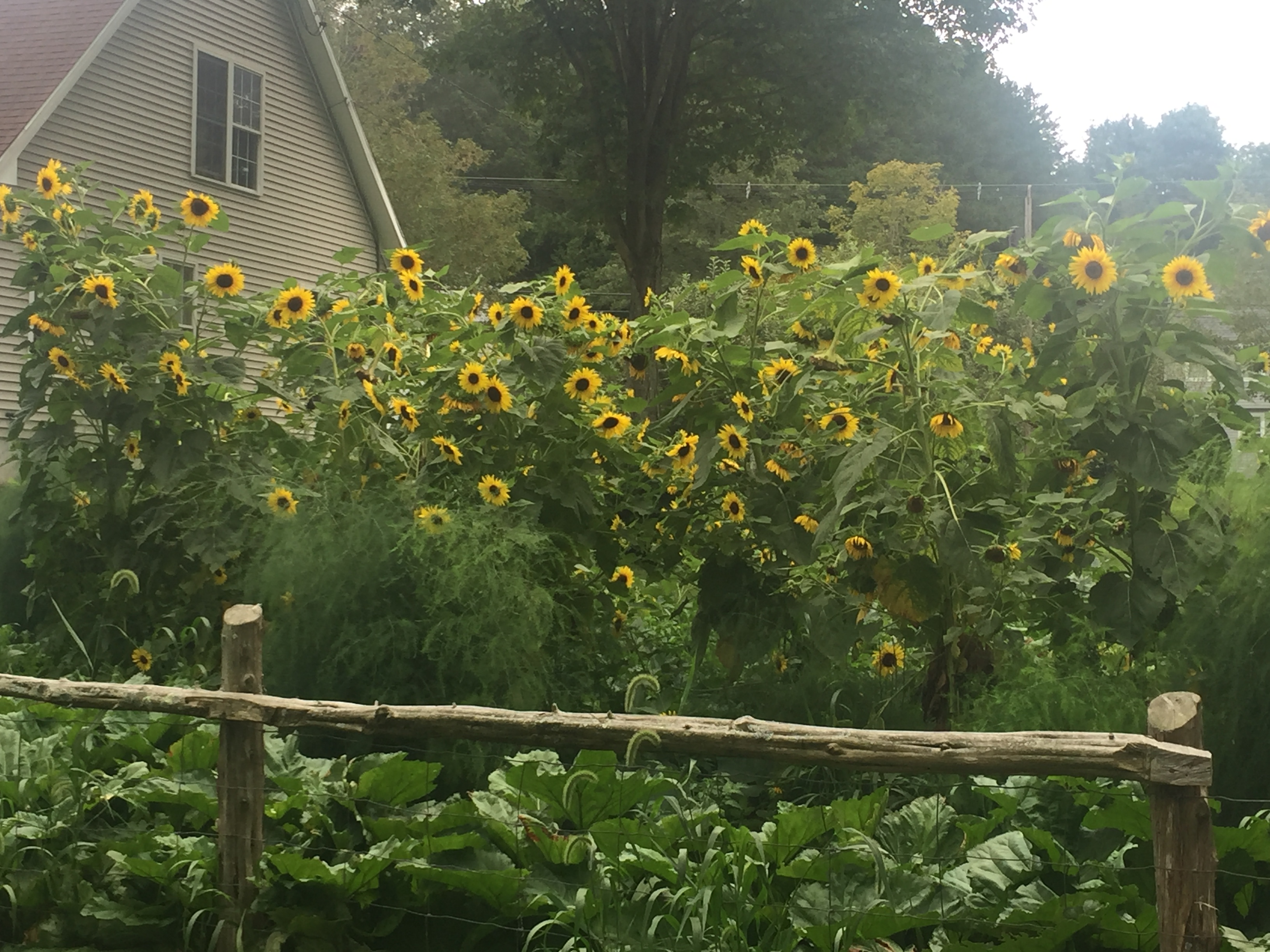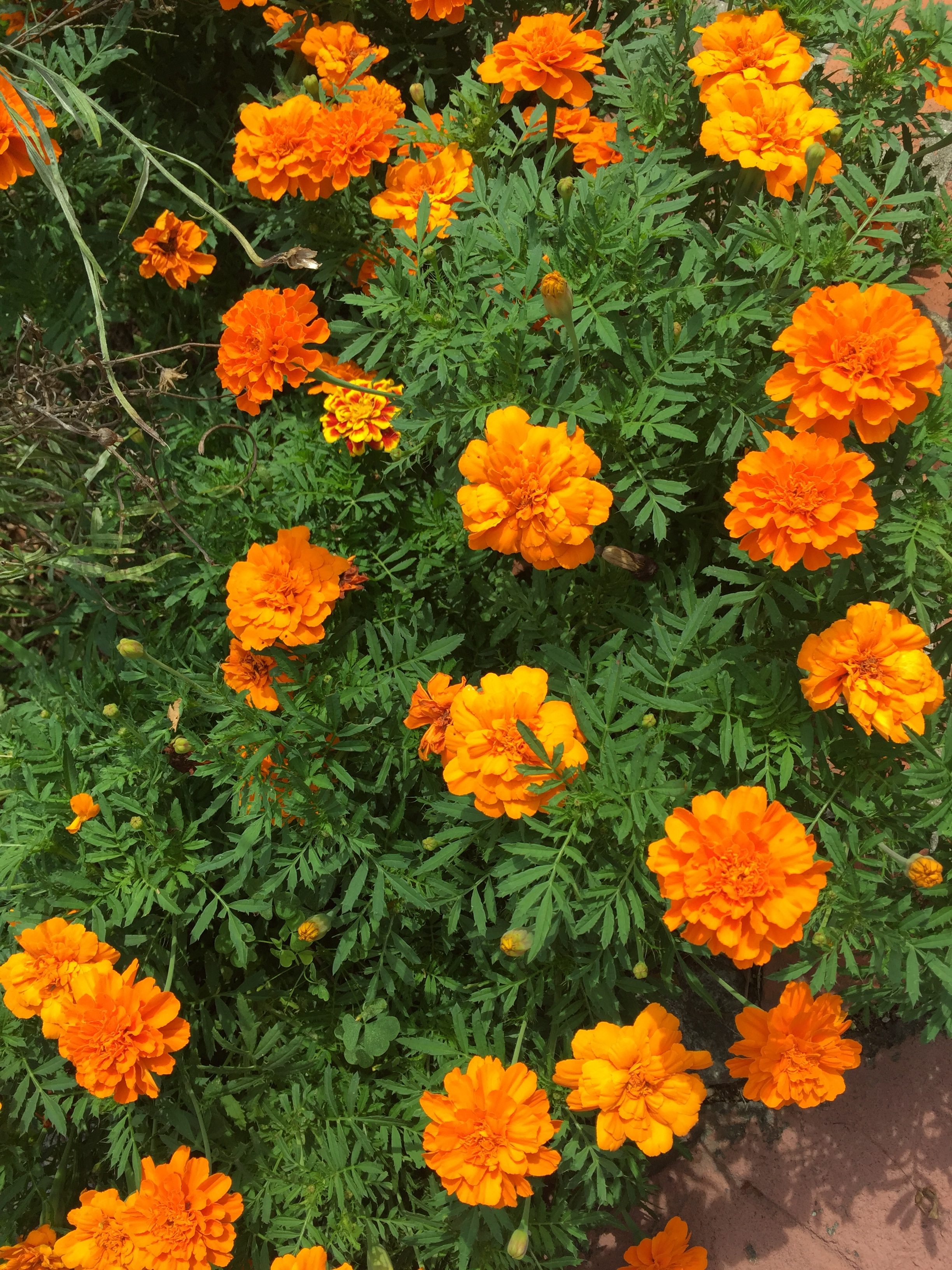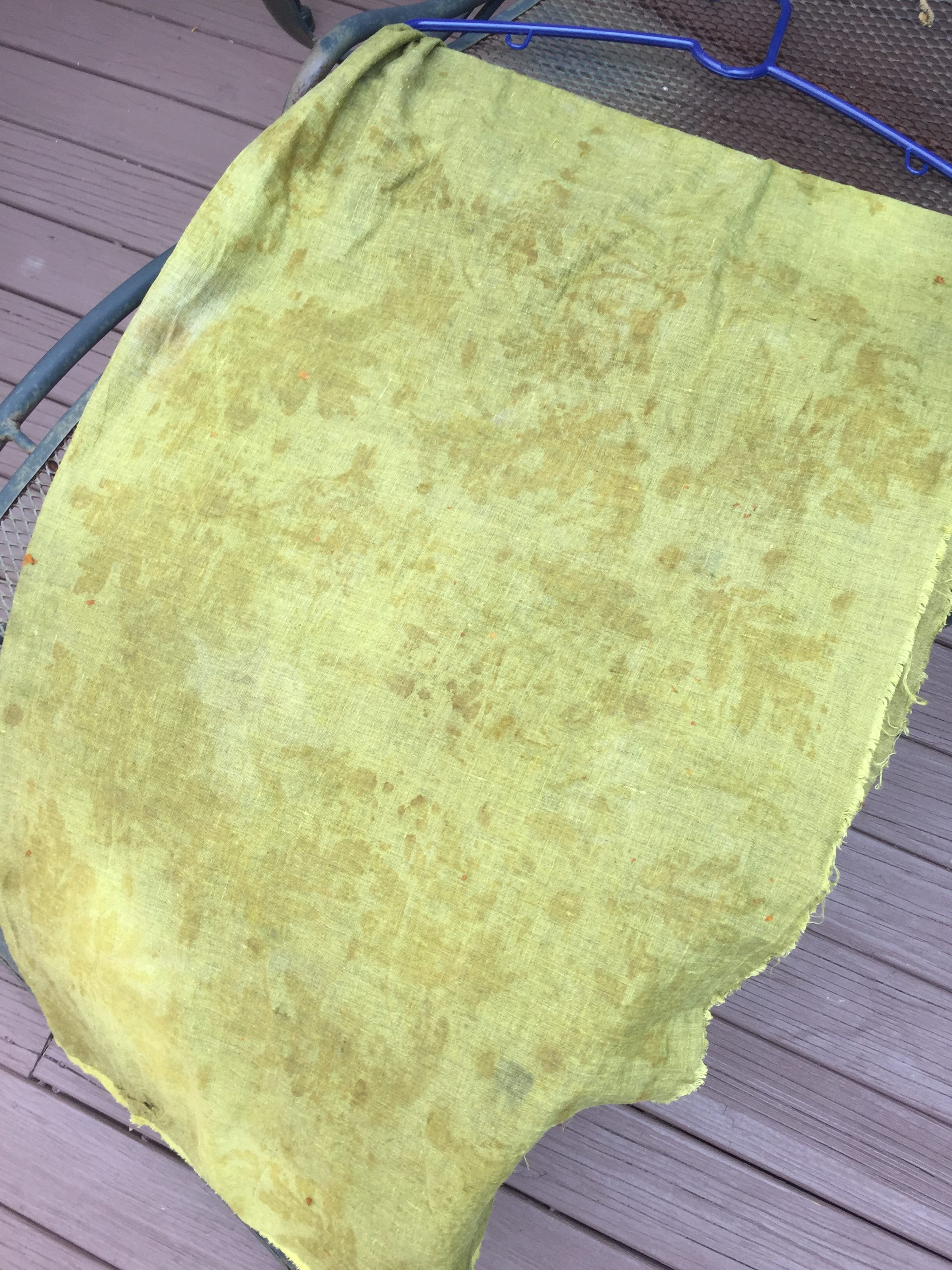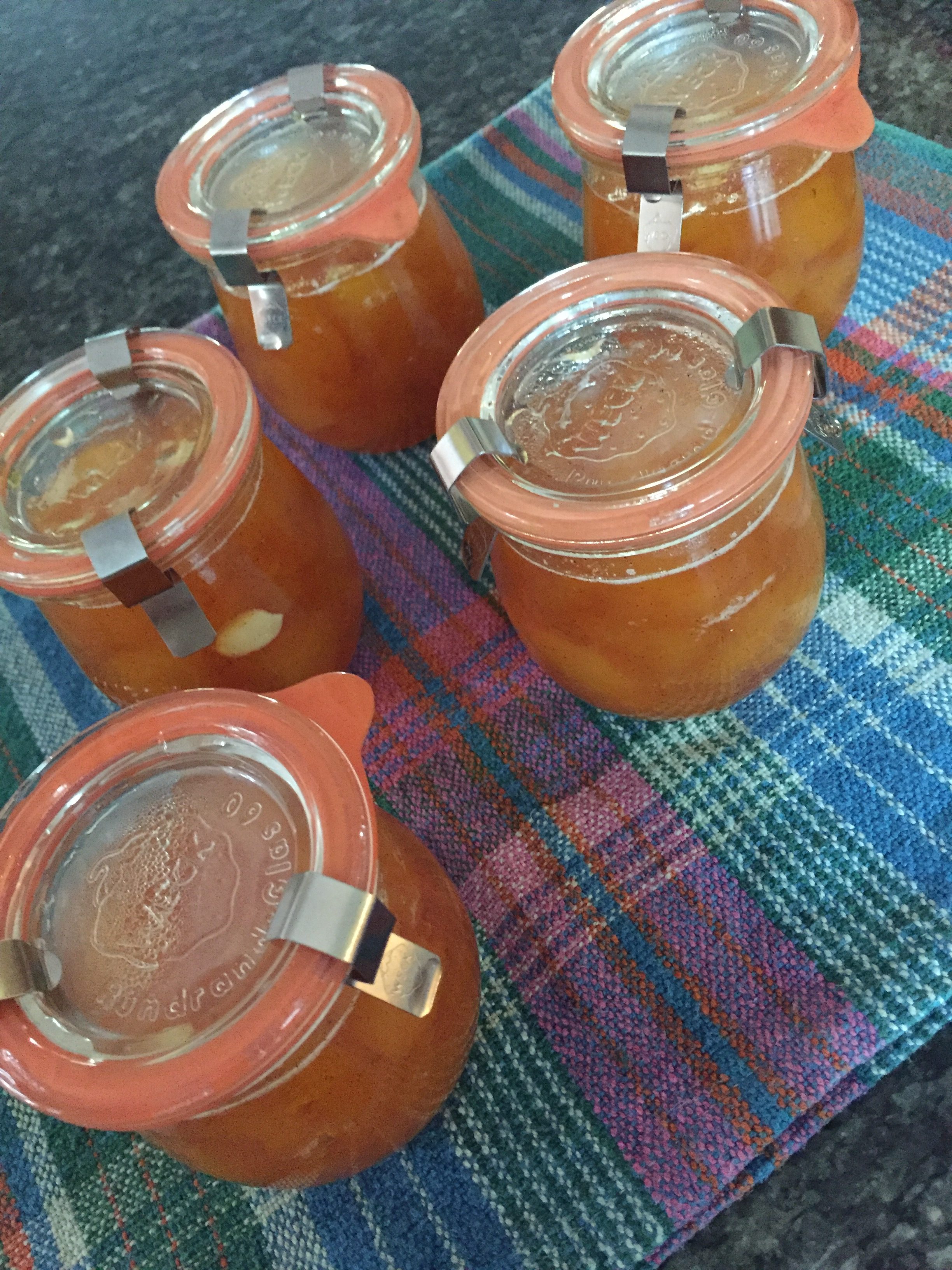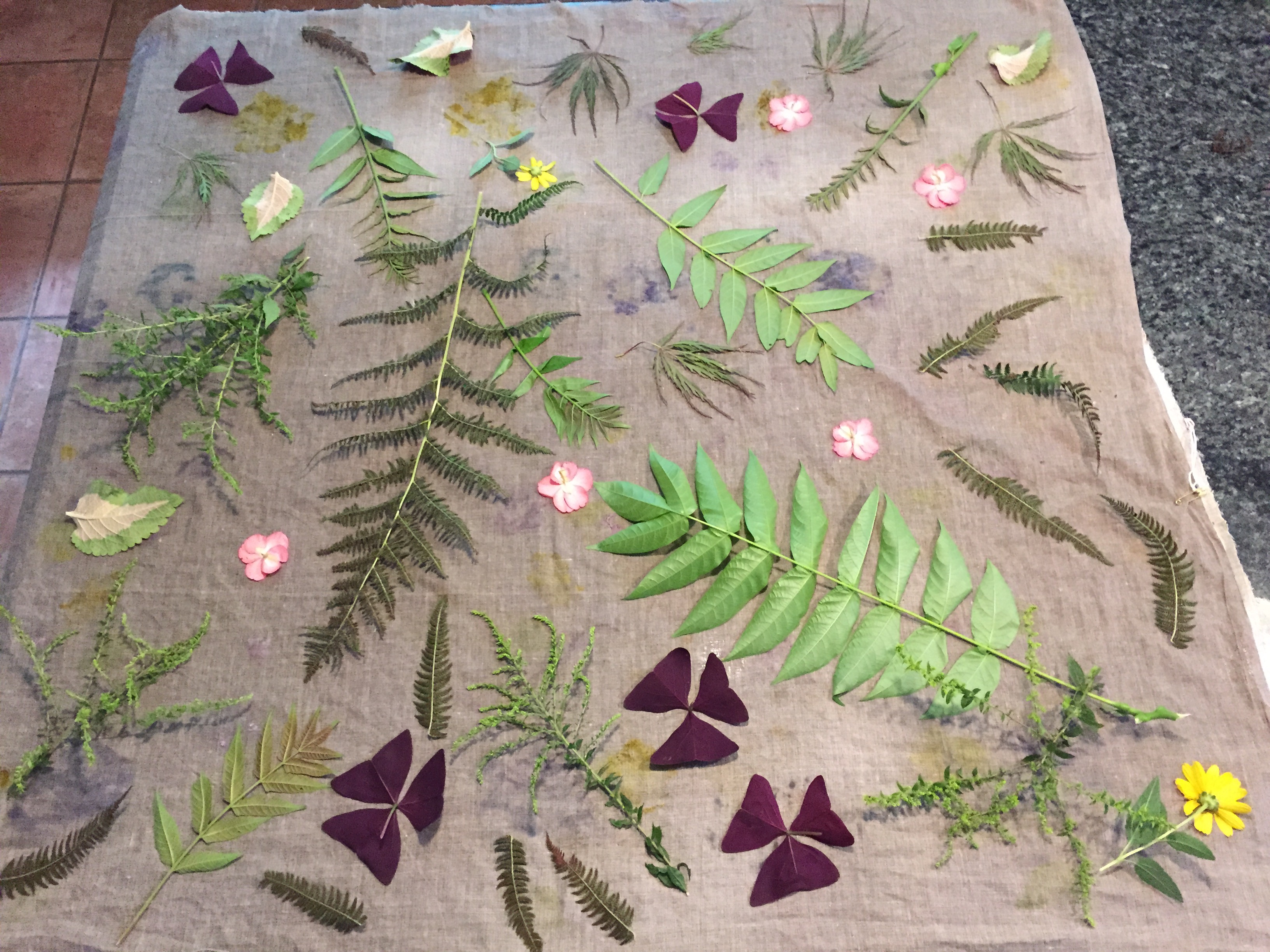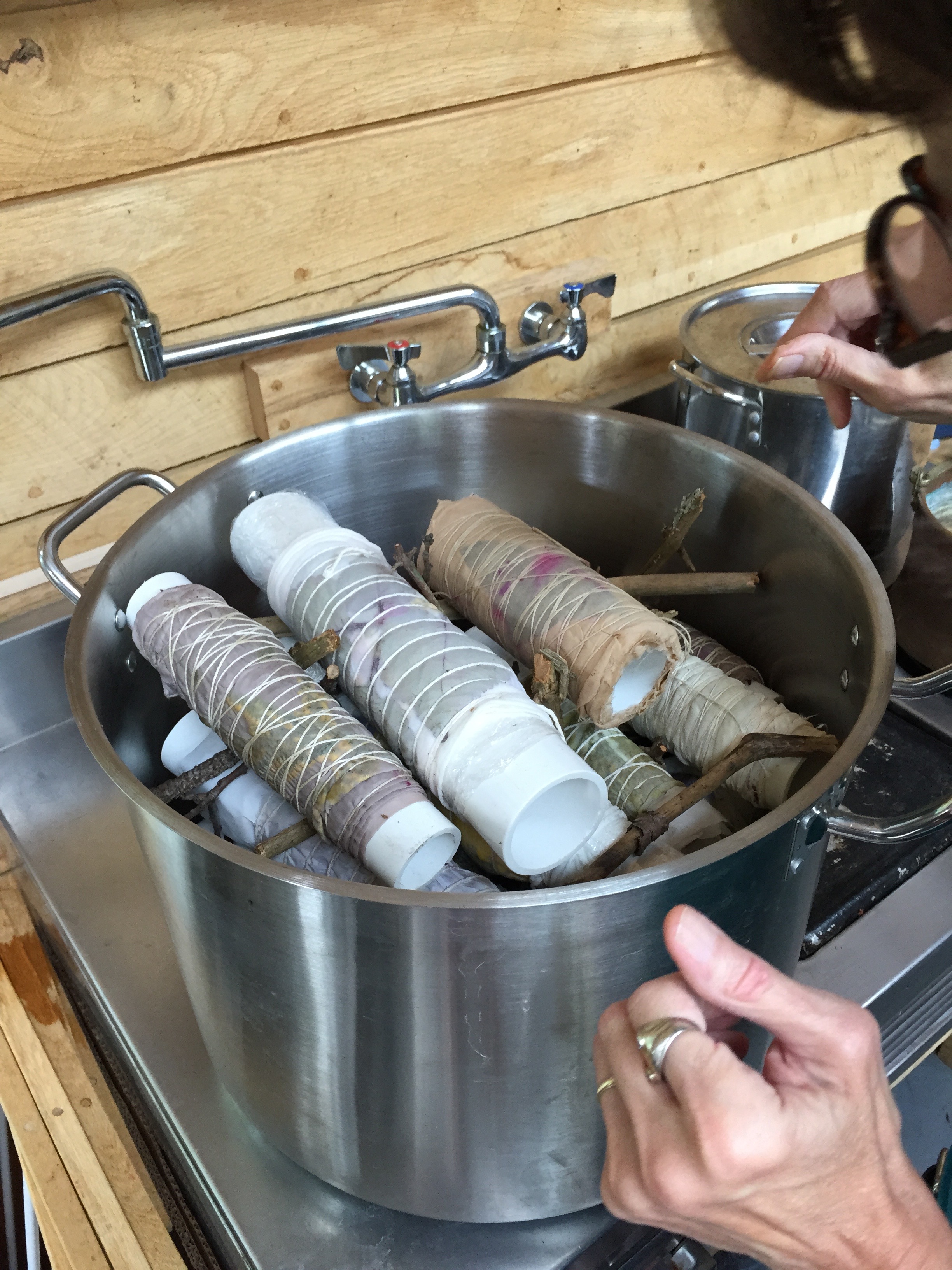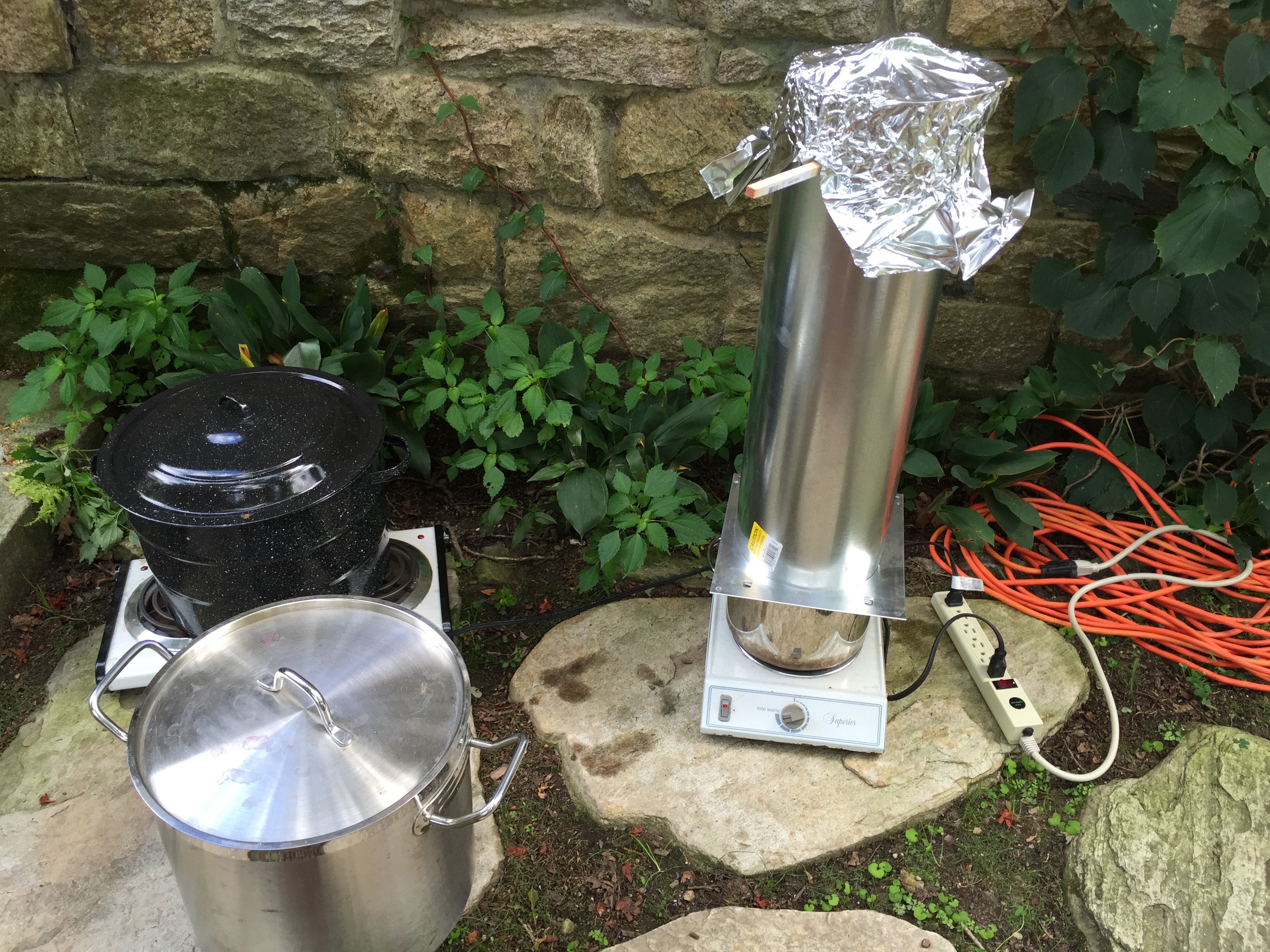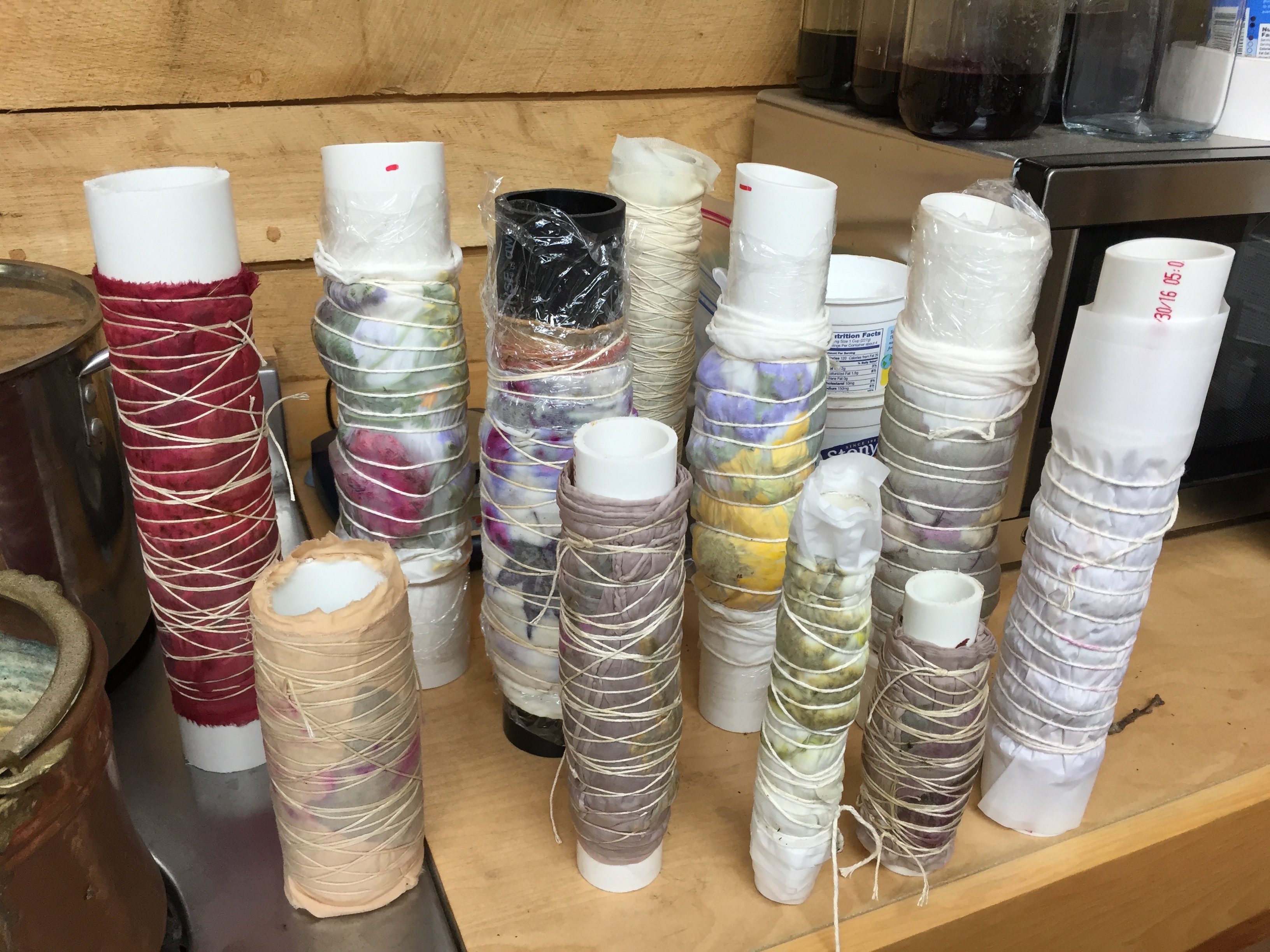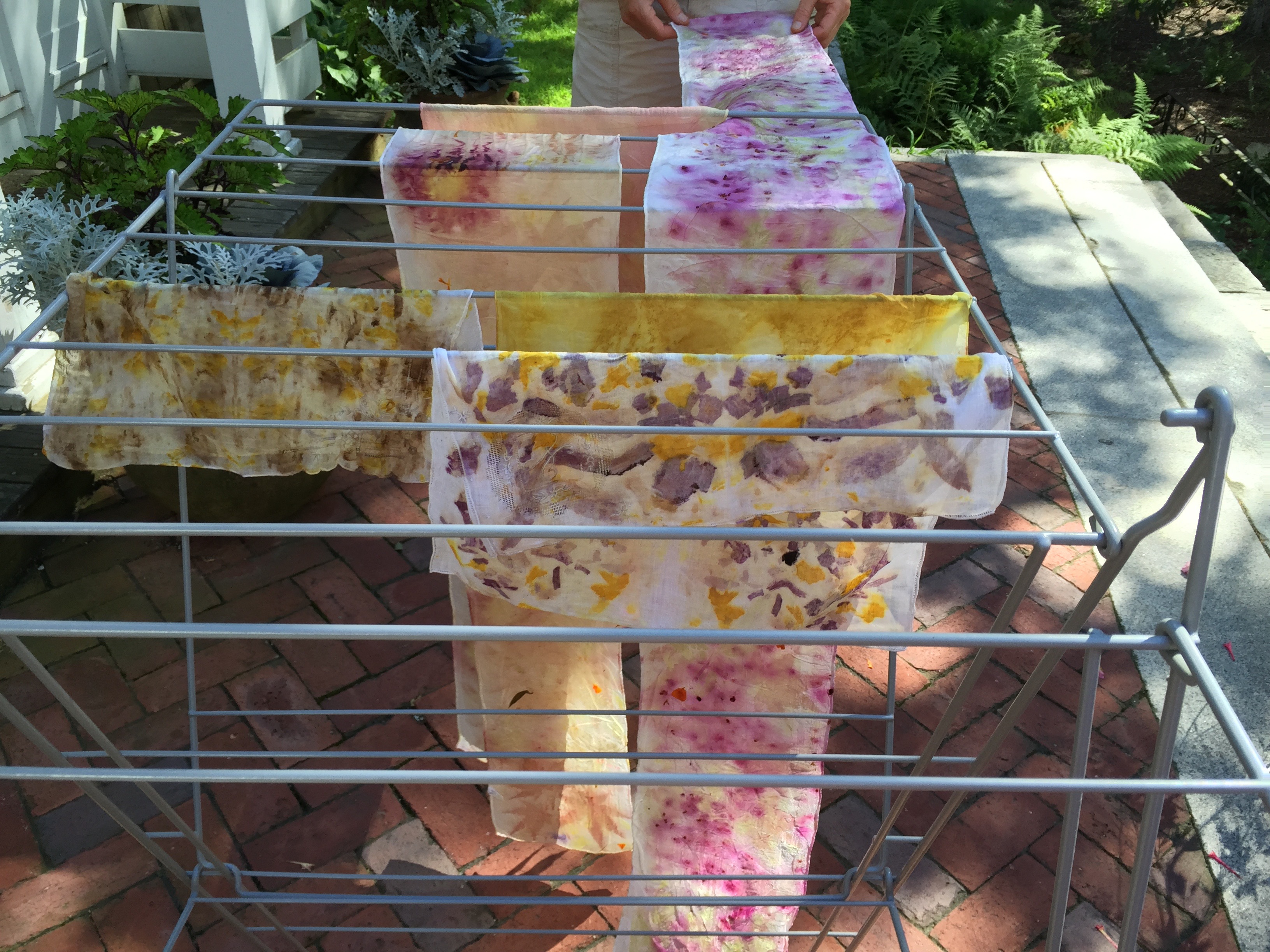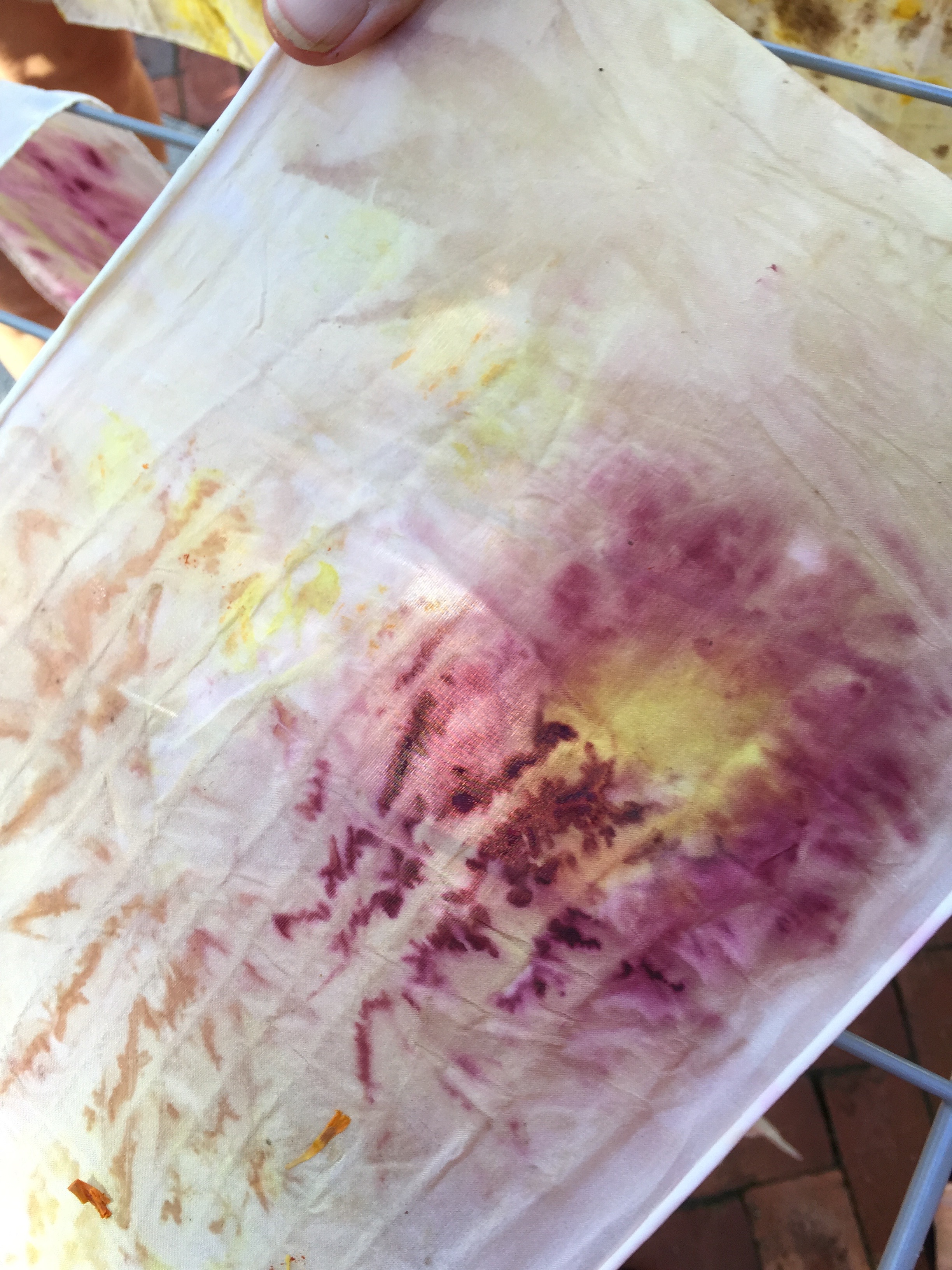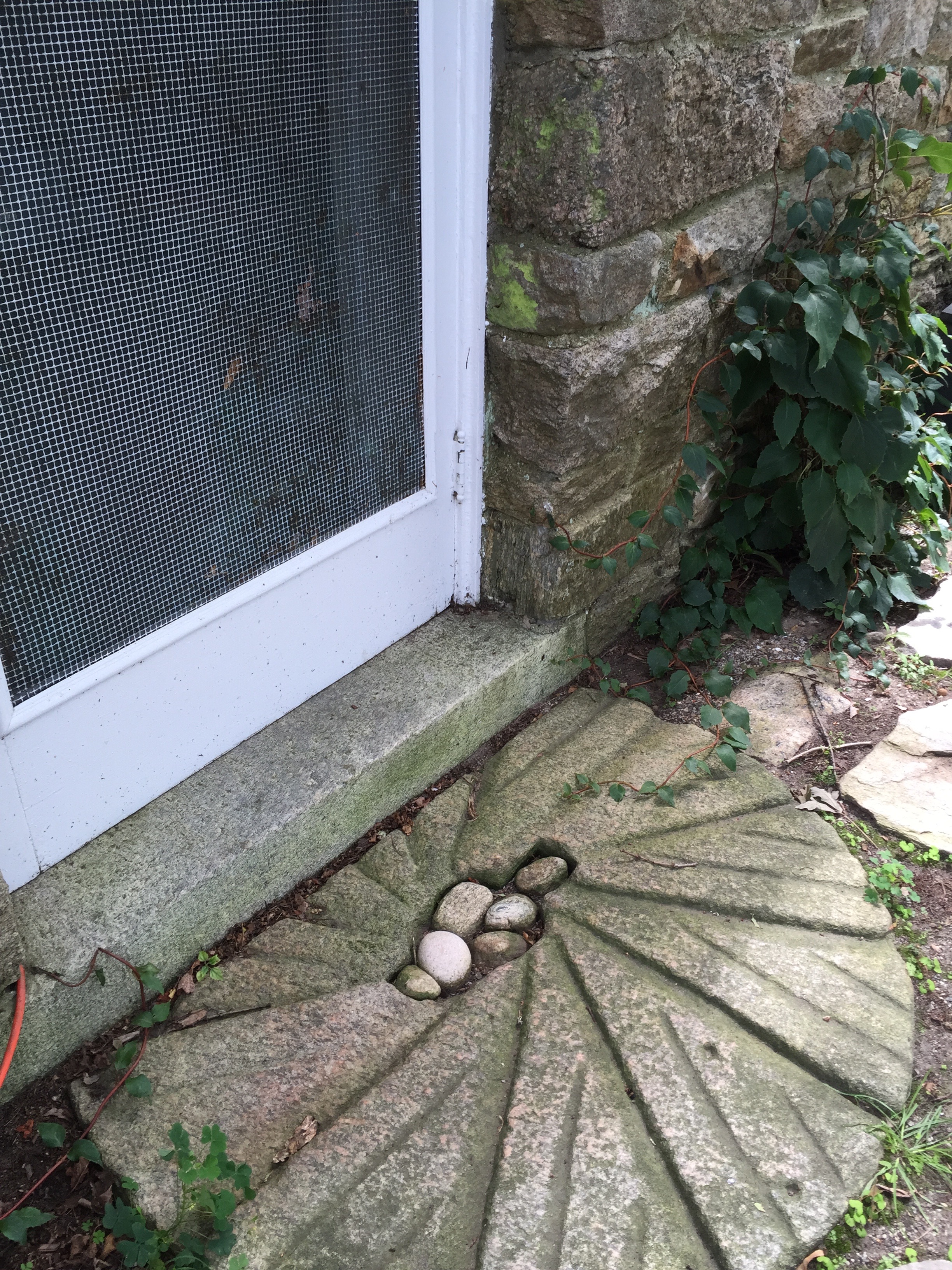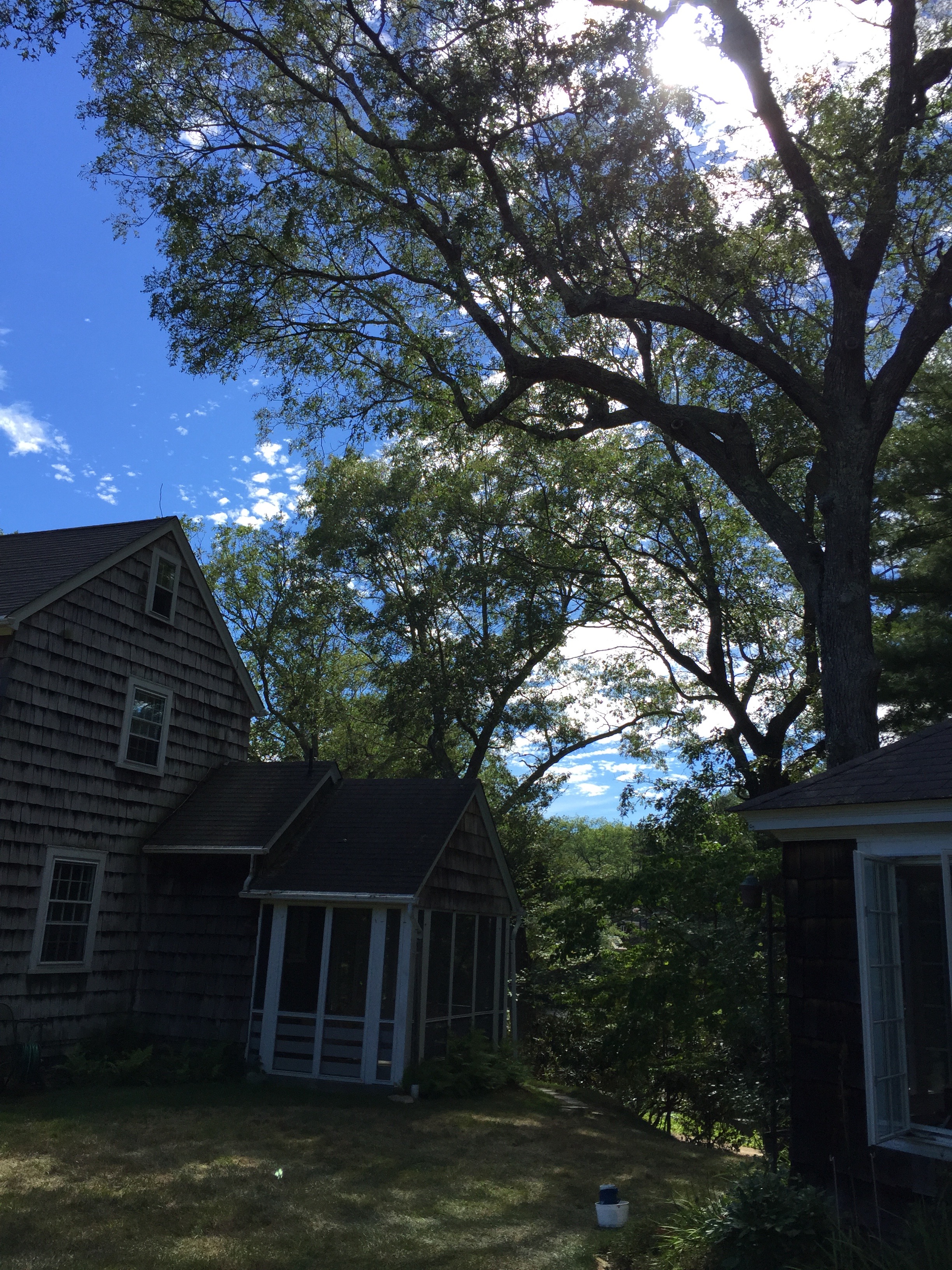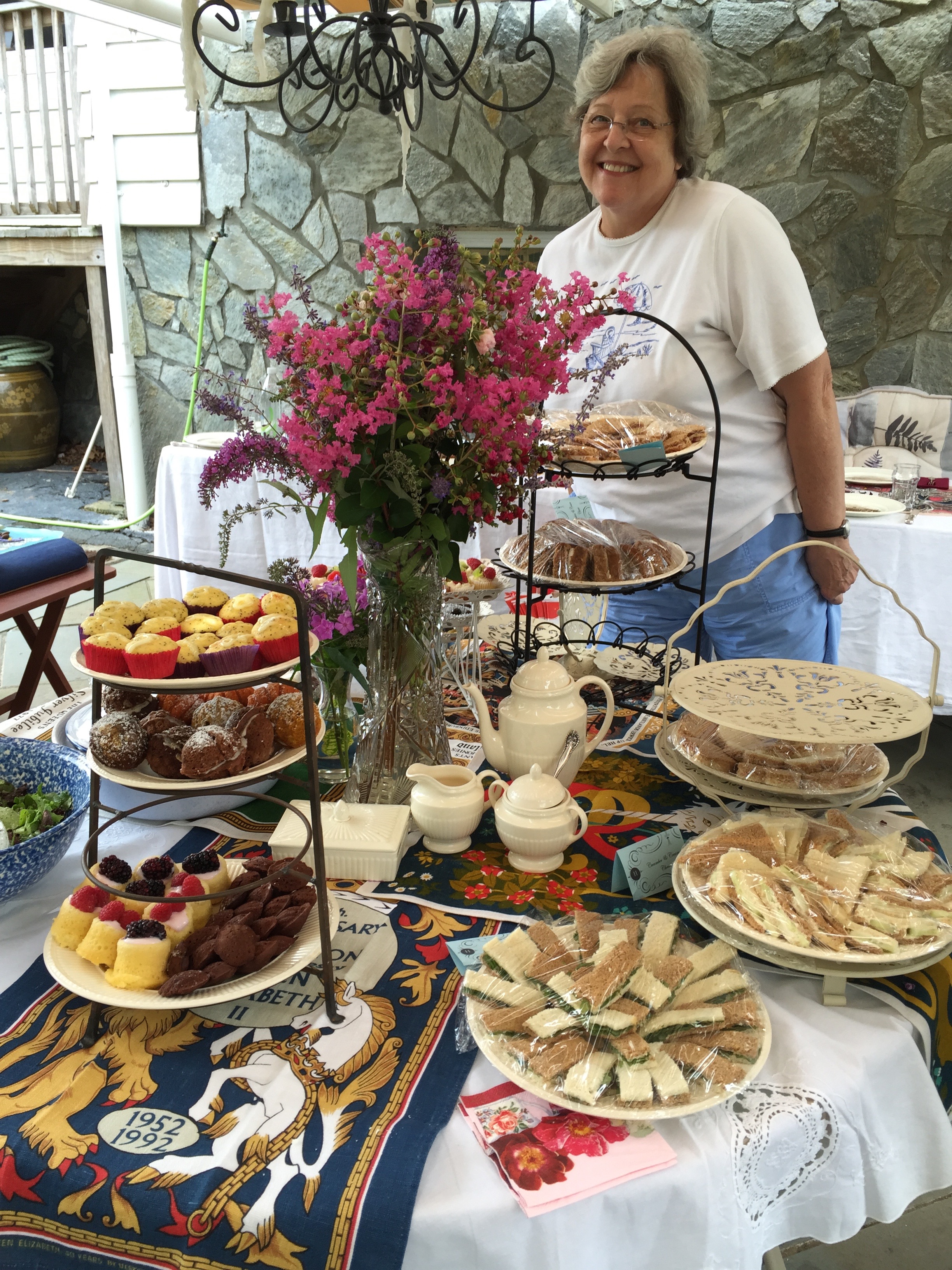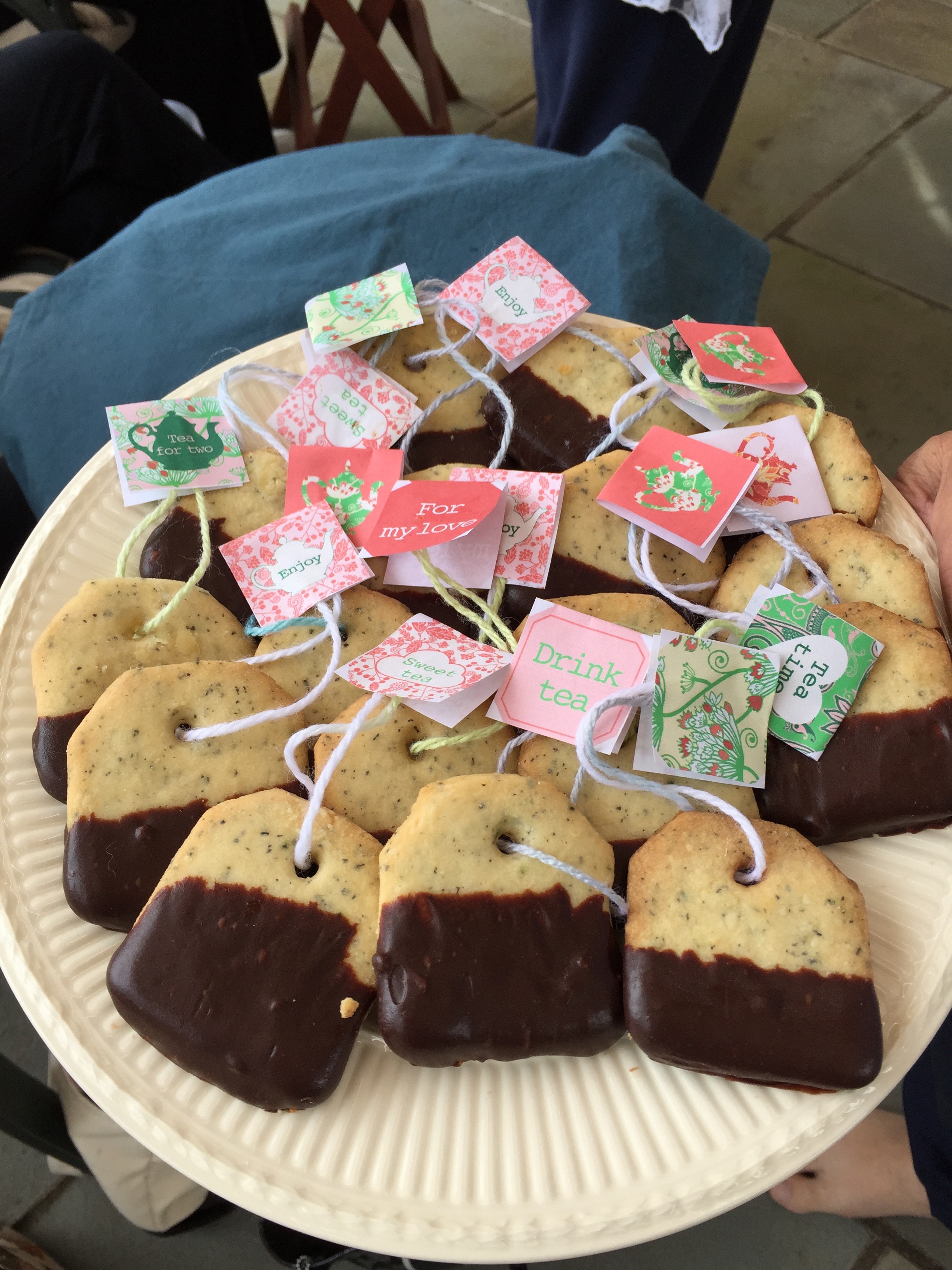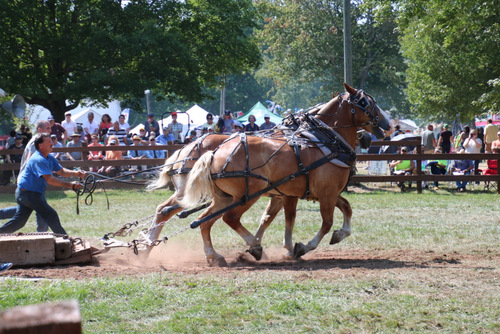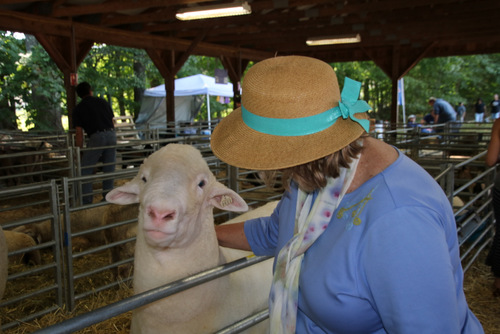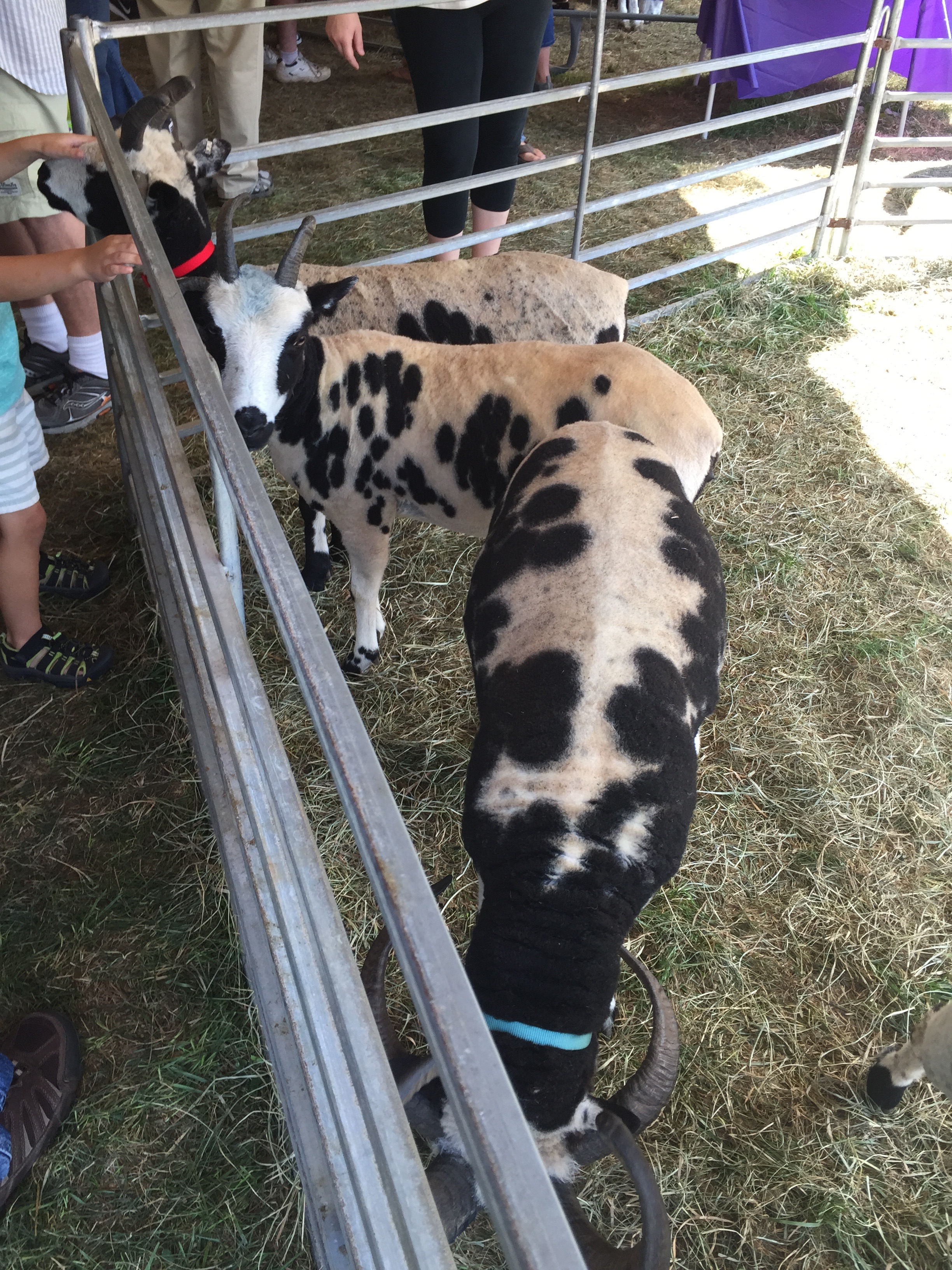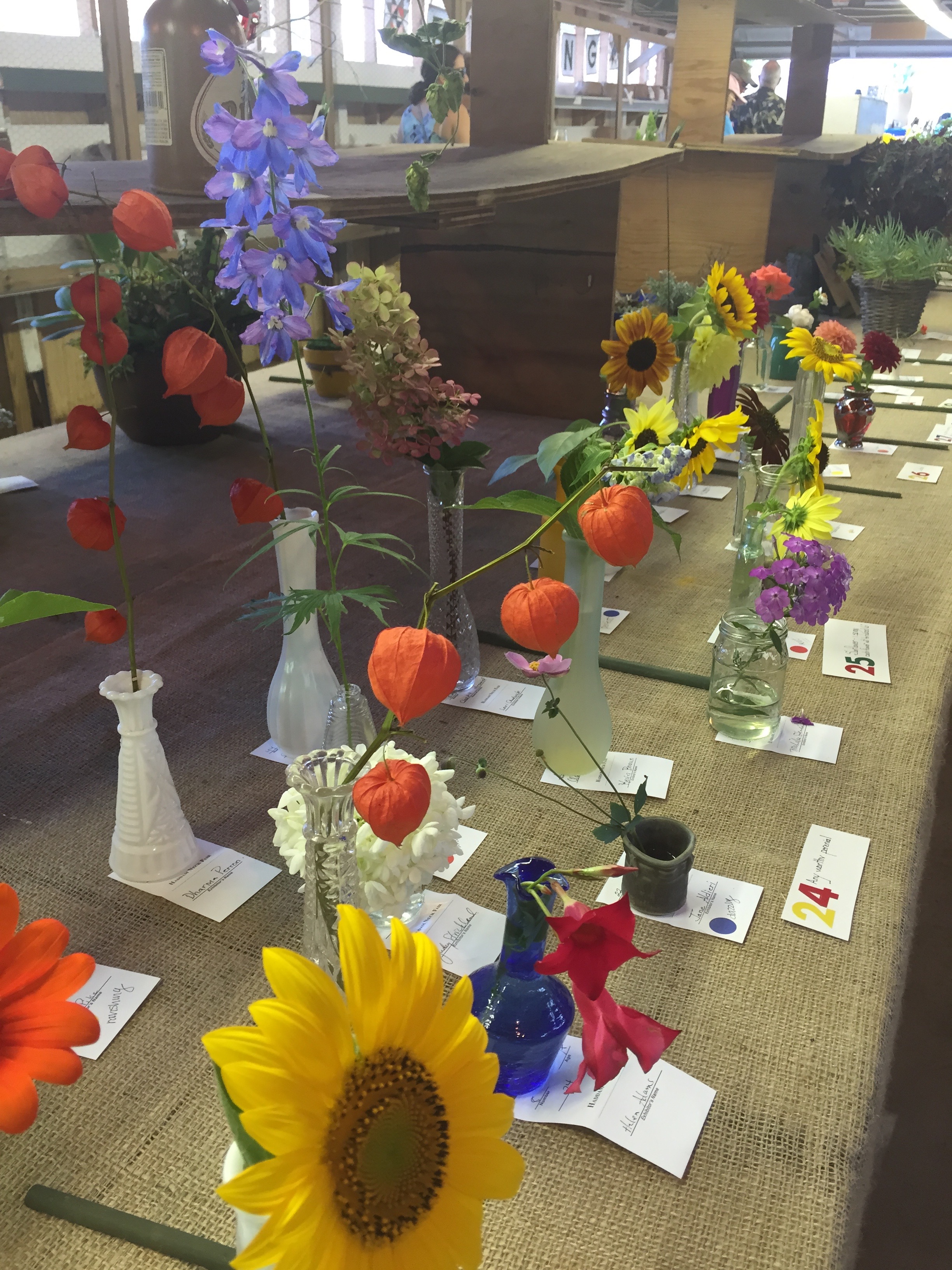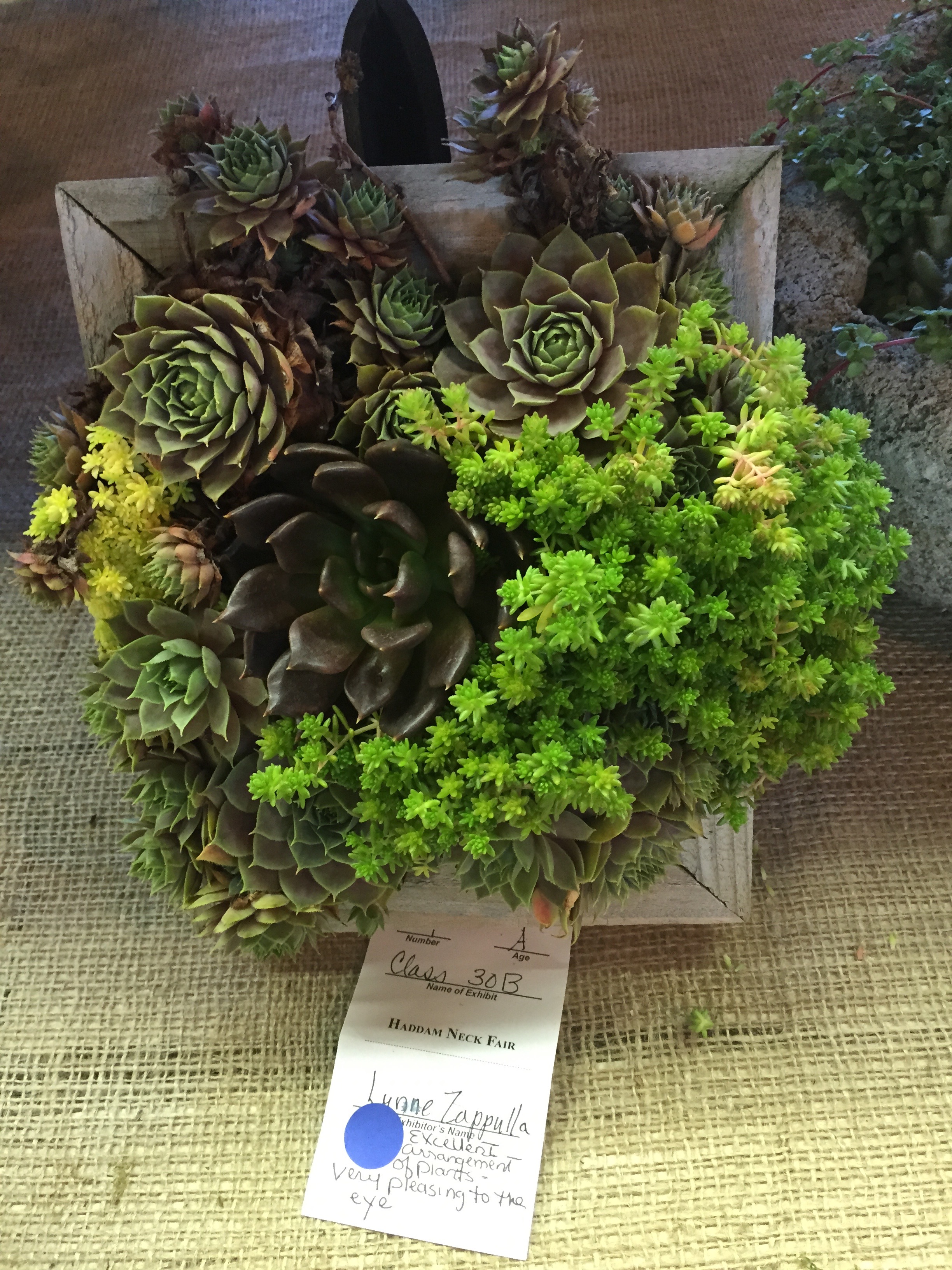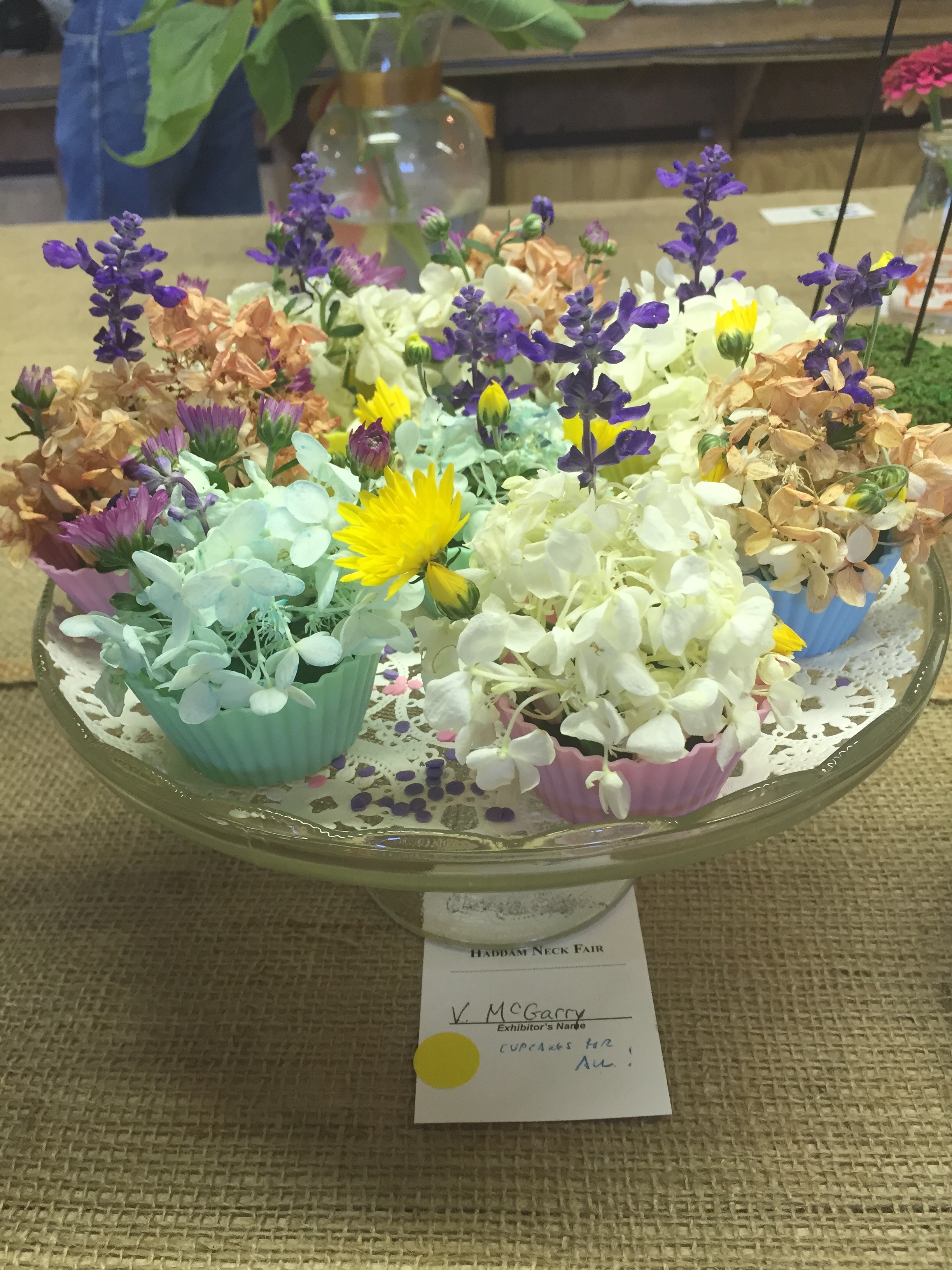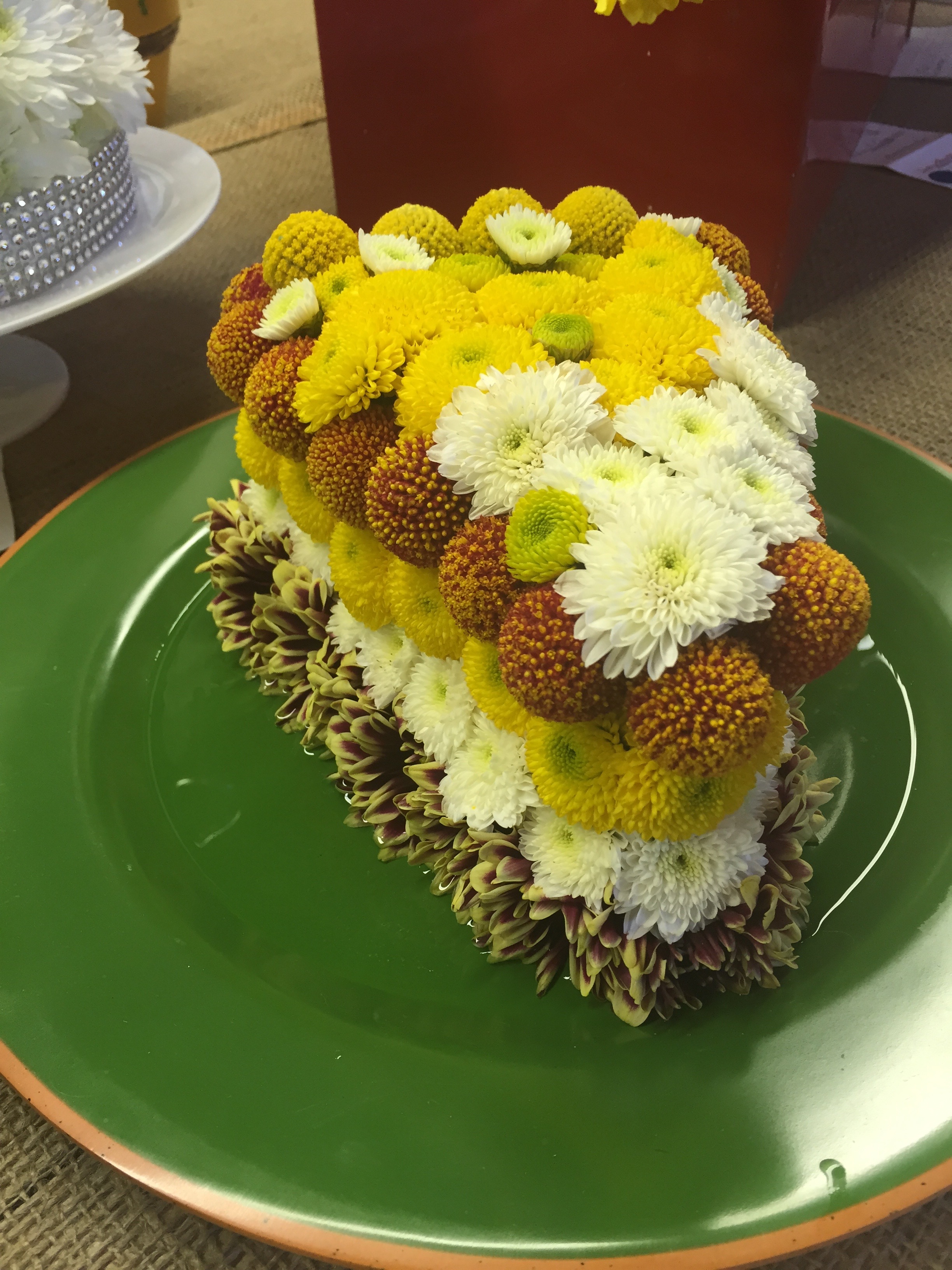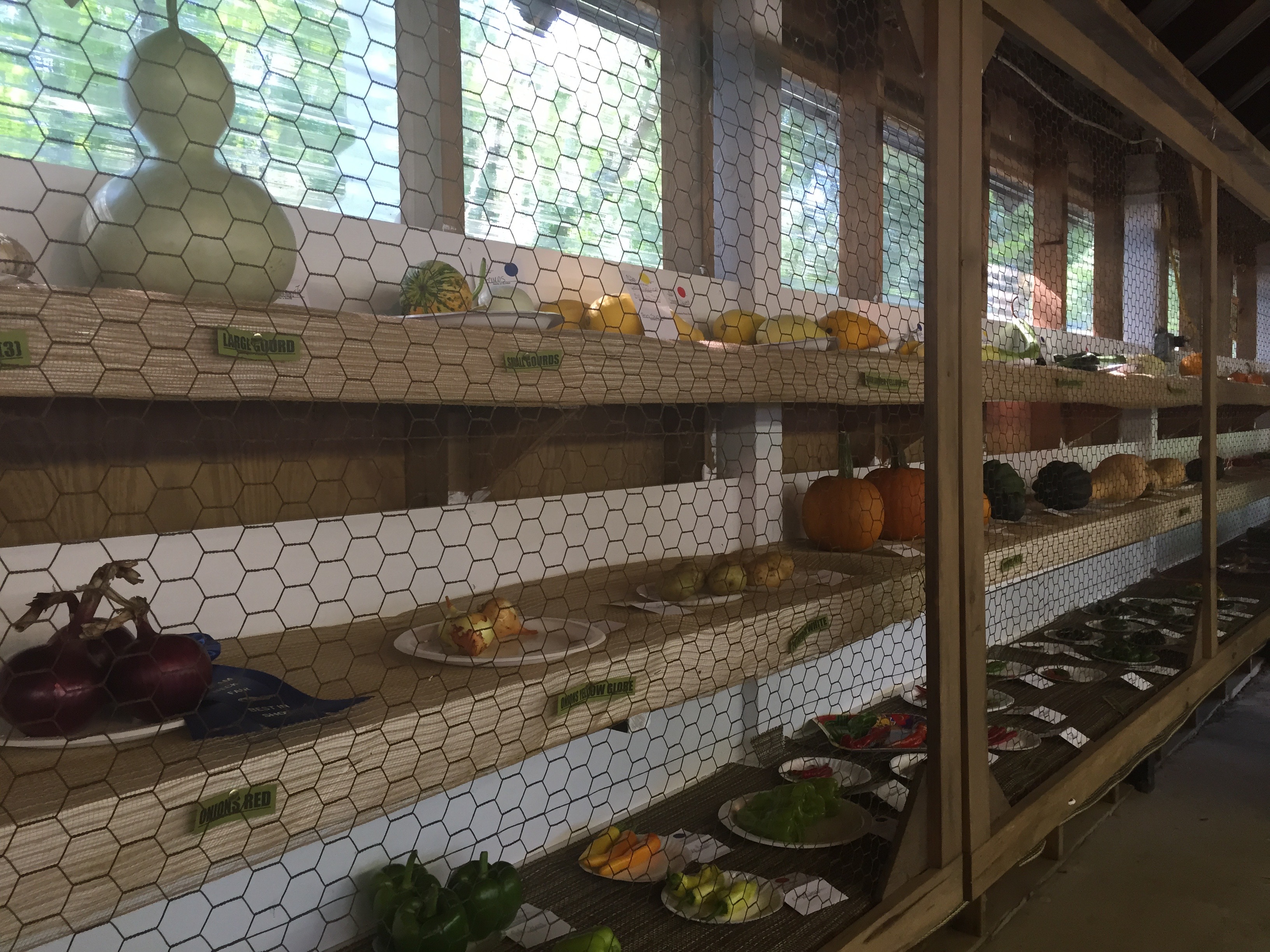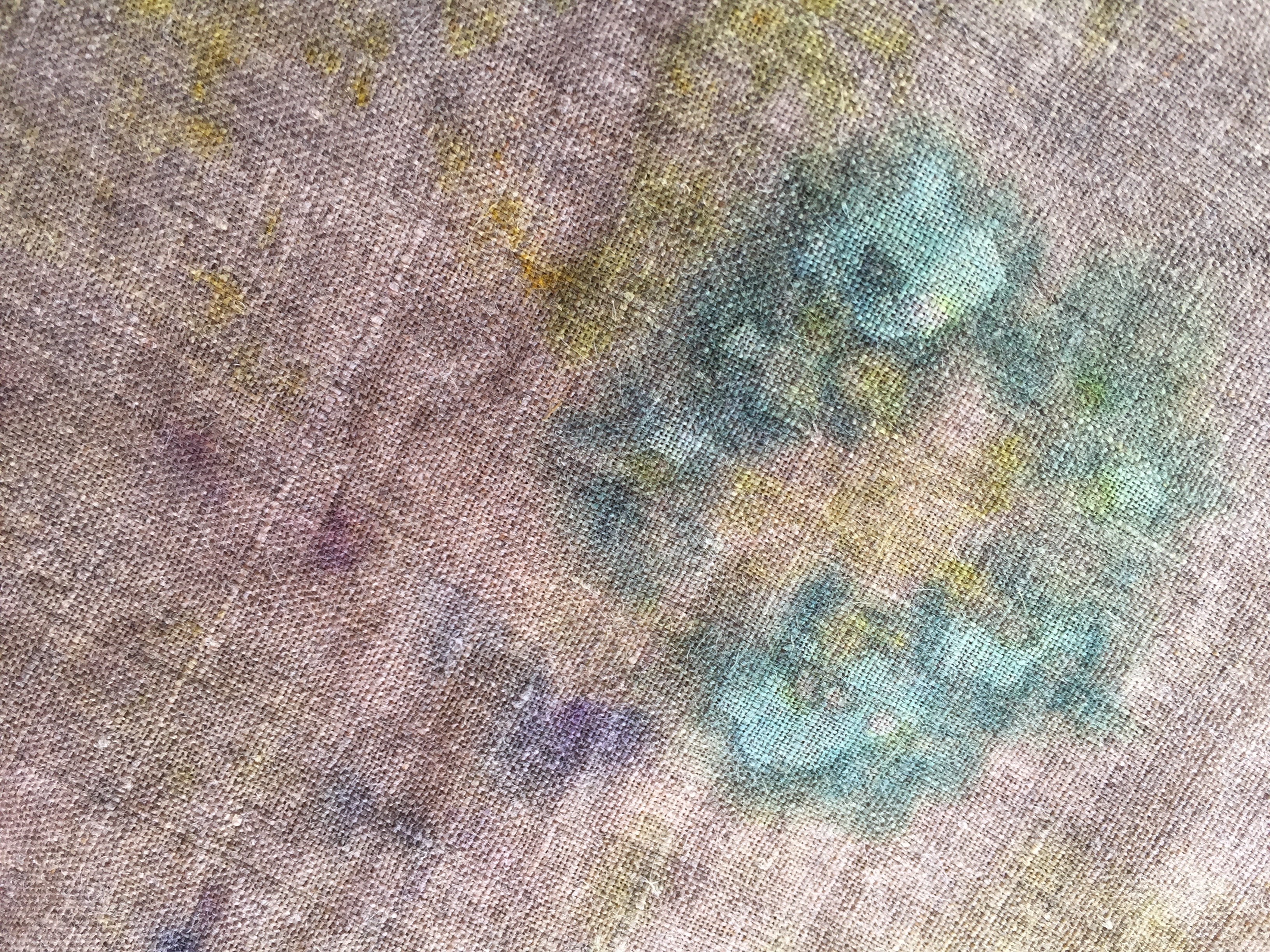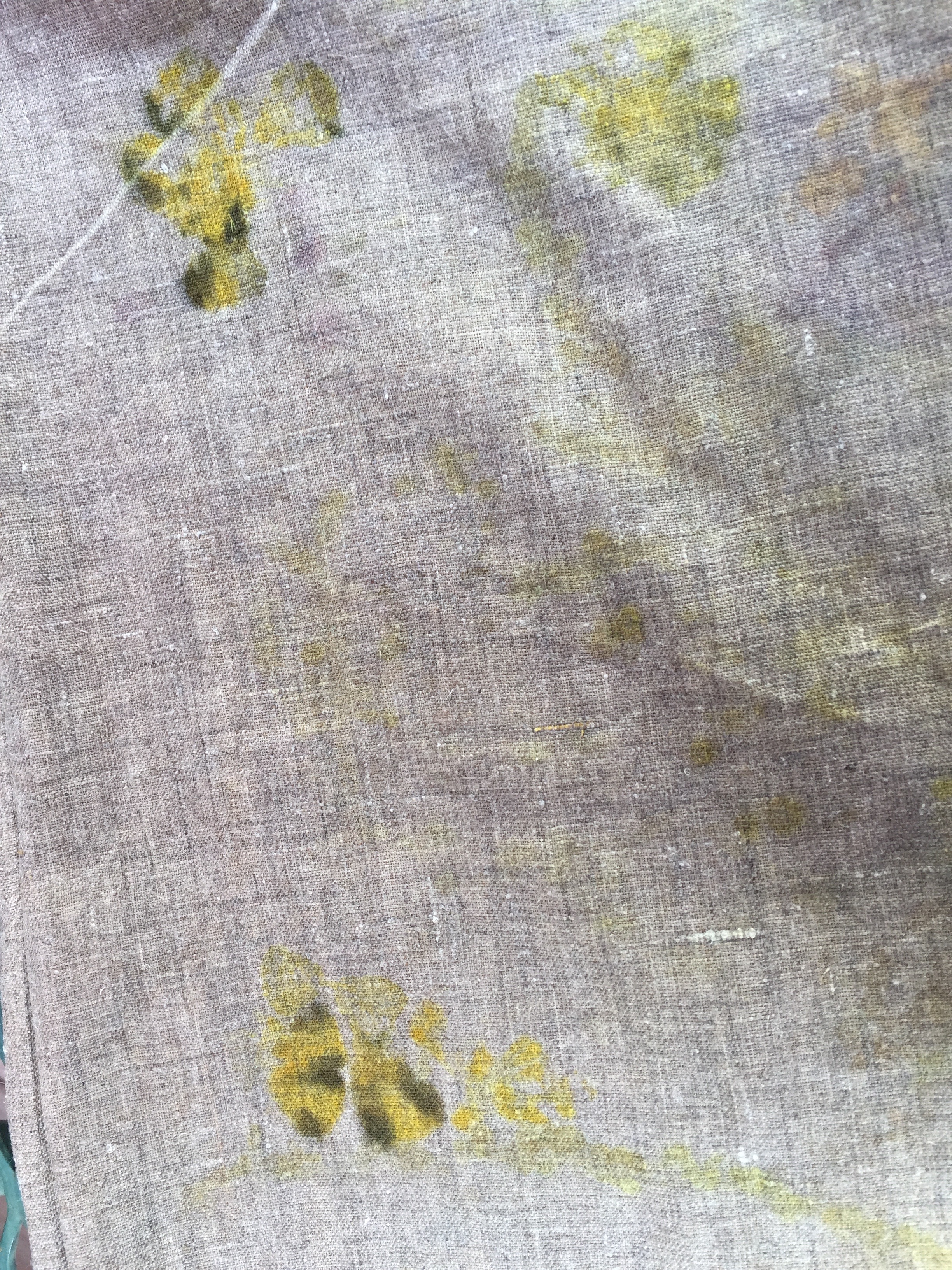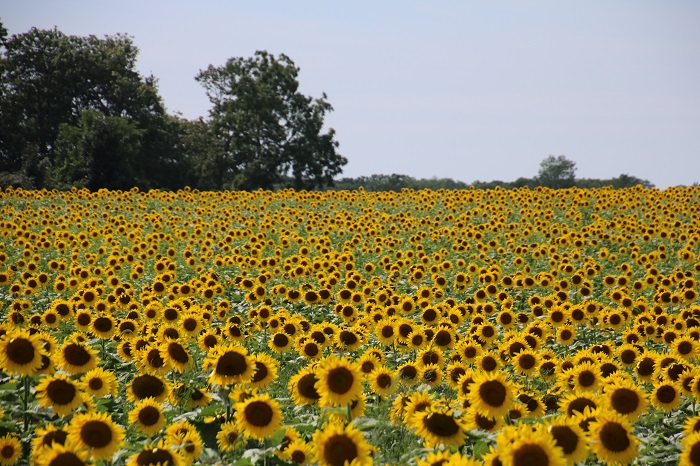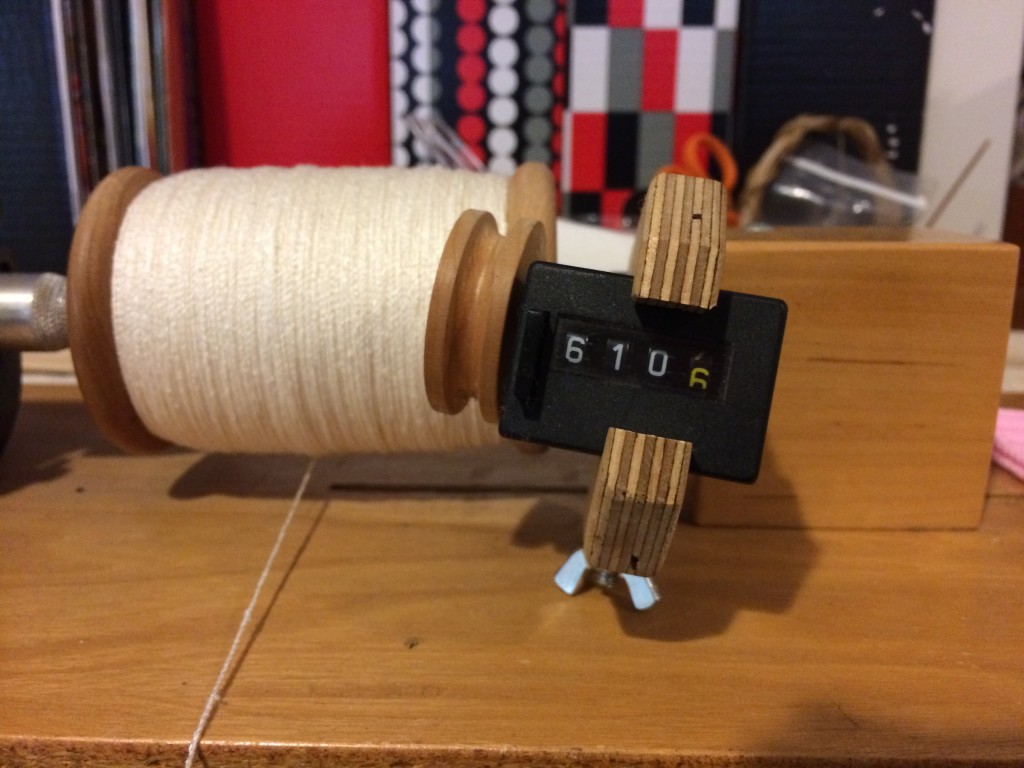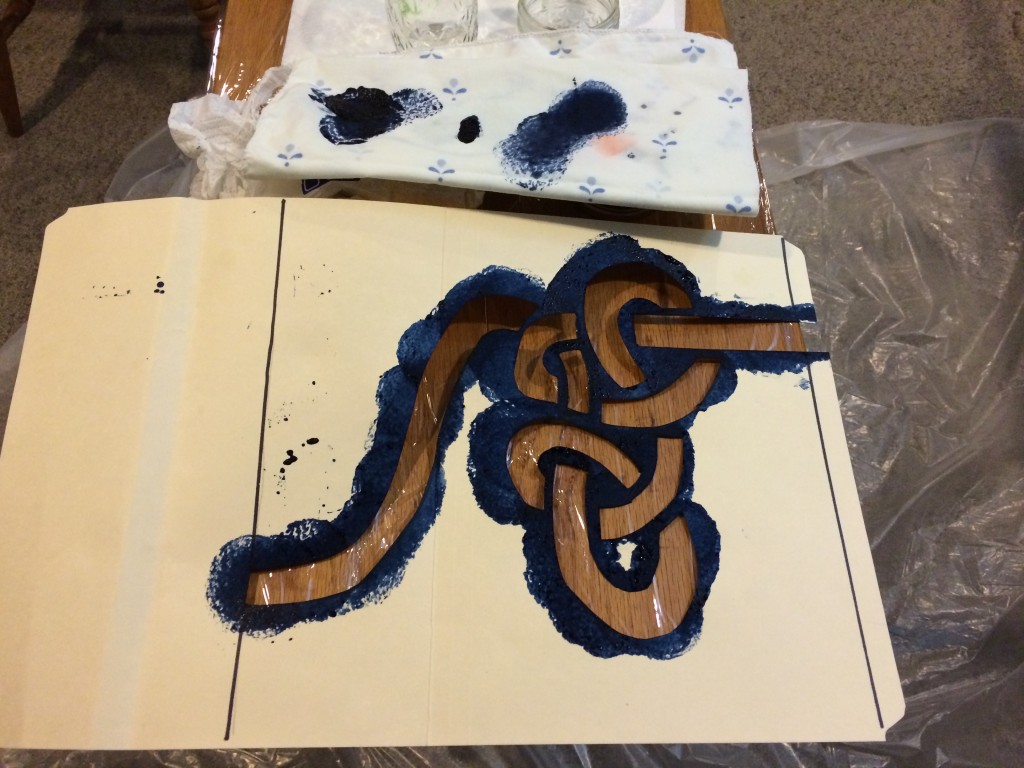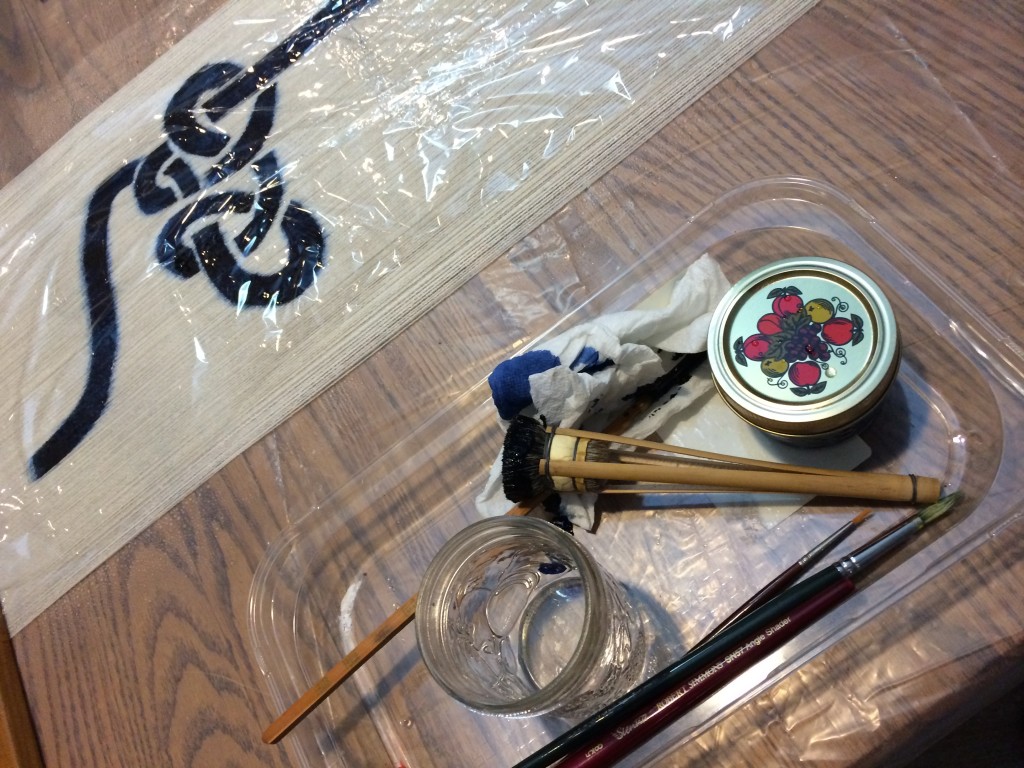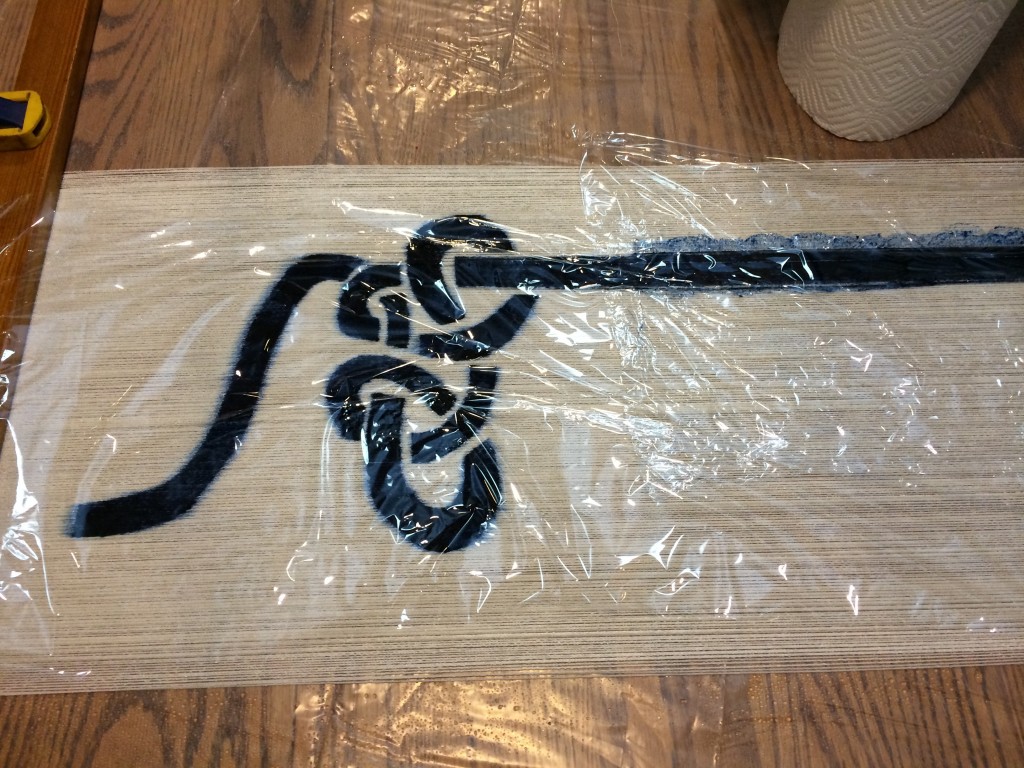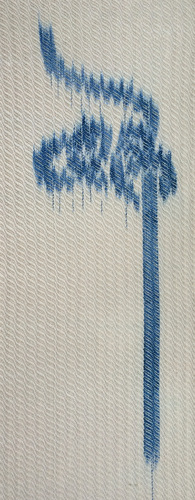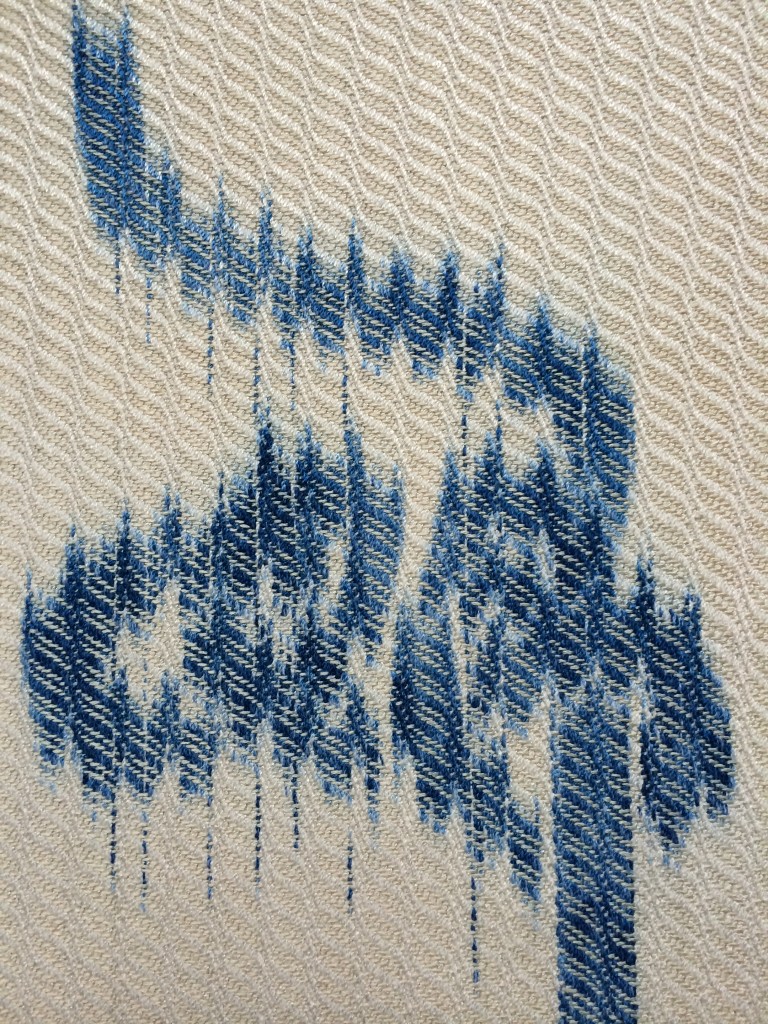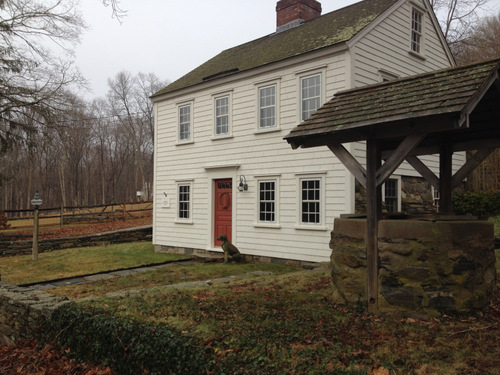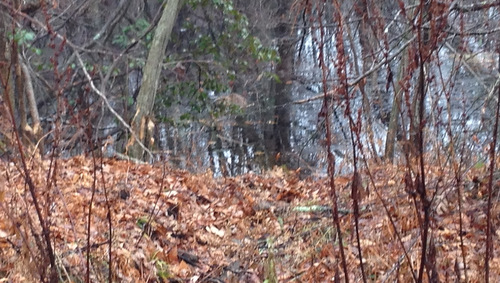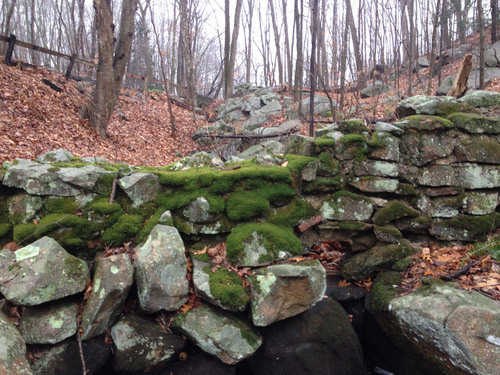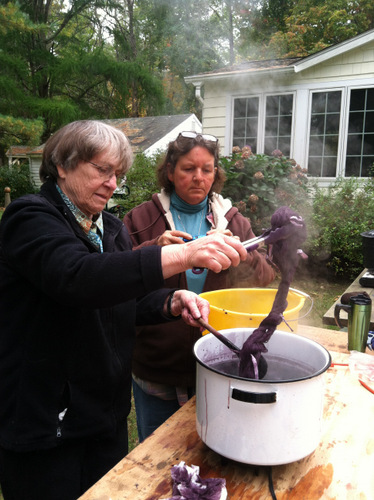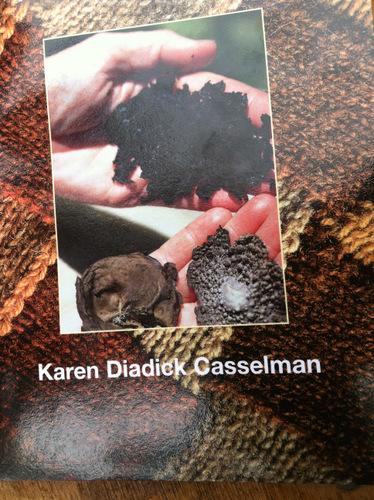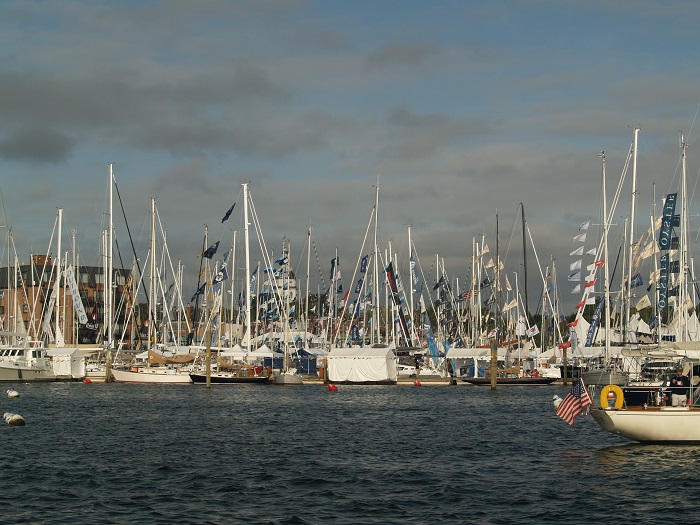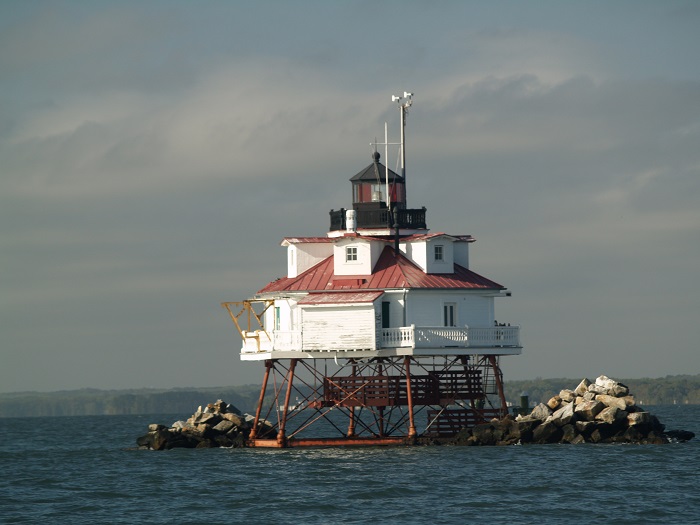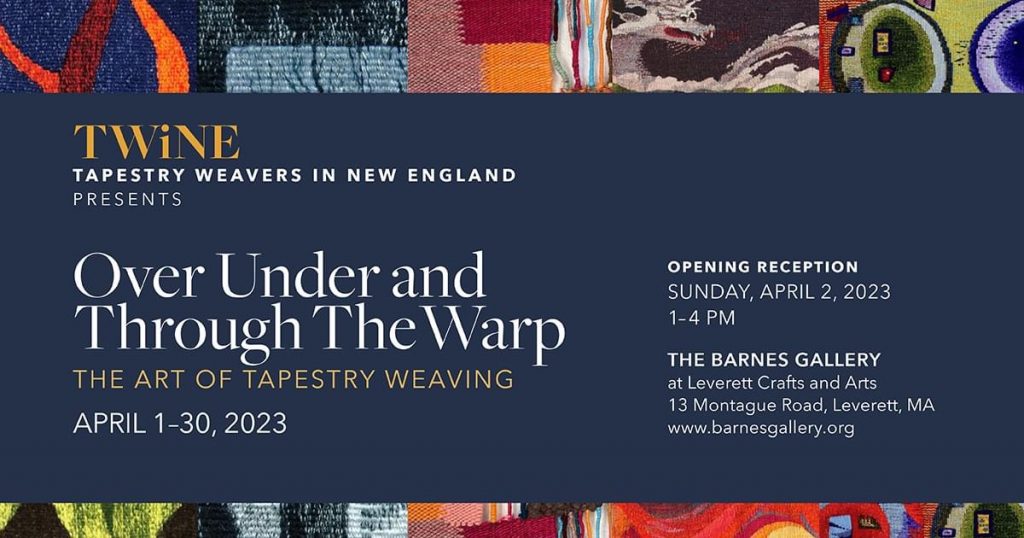It’s early Sunday morning, and I am sitting in my favorite chair unraveling the sleeve on my most recent sweater. It’s a design by Kate Davies which has serendipitously turned out with quite a different silhouette than the images on her website. My sweater is significantly bigger than I expected, and I love it this way. A very nice surprise. As I was knitting the 2nd sleeve mid-last week, I realized if I just sped up my knitting I would finish the sweater that day and be able to wear it to my holiday guild meeting the next day.
The temptation to finish was great, which is what made me ignore what I know for a fact about knitting speed, at least for myself and Meg Swanson: the faster I knit the looser I knit. So, this sleeve looks considerably looser than the first sleeve, and also looks rather flimsy and messy compared to the rest of the sweater. Haste does indeed make waste. Time to rip and re-knit. Sometimes the work of our hands is creative and sometimes it needs to be a chore, like re-knitting a sleeve. I’m trying to not think of this as drudgery since it’s a quiet, pre-dawn morning, and there is coffee brewing.
It has become a time of mending since I have just finished re-sewing the side seam of a sweater I wanted to enlarge. Last winter I planned to add a gusset to the side seams of my old “Hild” sweater by Elsbeth Lavold, but I tried it on yesterday and felt the gussets are now unnecessary. That was good news for me! Since I’d only managed to knit one partial gusset before putting it aside, I unraveled the gusset on the first side and re-sewed that seam this morning. I will wear it tomorrow to another group meeting of weavers.
Doing these chores, which barely seem tedious in the quiet pre-dawn of a winter morning, has me thinking about all the kinds of work we do with our hands. I tend to focus on creating, but sometimes I have to take a step back, undo something to either fix it or make it more useful to me. I have not worn the “Hild” sweater in at least 5 years, so I’m thrilled to have it back. I probably knit it shortly after this book was released in 2006. I’m still smitten with it!
It’s now early in the following week. I have worn both sweaters! What a trill to have a new sweater and also to wear one that I made so long ago — that hasn’t fit me for years.
In Italy, while staying at the art school La Romita in Umbria, I indulged in some new work for my hands. The workshop was 10 days of tapestry weaving and natural dyeing, as you may have seen in an earlier post. I have barely done any natural dyeing, and this workshop has piqued my interest in doing more. When you see the photos of the colors we produced, you may go down this rabbit hole with me!
Two of the students took charge of this part of the workshop. They are Yonat Michaelov and Kris Nardello, both from California. Their expertise was just what we needed to get over 50 colors in only 10 days, with very limited equipment for dyeing. There was only one umbrella swift, and we had 10 lbs of local merino to wind into skeins suitable for dyeing. Chairs to the rescue.
While the skeins were scoured and mordanted in alum, I dabbled with making watercolor paints from the ingredients that our leader, Shelley Sokolofsky brought for us to try. Jody Brewer took this photo.
I now have an exciting set of colors to try, in spite of knowing nothing about water color. Another rabbit hole for me.
Here are the first dye colors from only about 3 days of work. Yonat and Kris were amazing in their organizational skills, having only two pots on two burners, with a few buckets to save some colors for overdyeing. I can’t believe what they accomplished. I was so lucky to be their assistant.

And here, Yonat explains the process and dye for each color we got so far, which was mostly the traditional dyes used throughout history, which Shelley brought from the US from Botanical Colors.

The workshop description stated that we would also use local plants from Umbria for dyes. That required some of us to get up early and go foraging. It wasn’t added to our itinerary, so Yonat and Kris foraged almost every morning to bring us more plant material to try. They found olive leaves and branches, a variety of bright orange mushroom called omphalotus, abundant local flowers called Dittrichia viscosa, over ripe pomegranates, fig leaves, prunus leaves, and oak galls. We had a treasure trove of material to try.
Jody Brewer took the next few photos of the local plant colors we dyed.
The entire range of colors we got from the local plants.
Colors from Olive leaves and branches
Oak galls.
The lovely and abundant flowers of Dittrichia viscosa.
Lastly, here is Yonat holding the color card displaying all of hers and Kris’ hard work!
Once home I find myself wanting to dye more than do the work needed for the holidays! I have a small olive tree that we prune every fall in order to keep it small enough to put inside during the winter months. I don’t cut too much so there was only 58 grams of leaves and branches. With that small amount I only tried 25 grams of the Italian merino in the dye bath.
My color falls right in the range that we got from olives in Umbria, but I wish I’d gotten a more saturated hue. I’ve saved the dye solution because it’s definitely not exhausted. For this batch I simmered the yarn for 1 1/2 hrs and then let the yarn sit in the bath overnight. I repeated this process for three days. Now the leaves are probably decomposing a bit in the bath that is sitting in my chilly garage. I want to try at least one more day of simmering and cooling to see if I can darken the color. Jody and I plan to spend a couple of days working with a sucrose indigo vat which we will make together and some madder powder. I got both those from Botanical Colors. I hope the work of hands produces some exciting results.




















